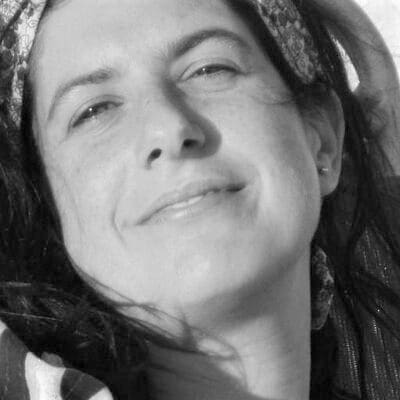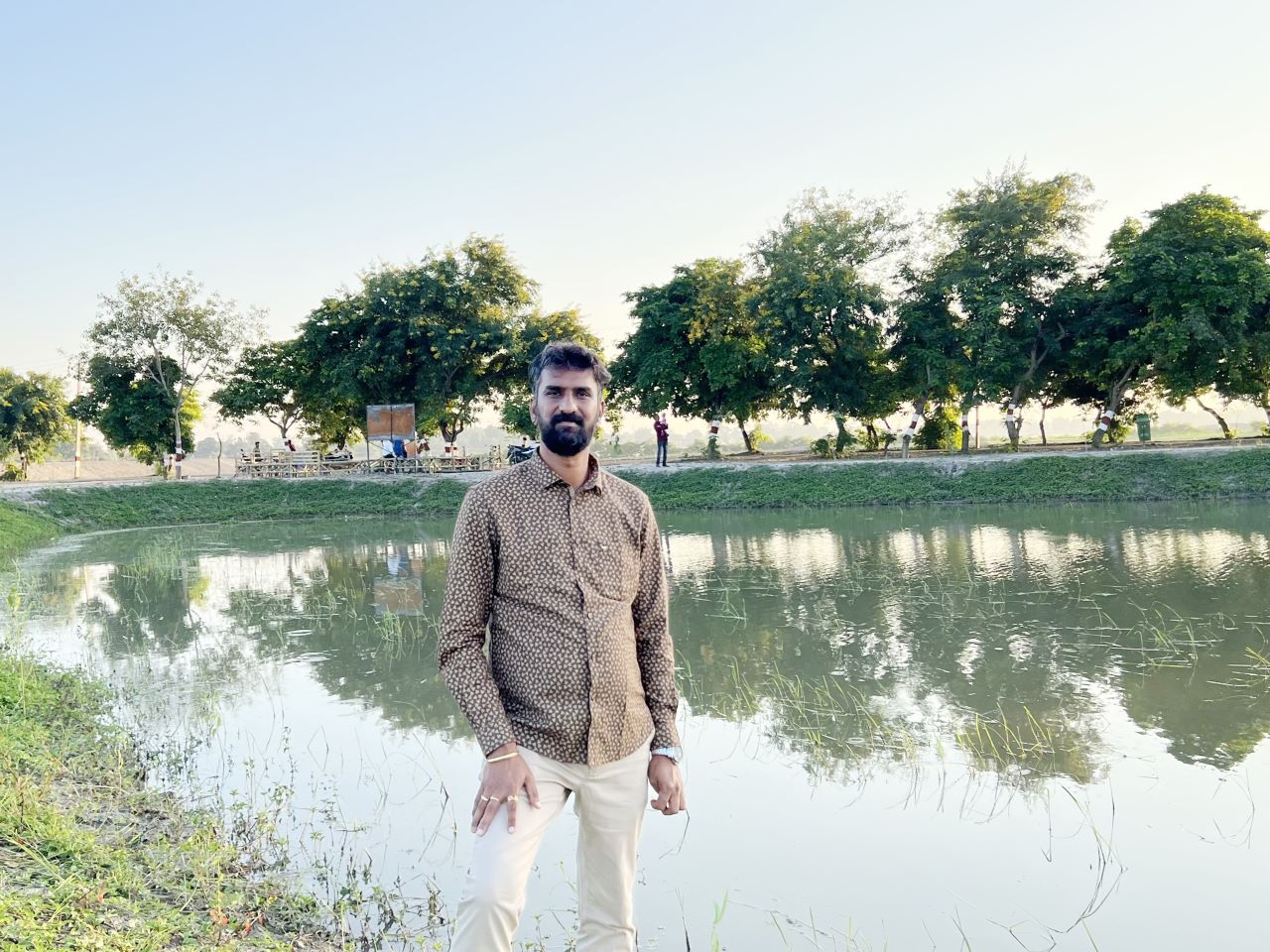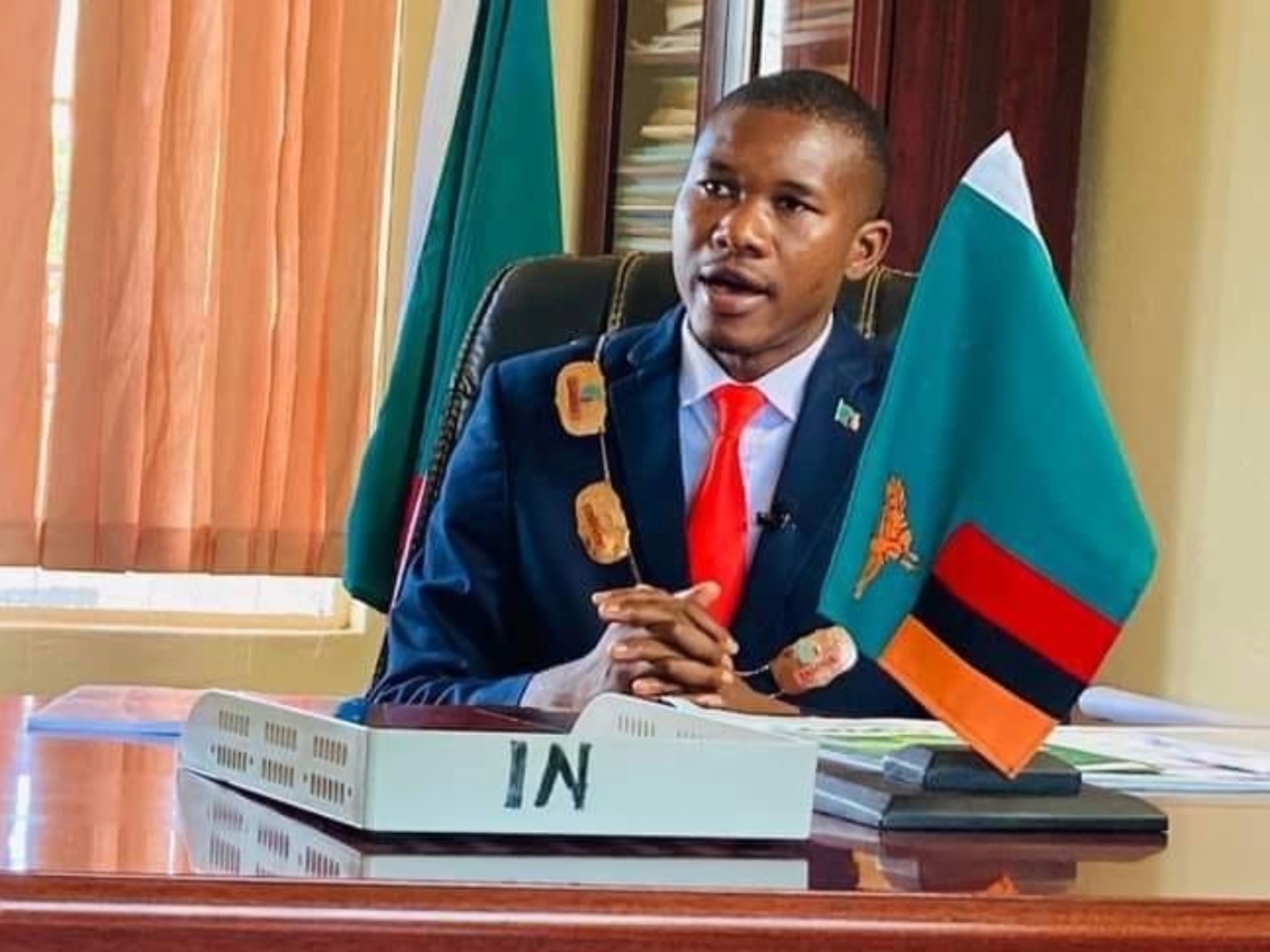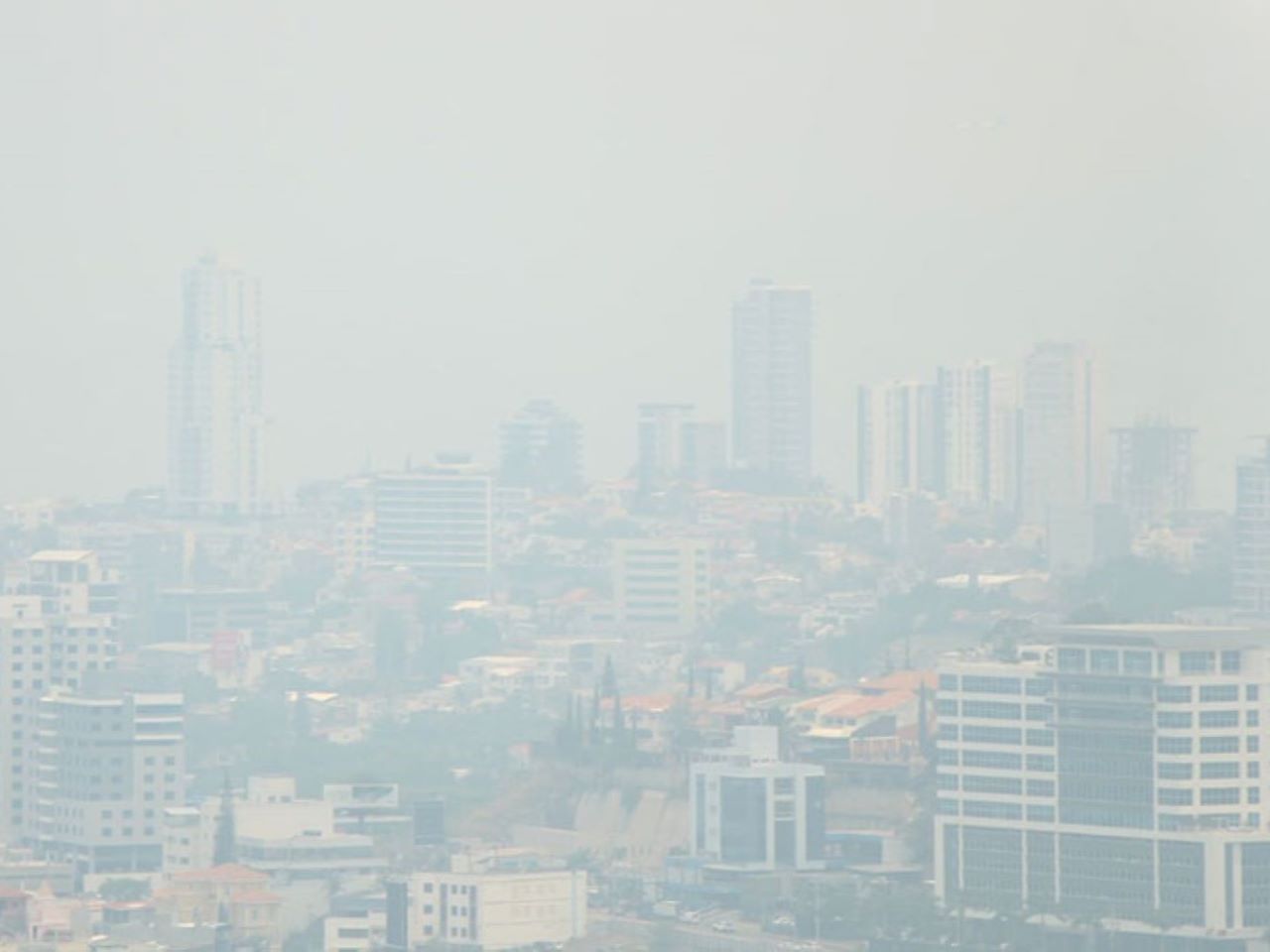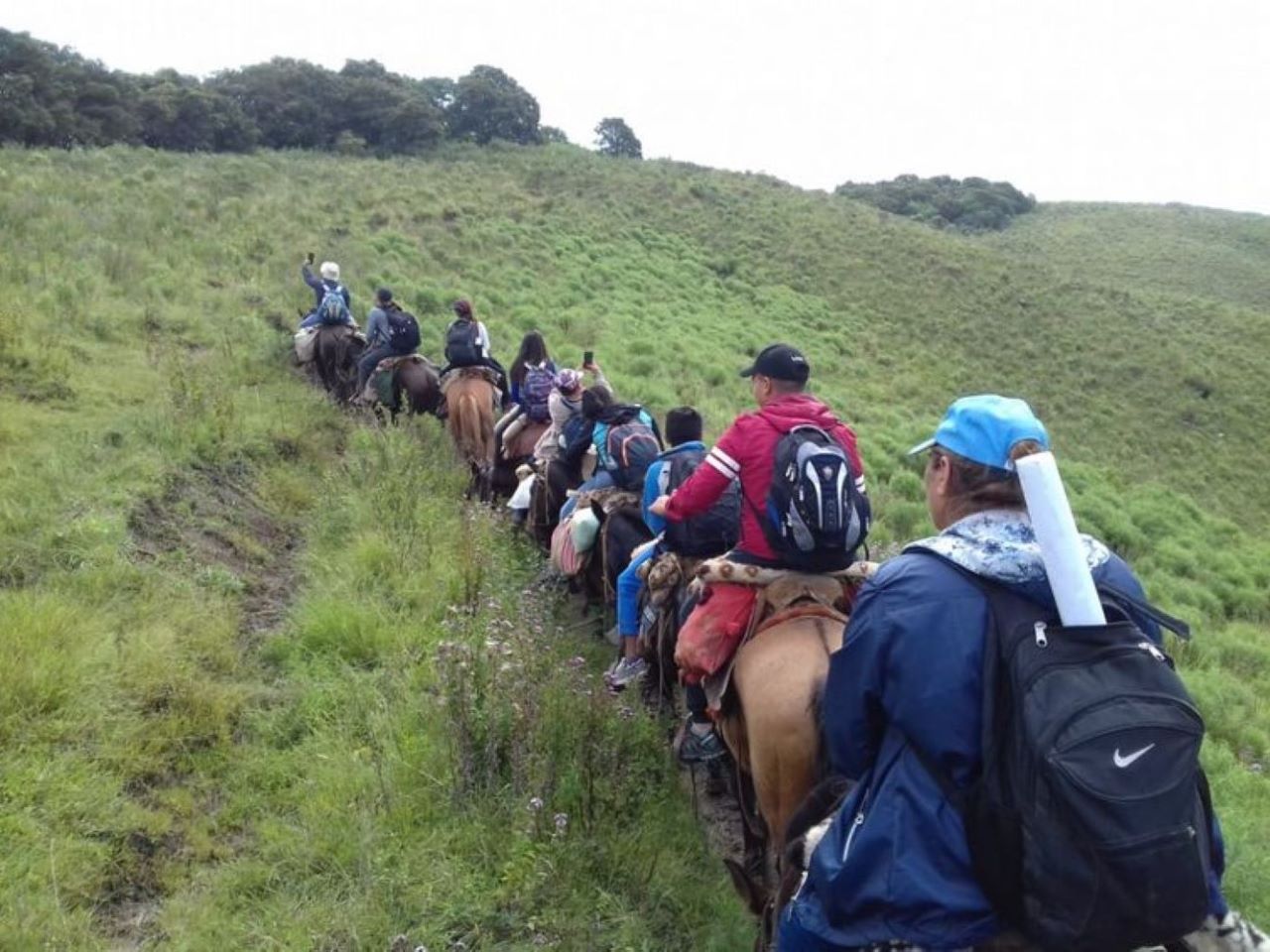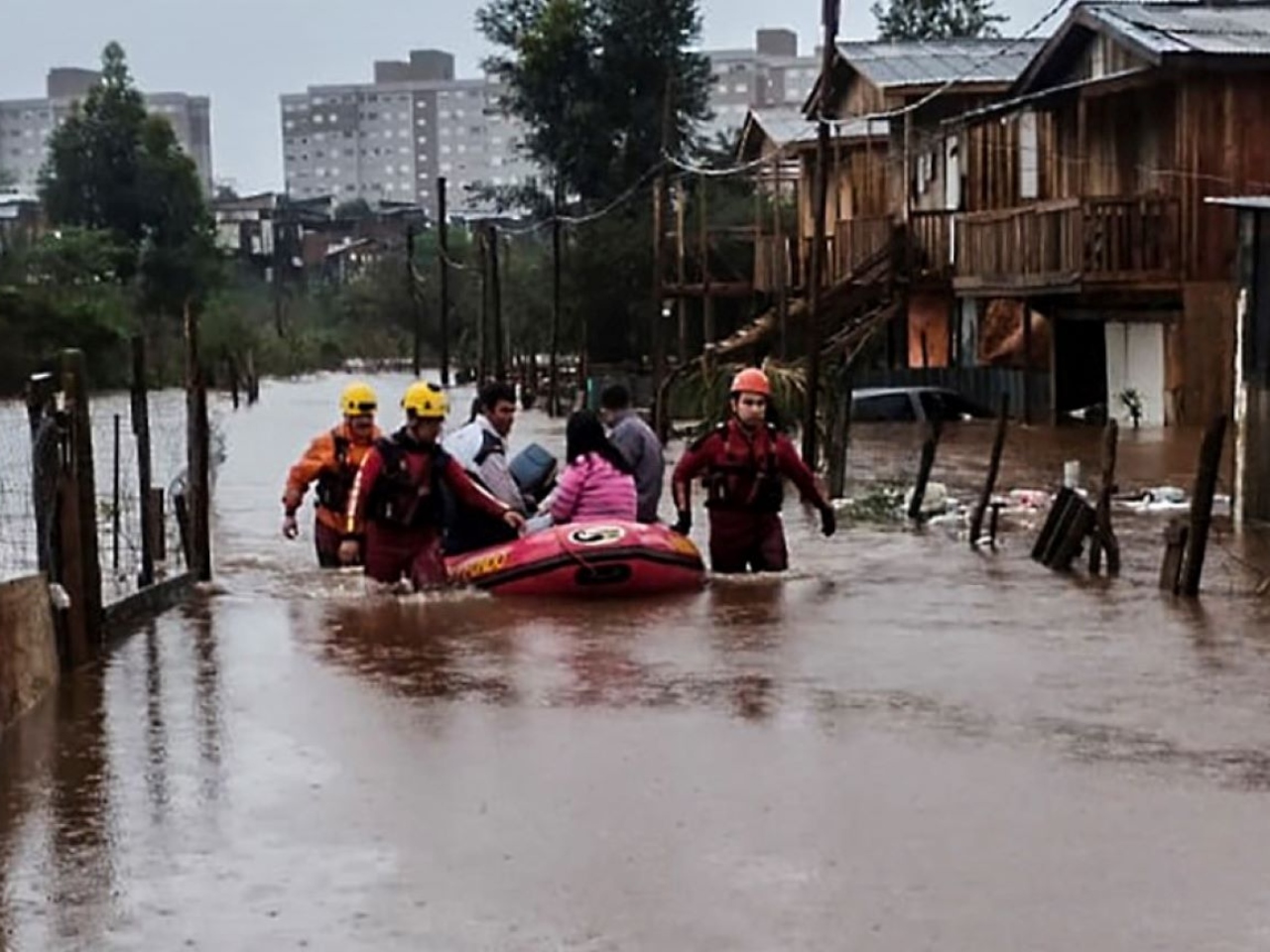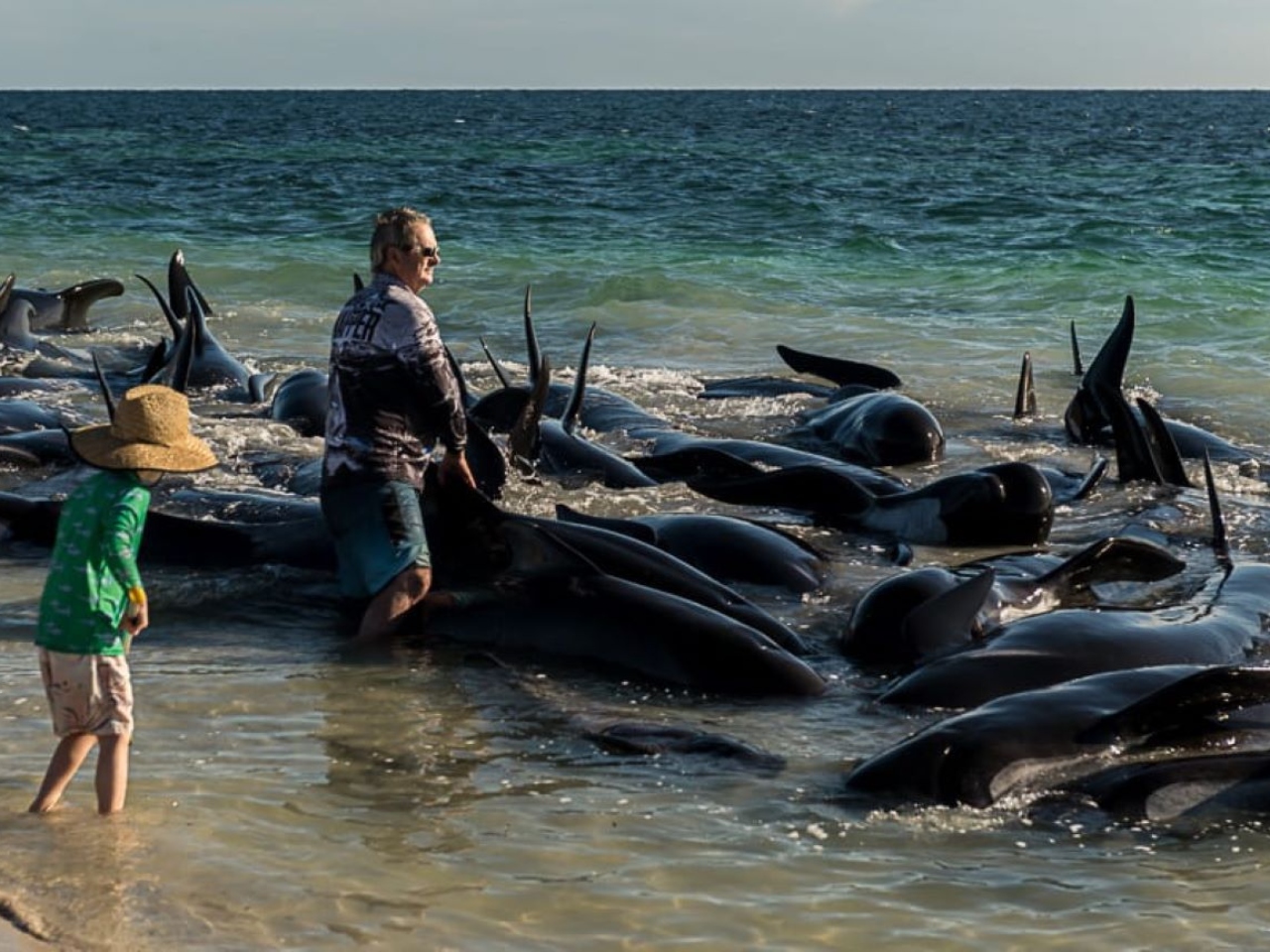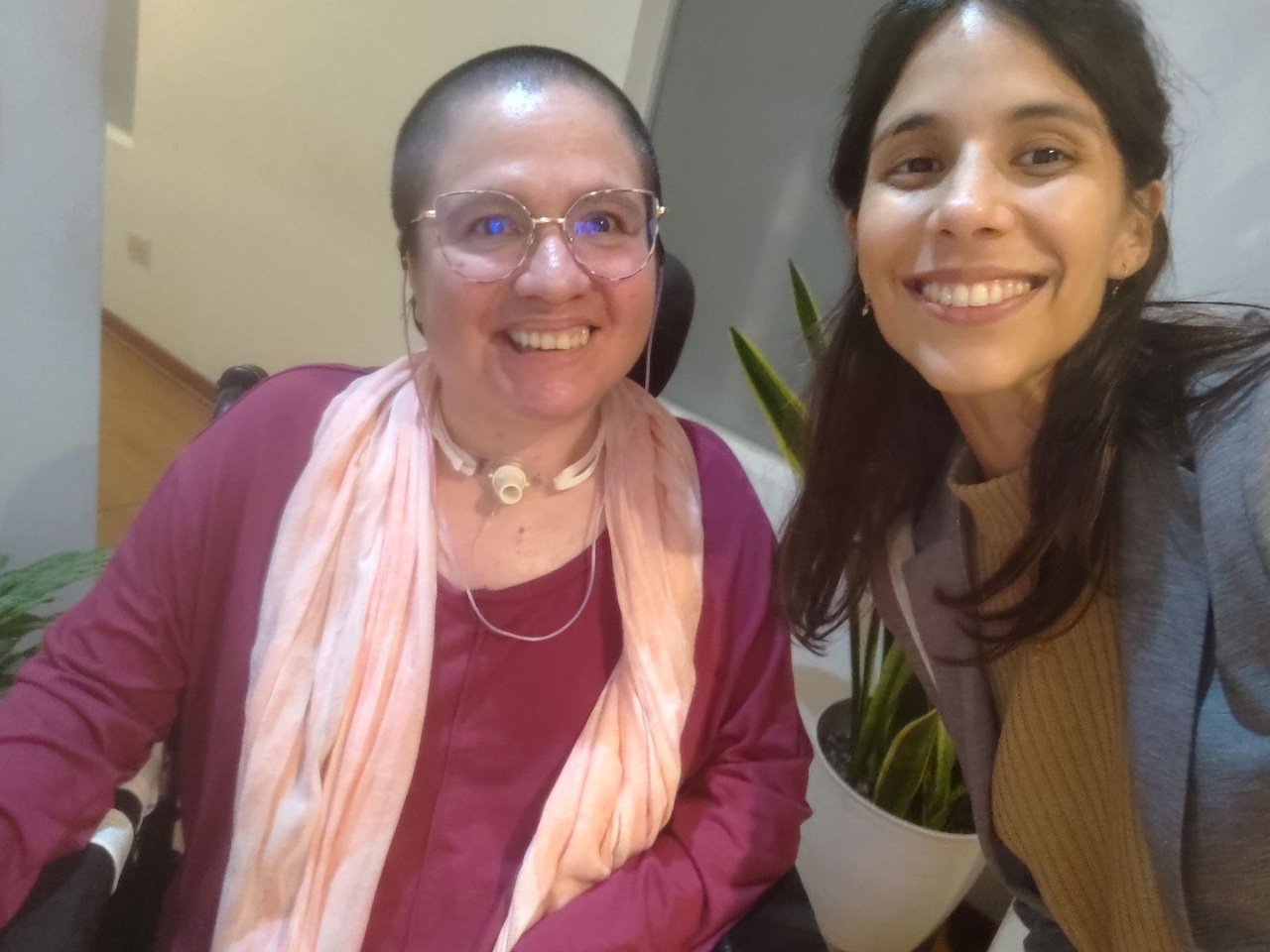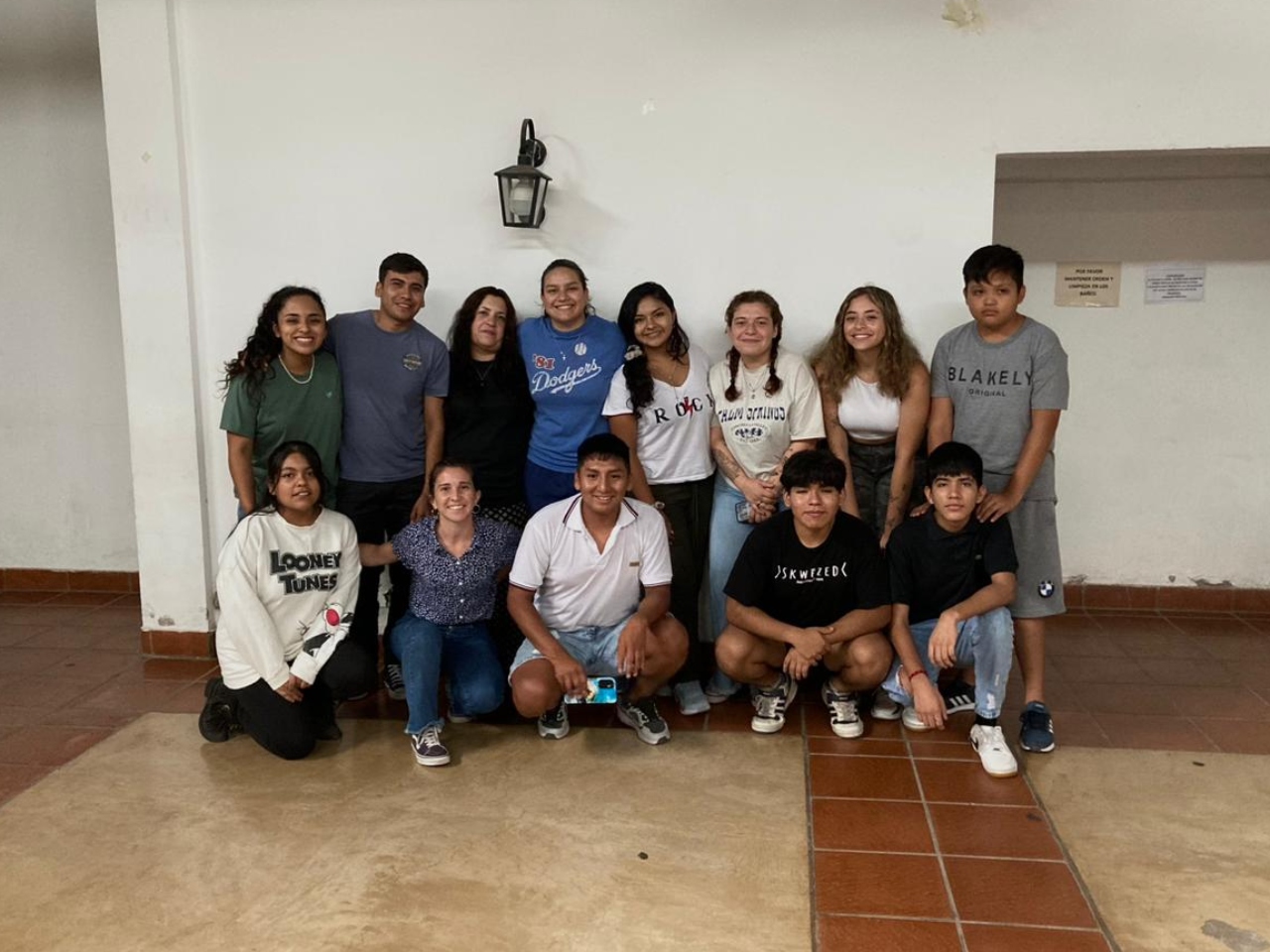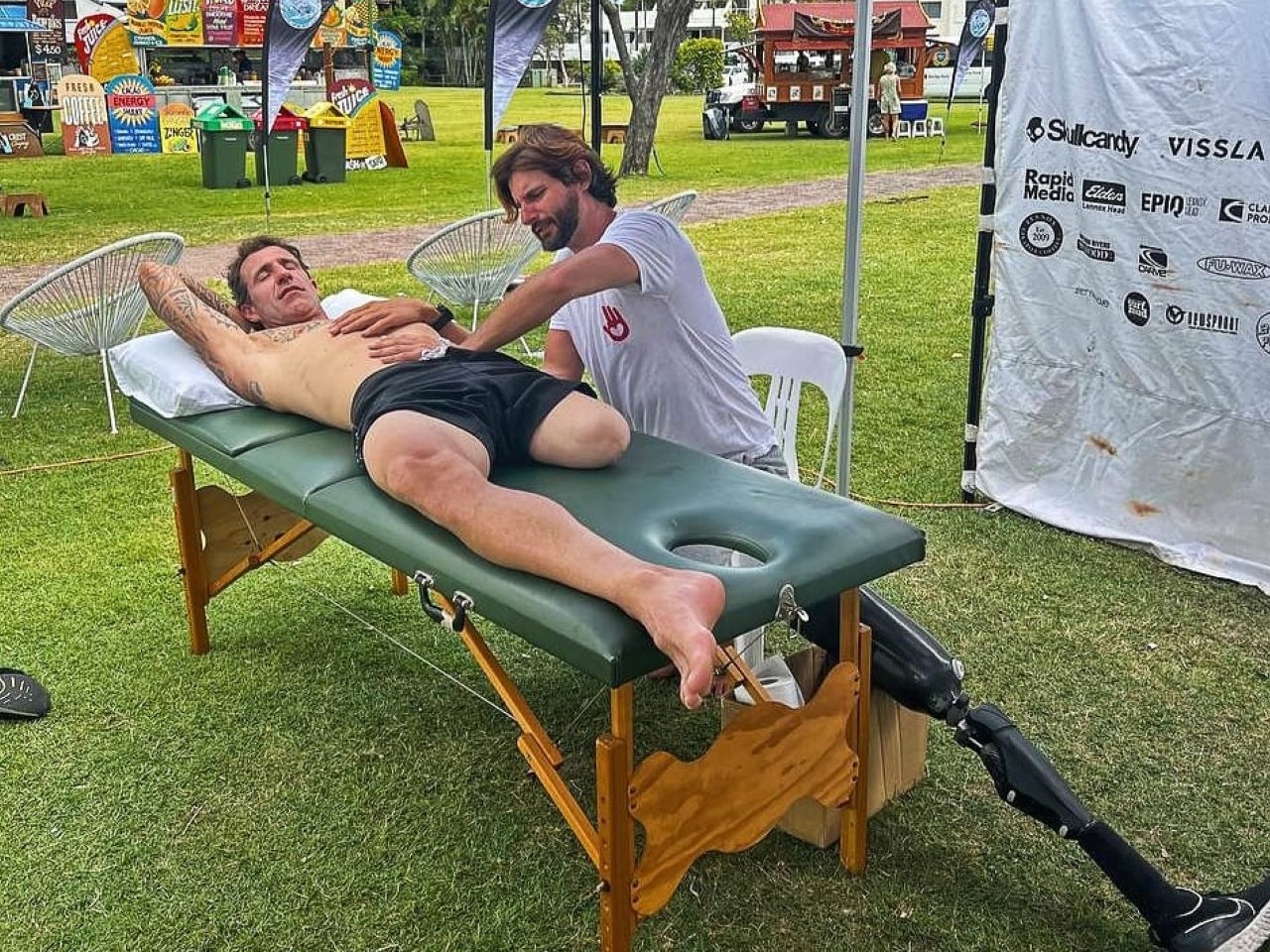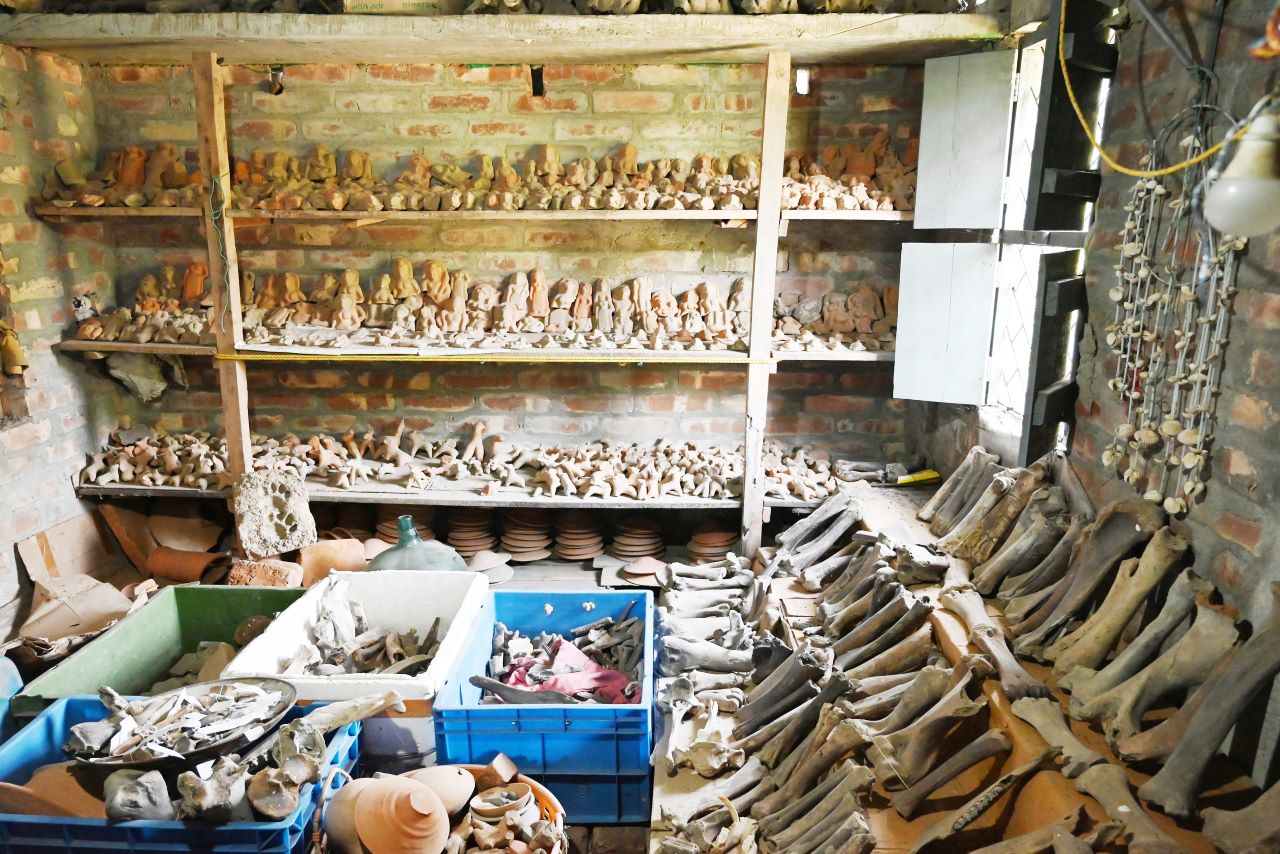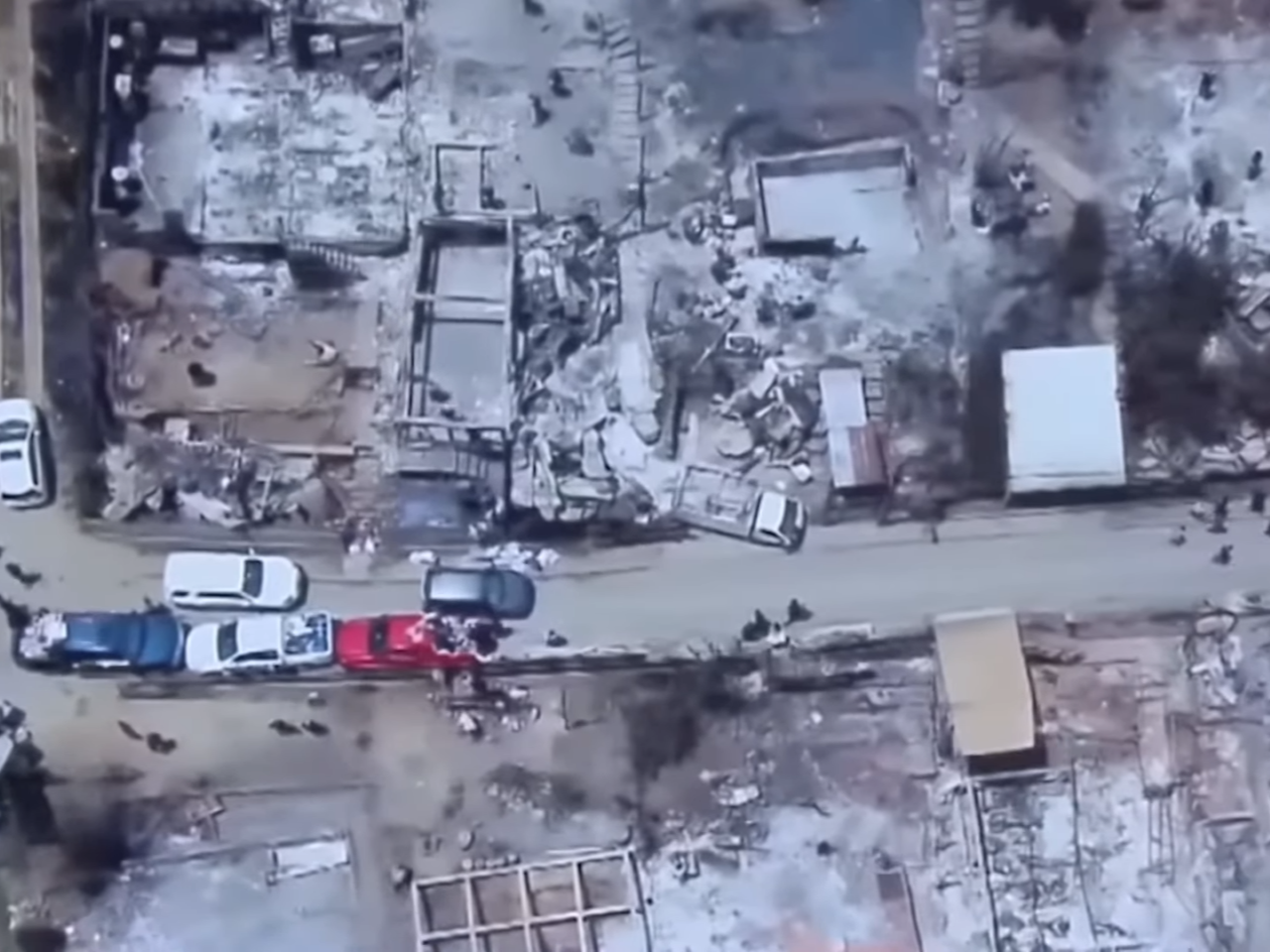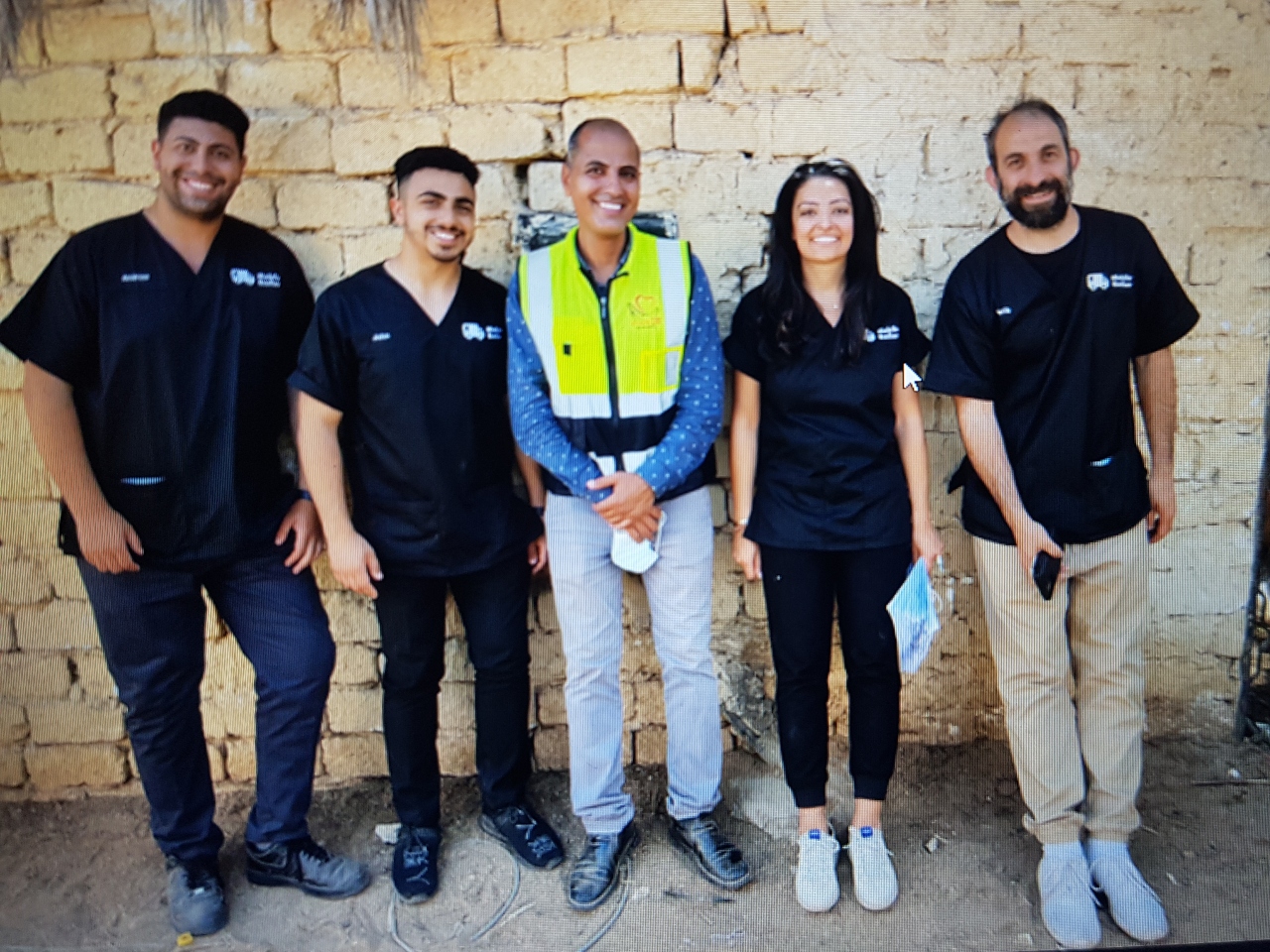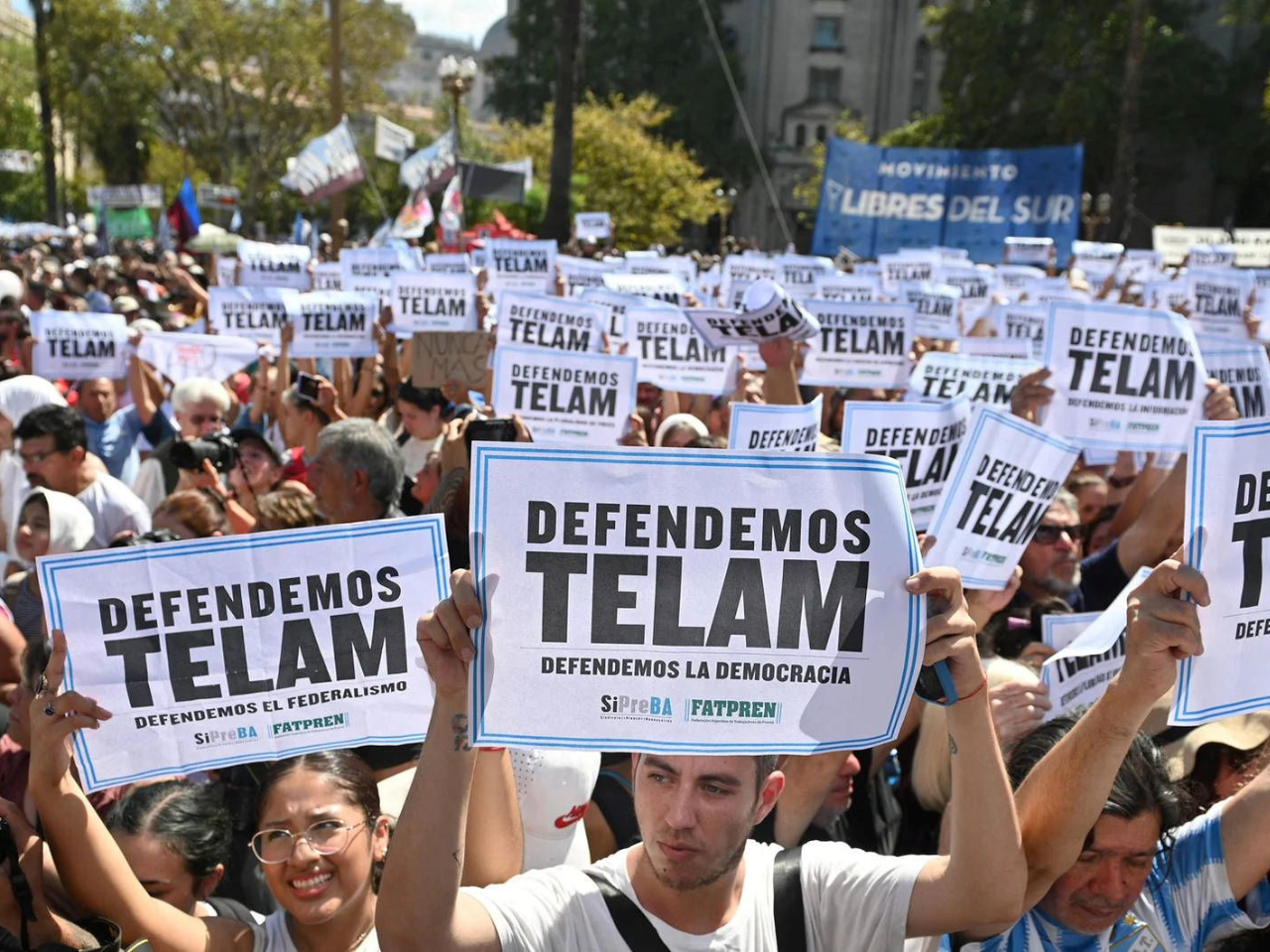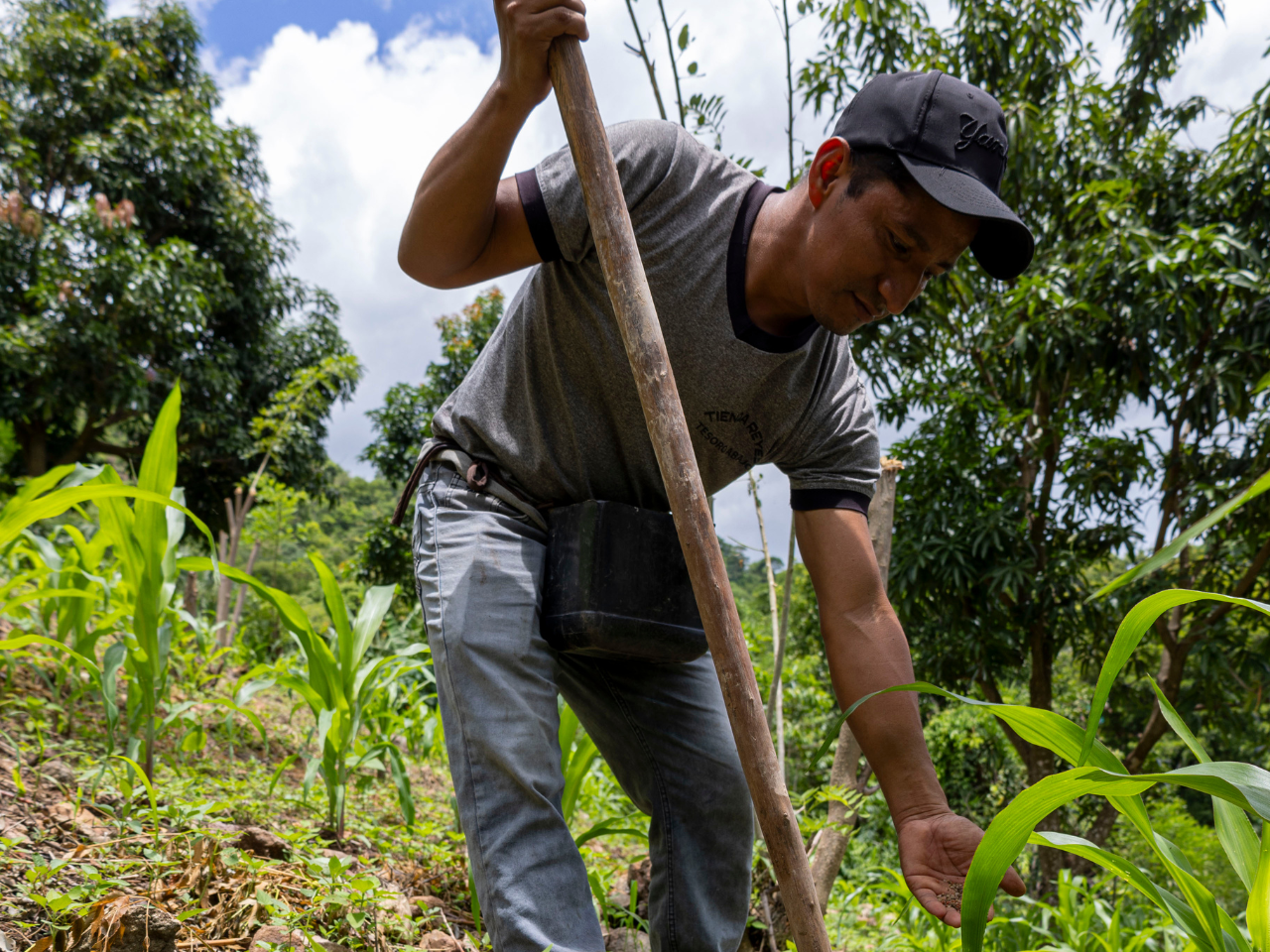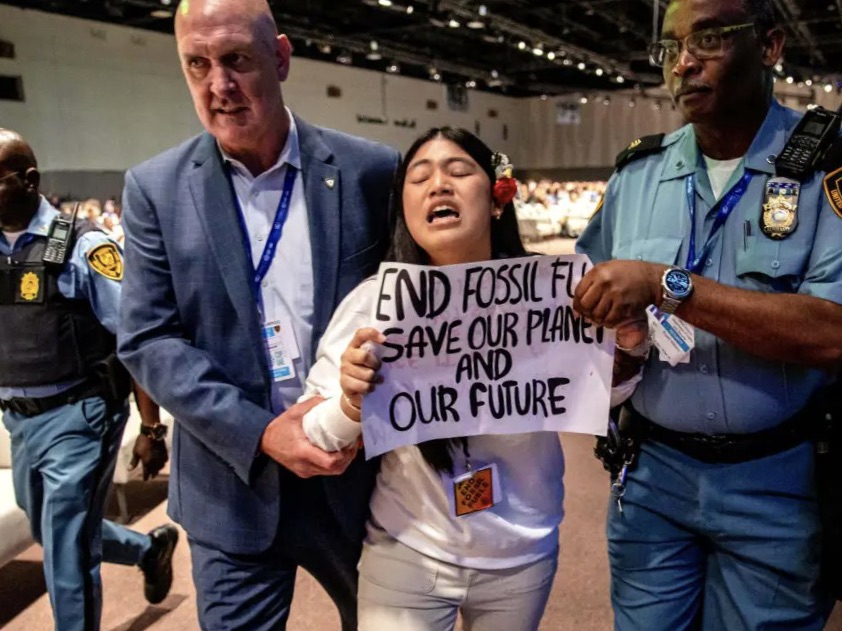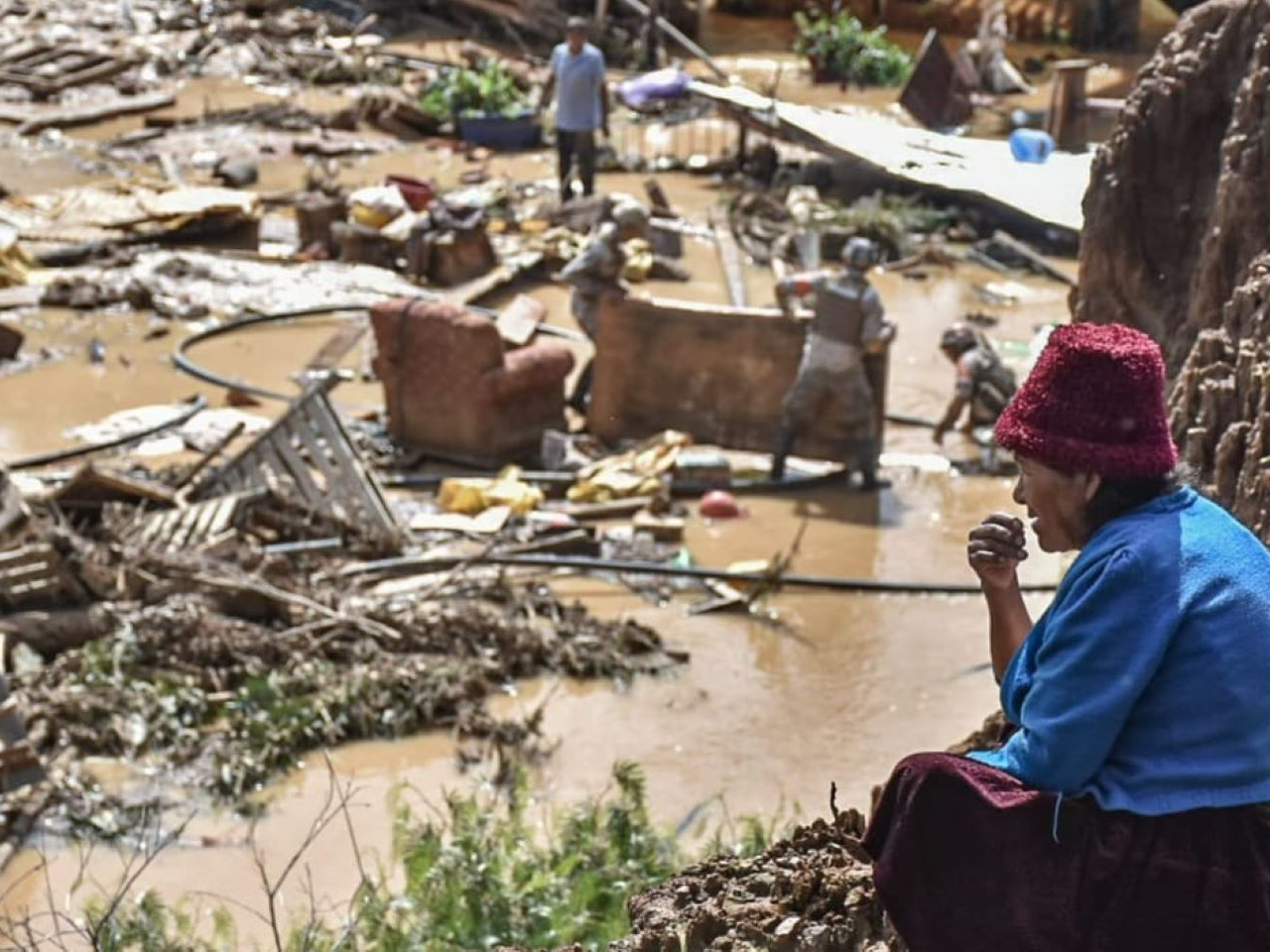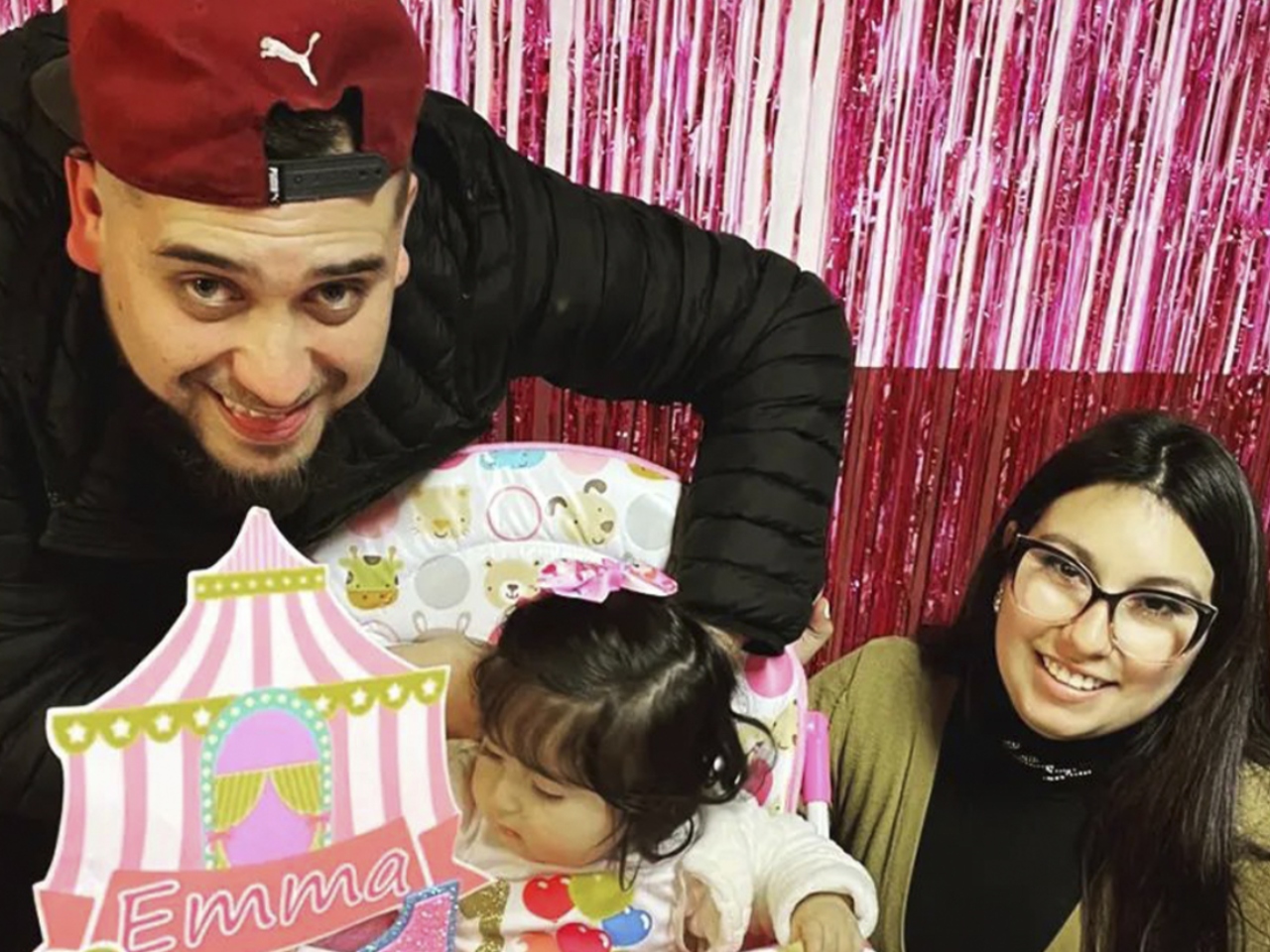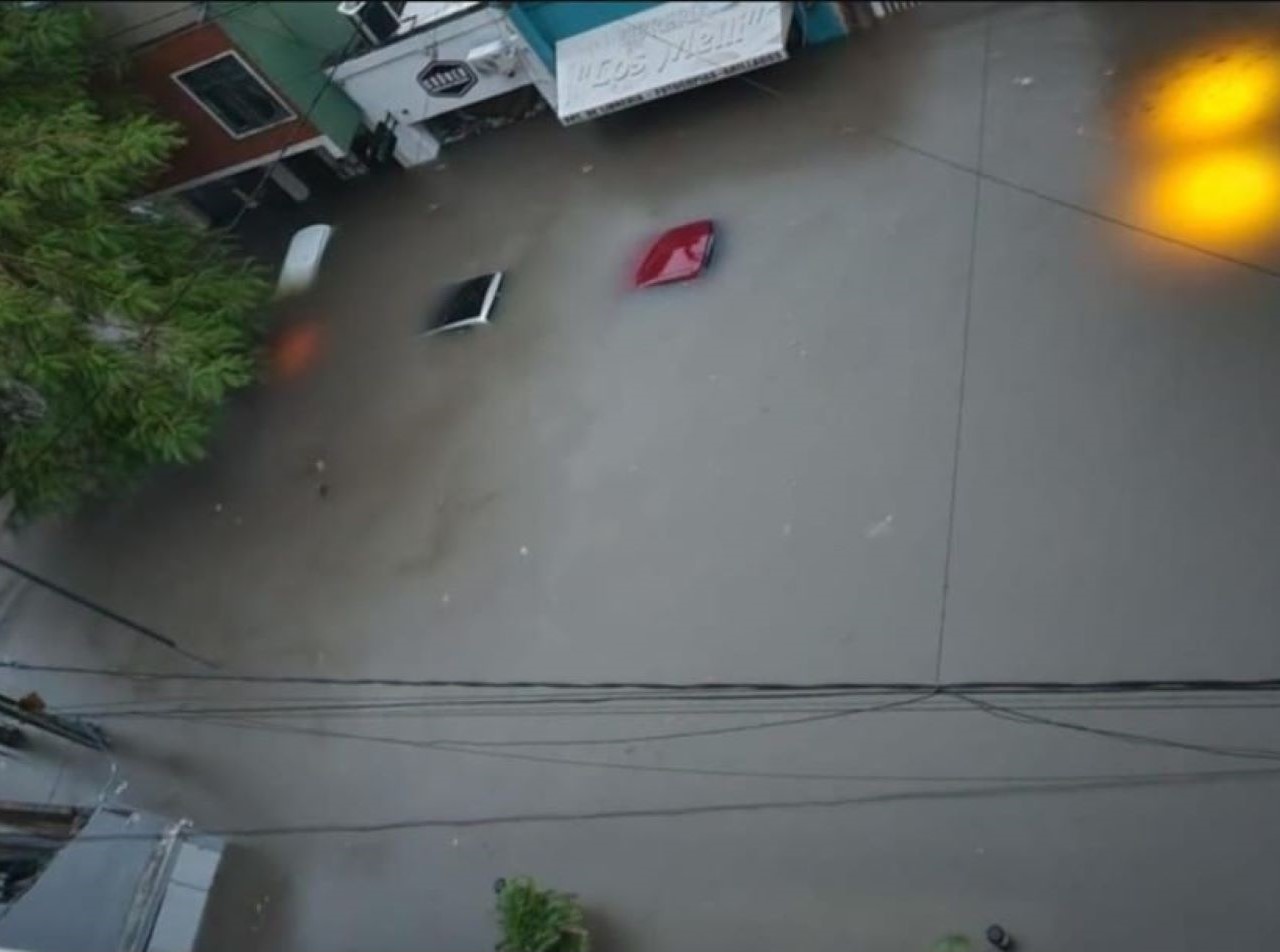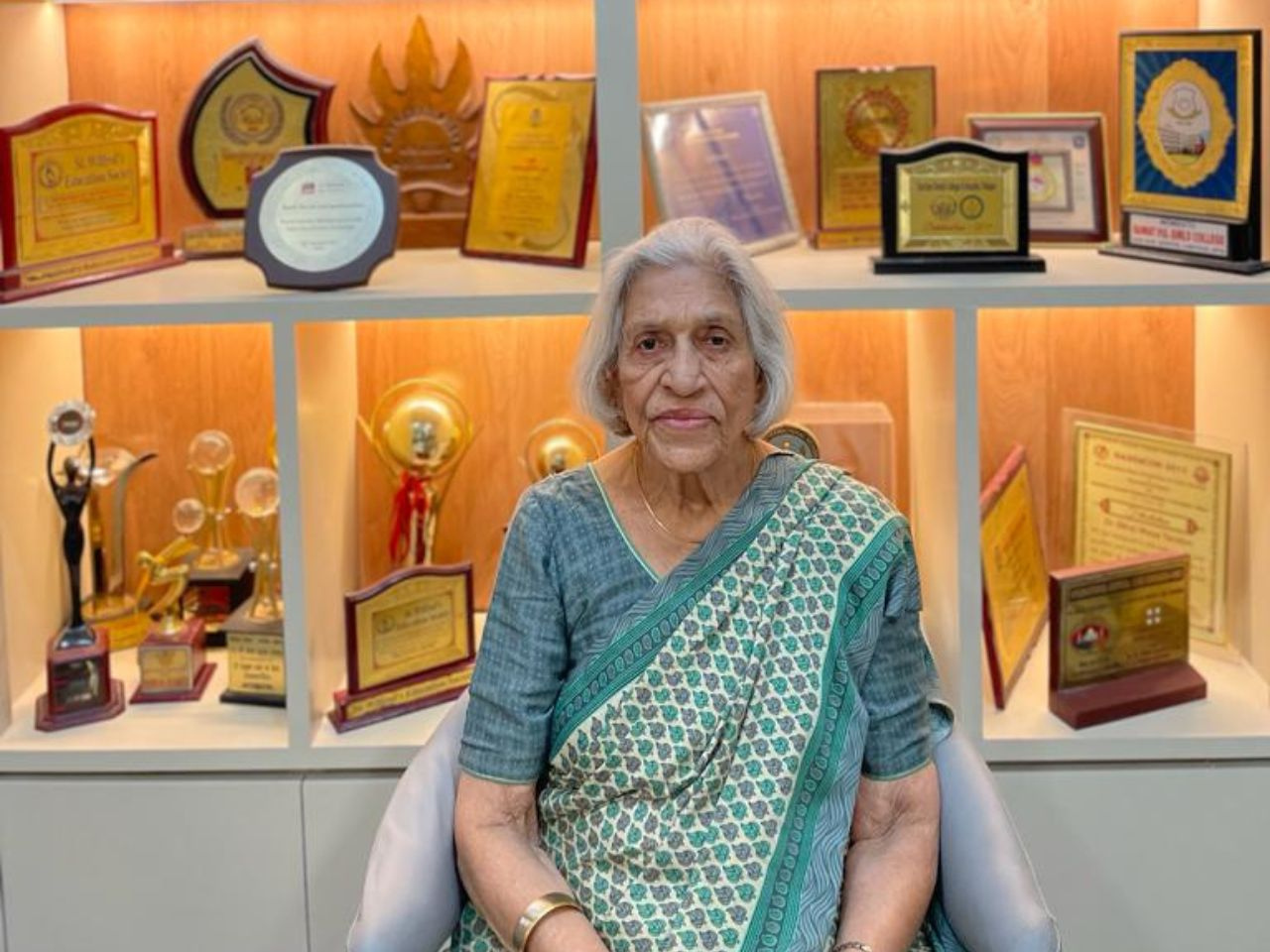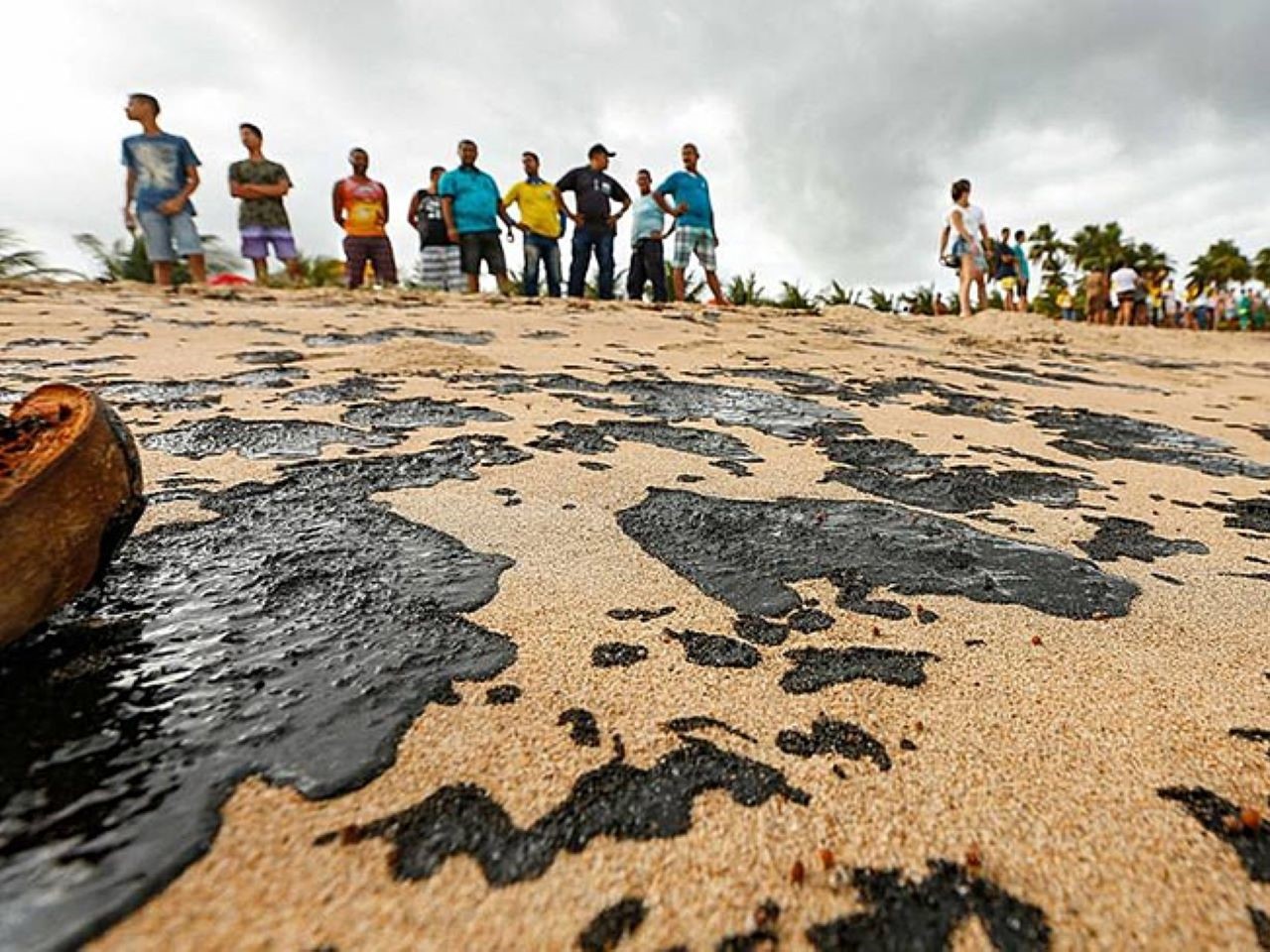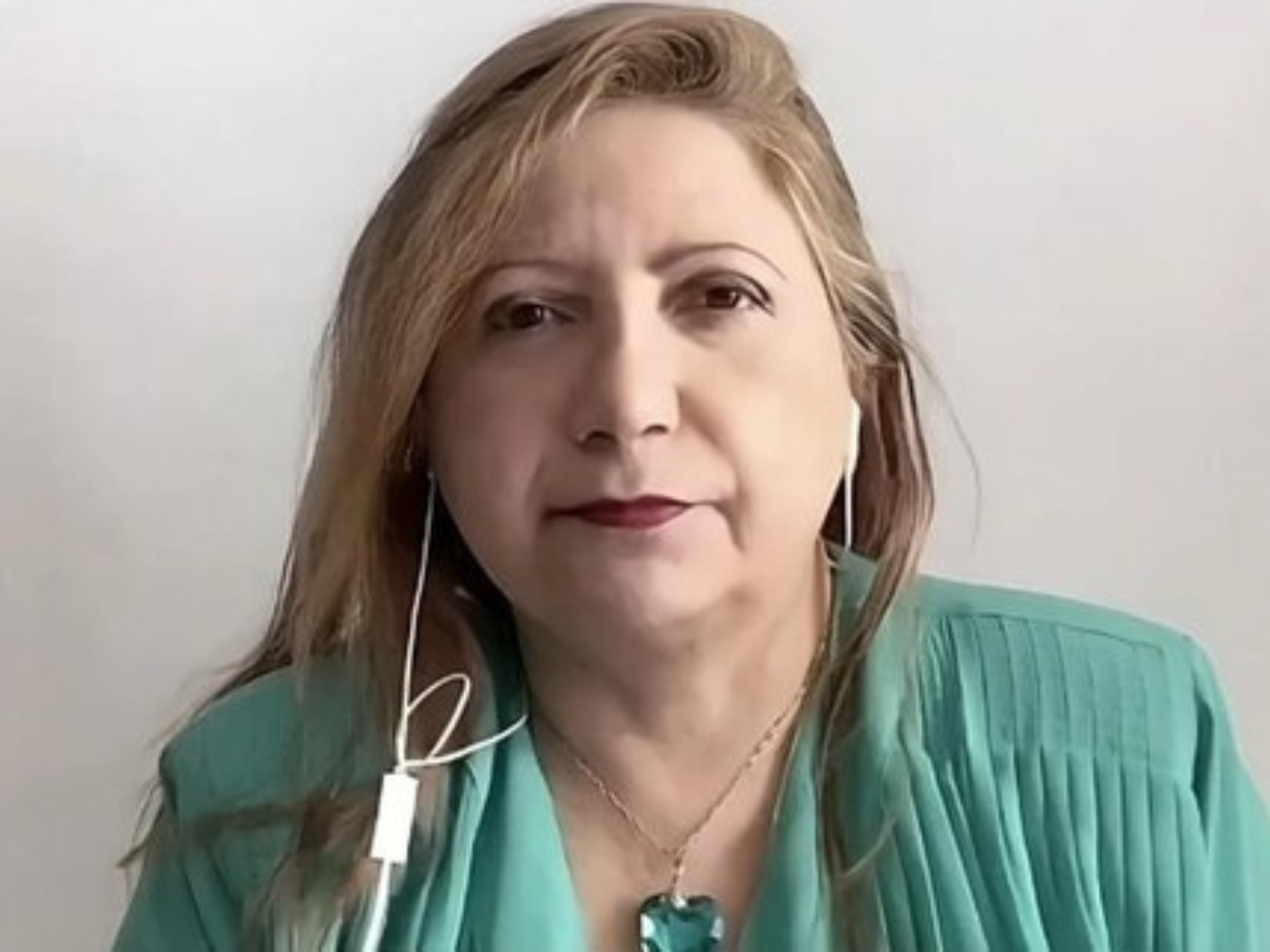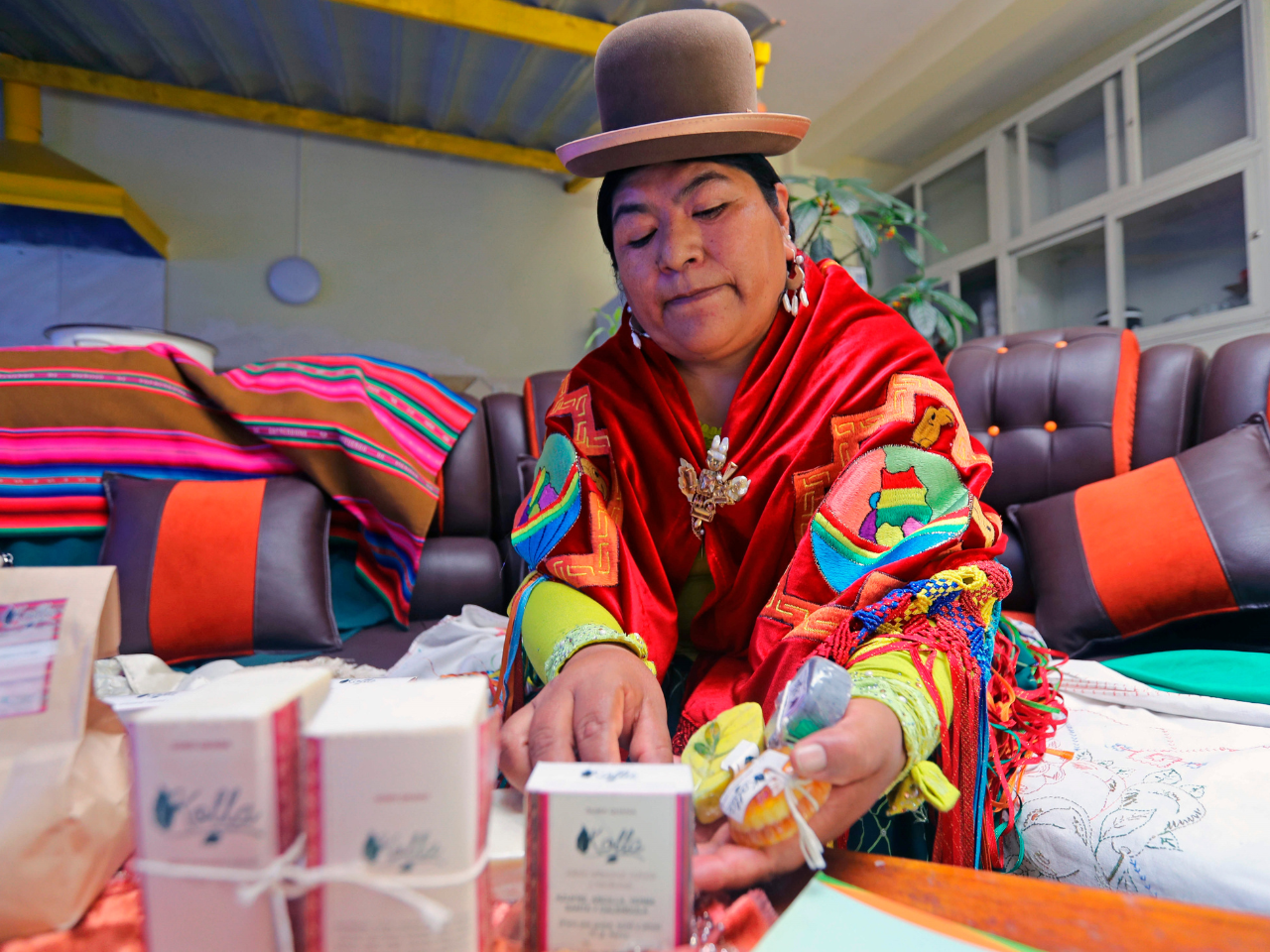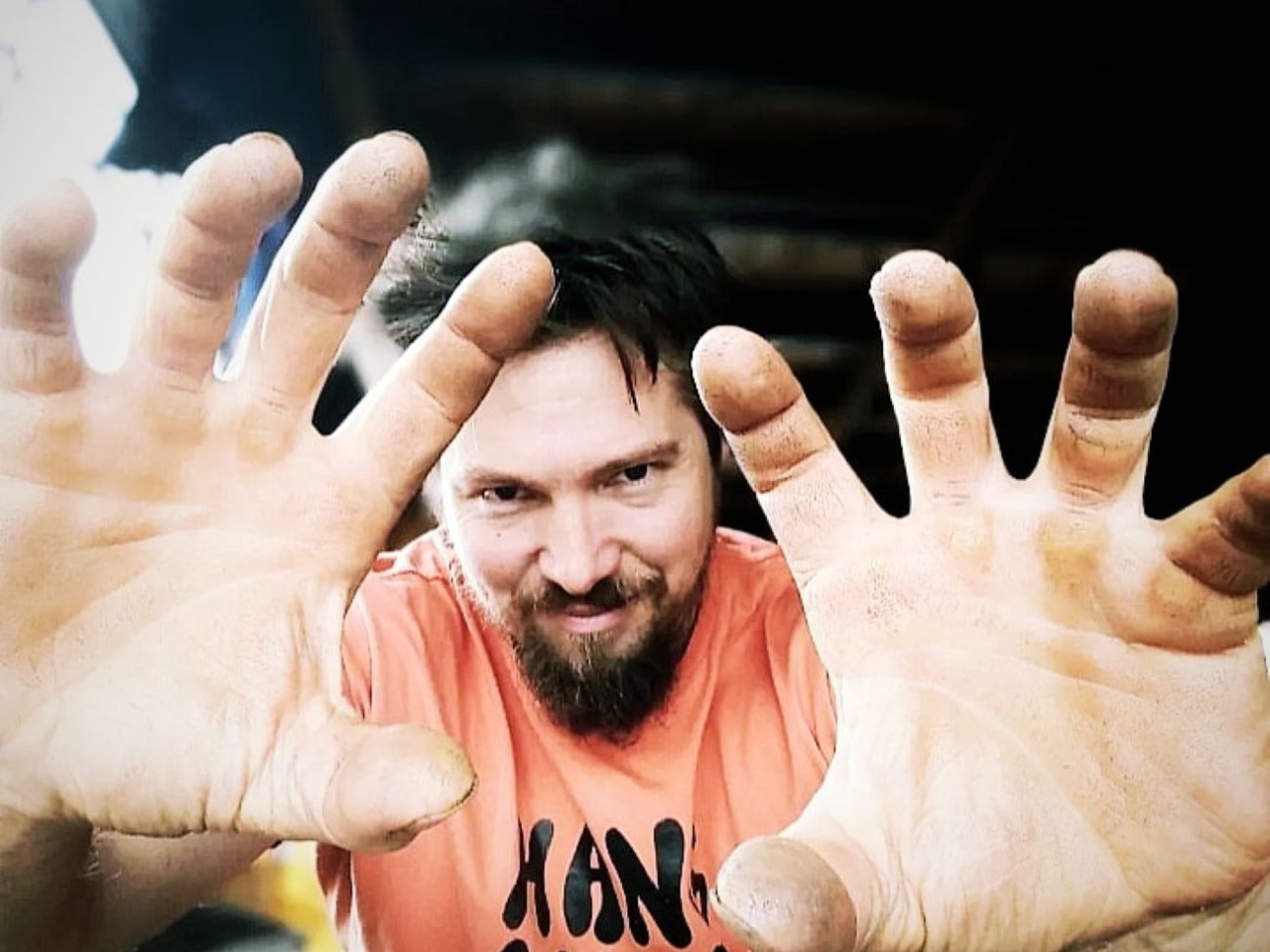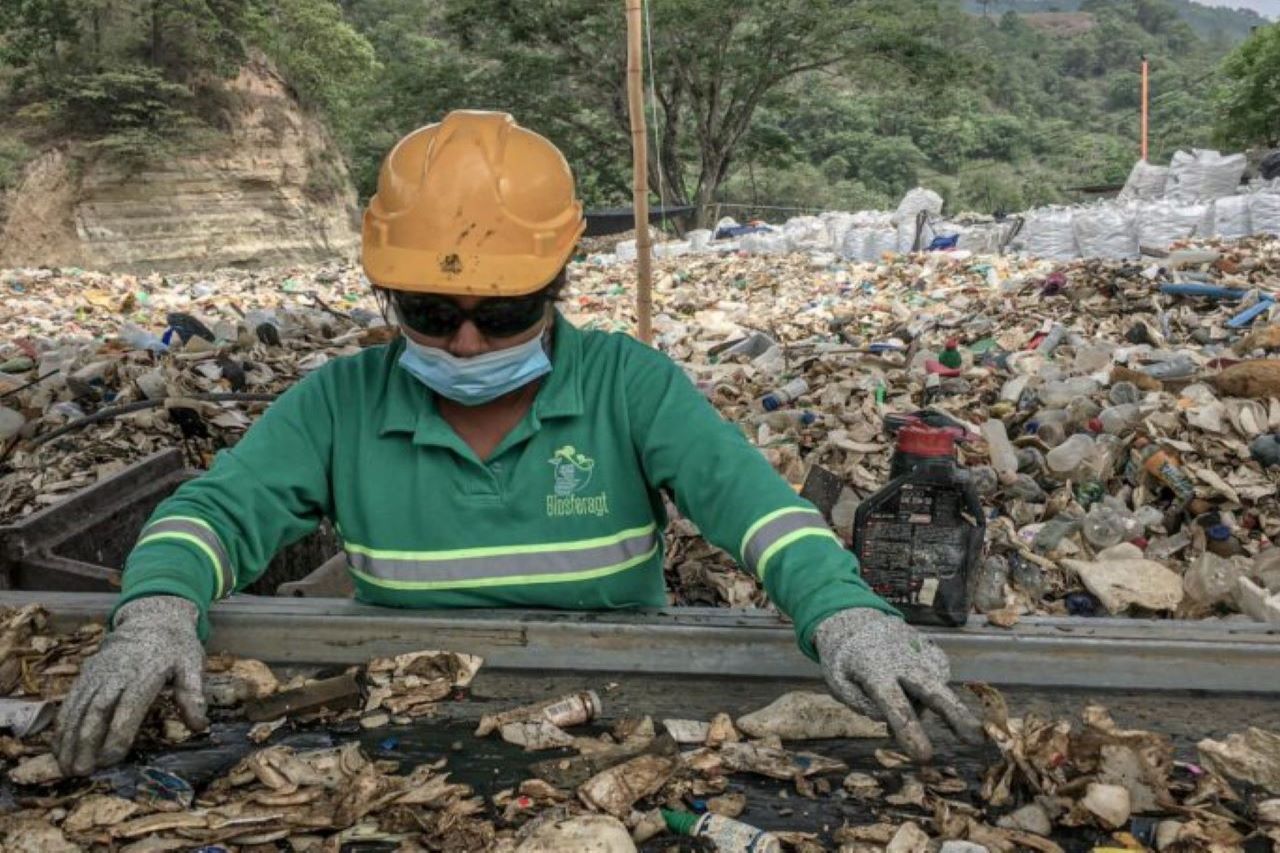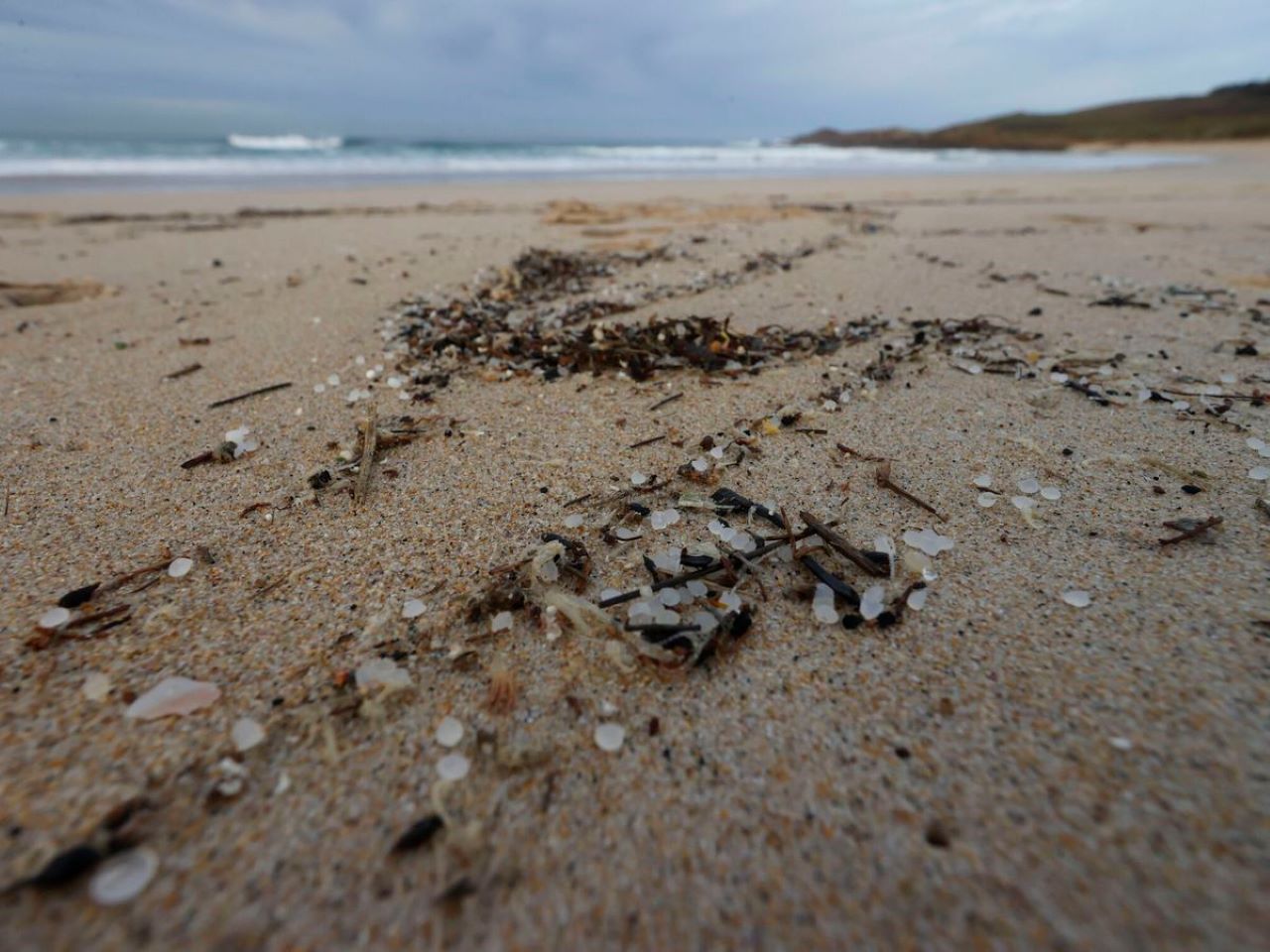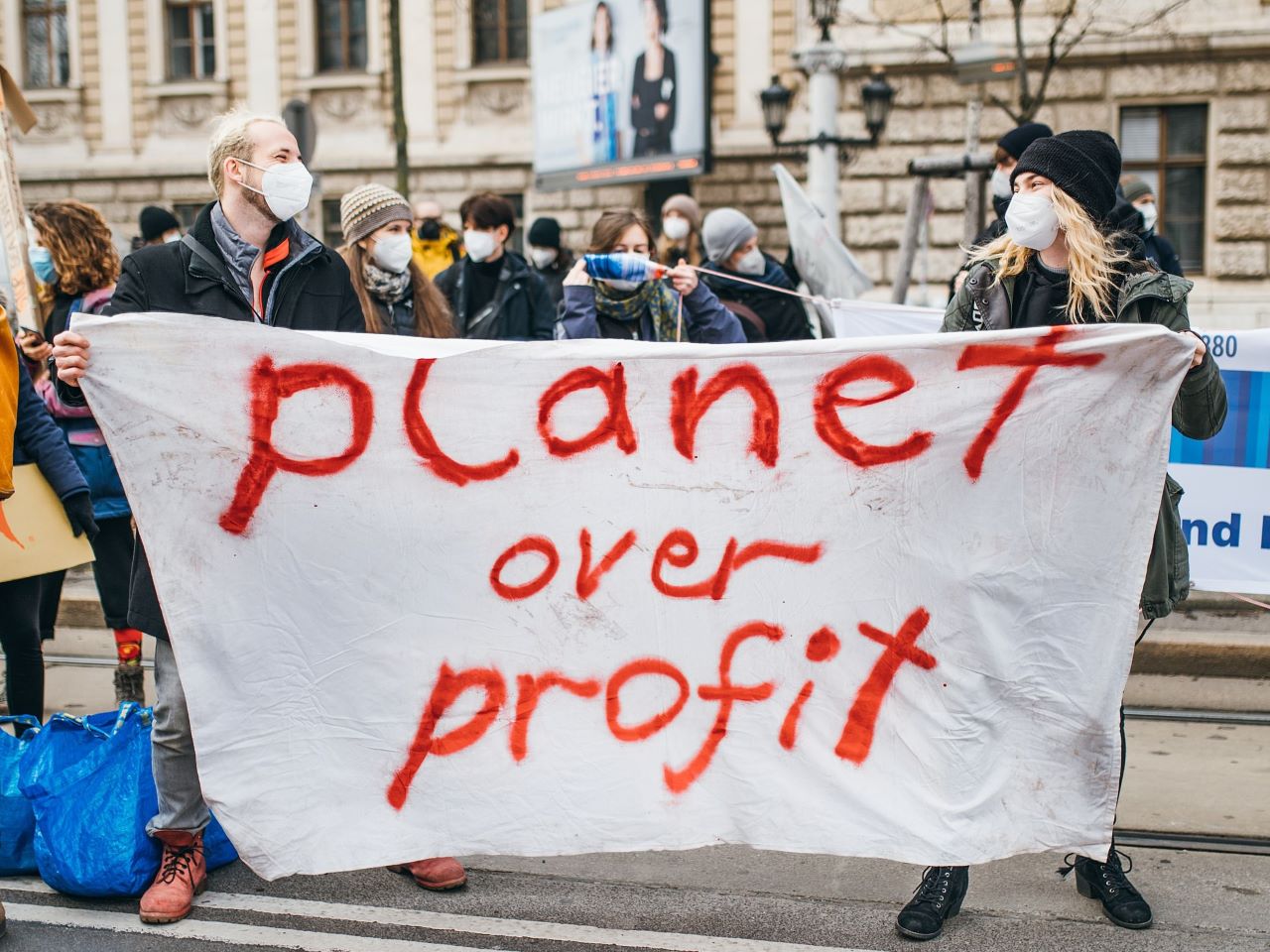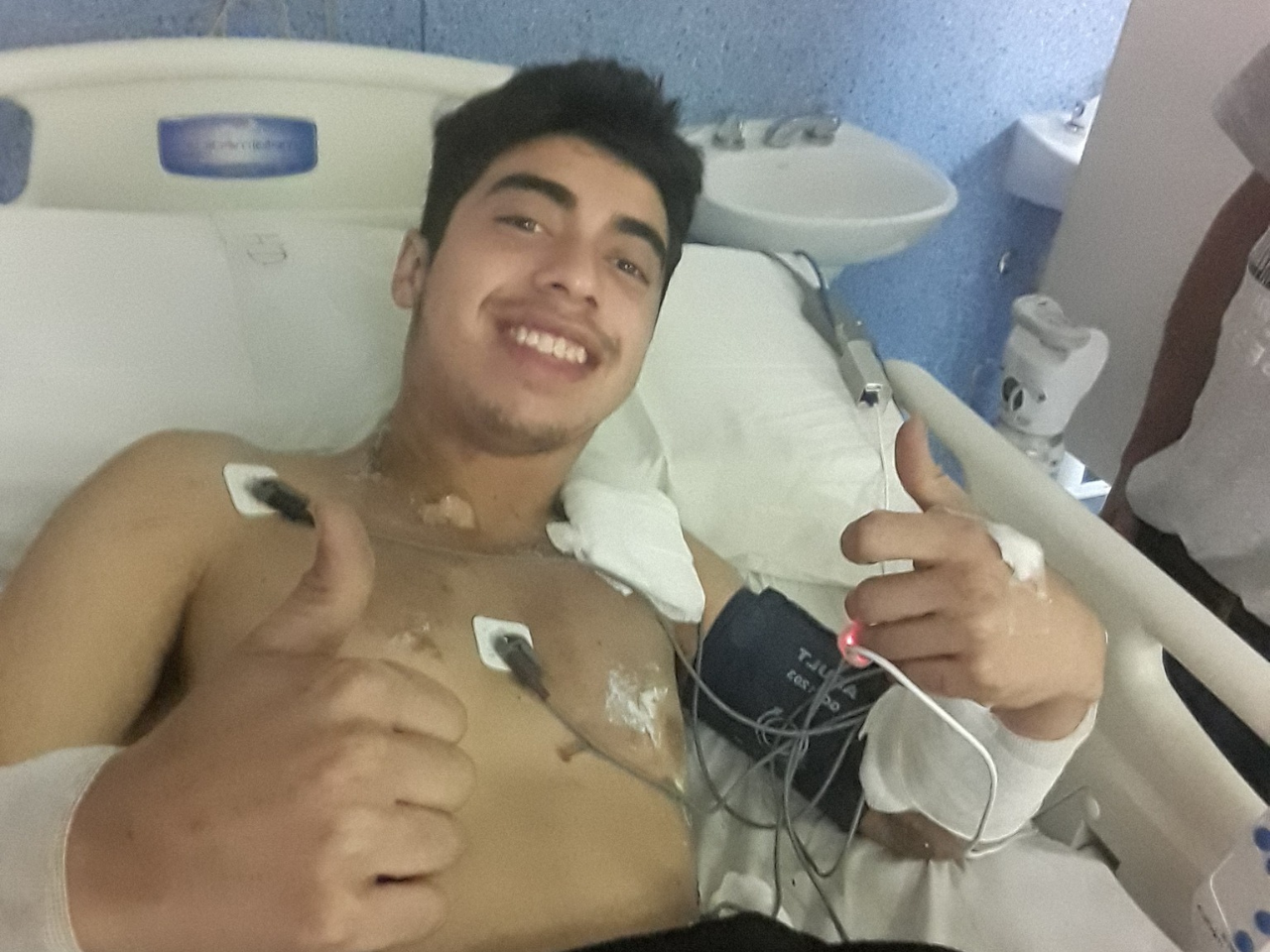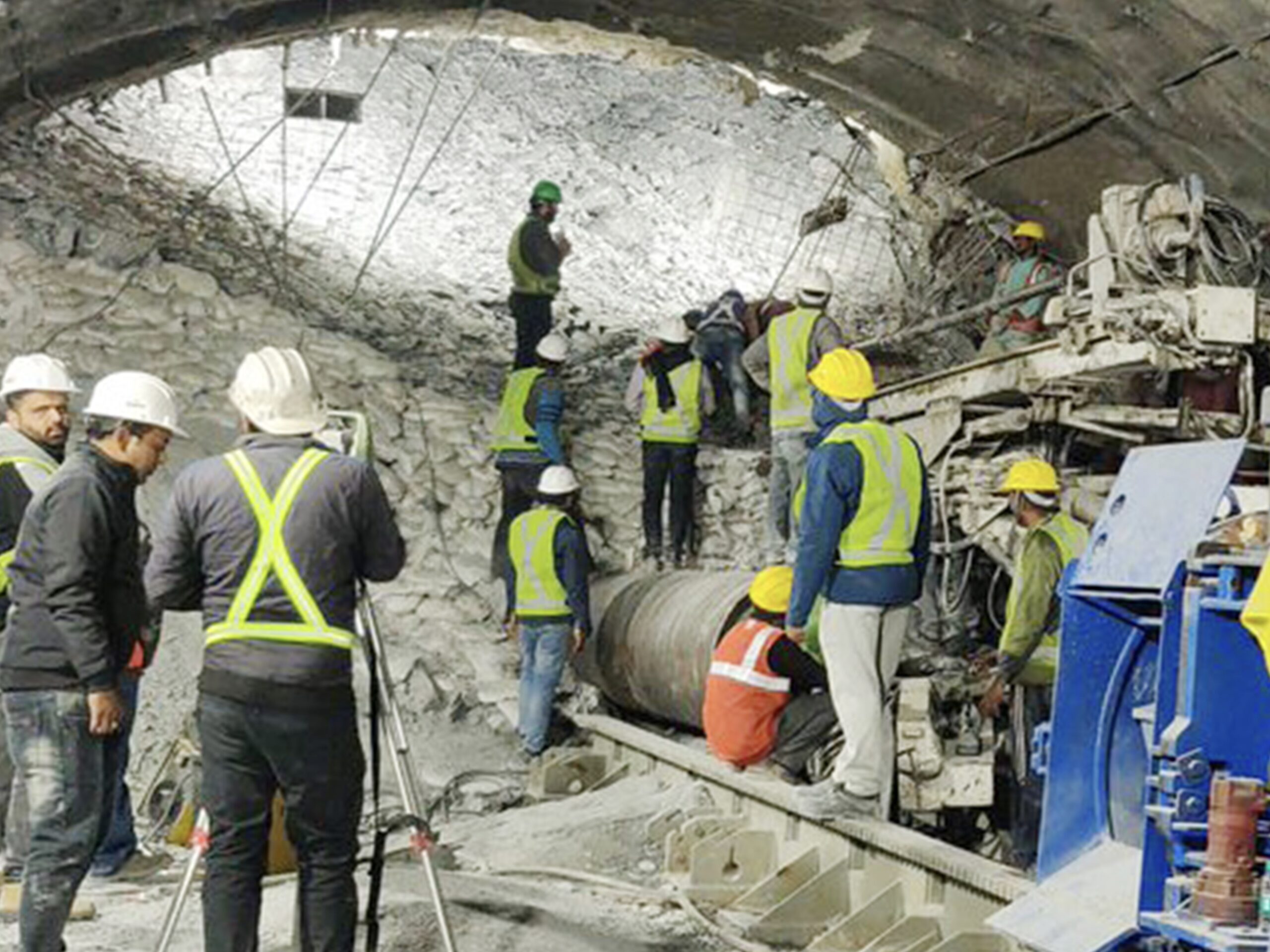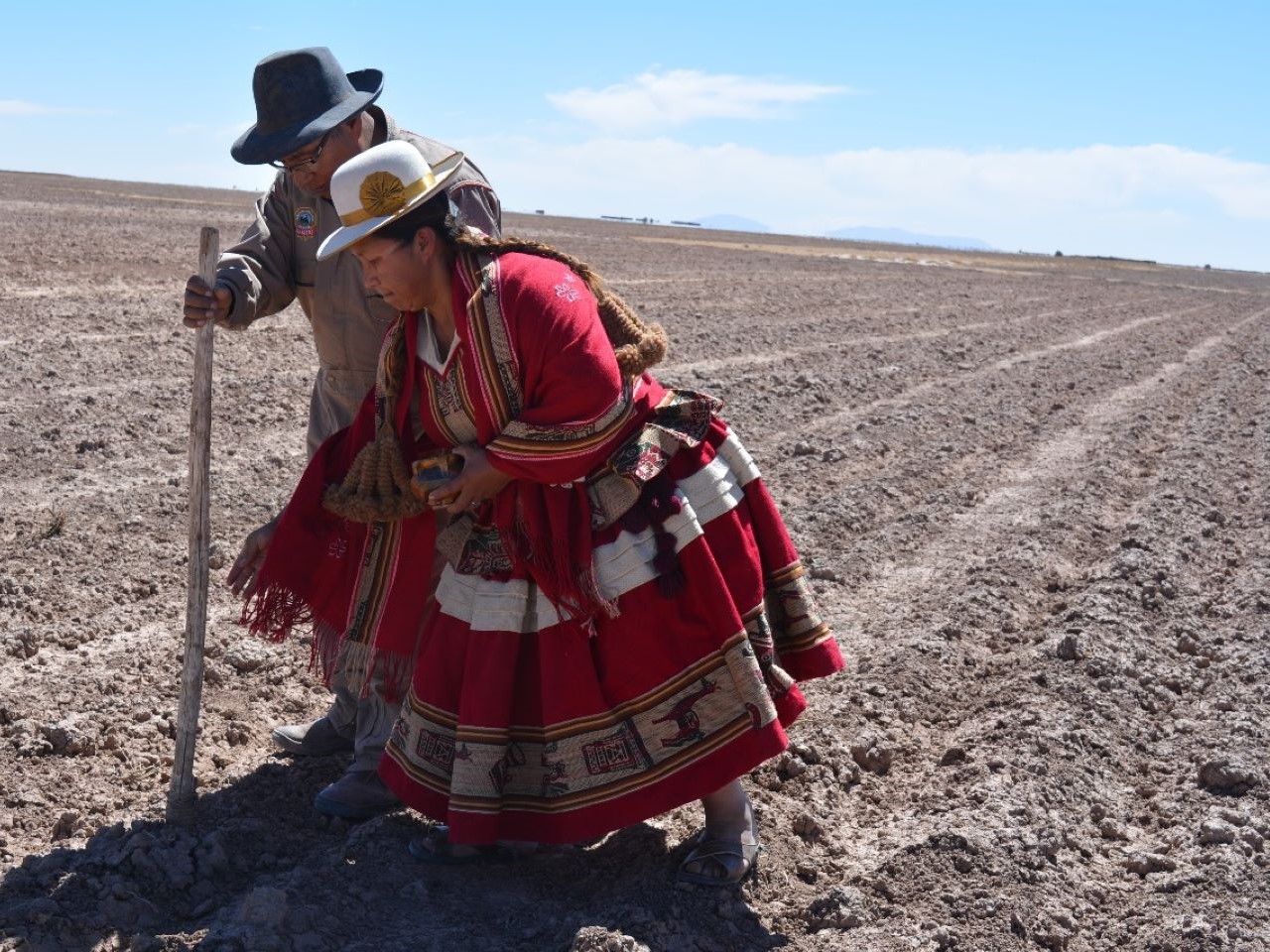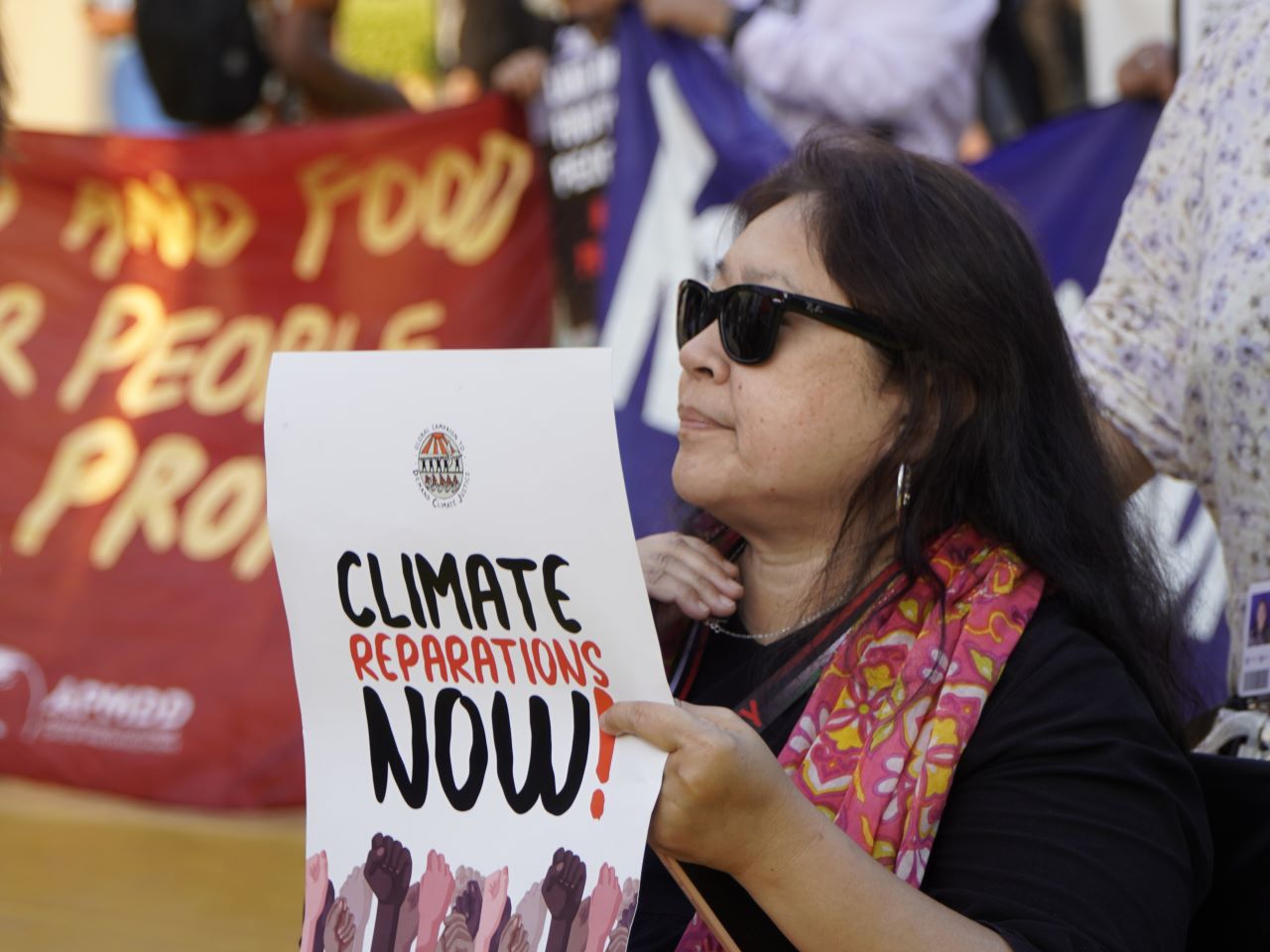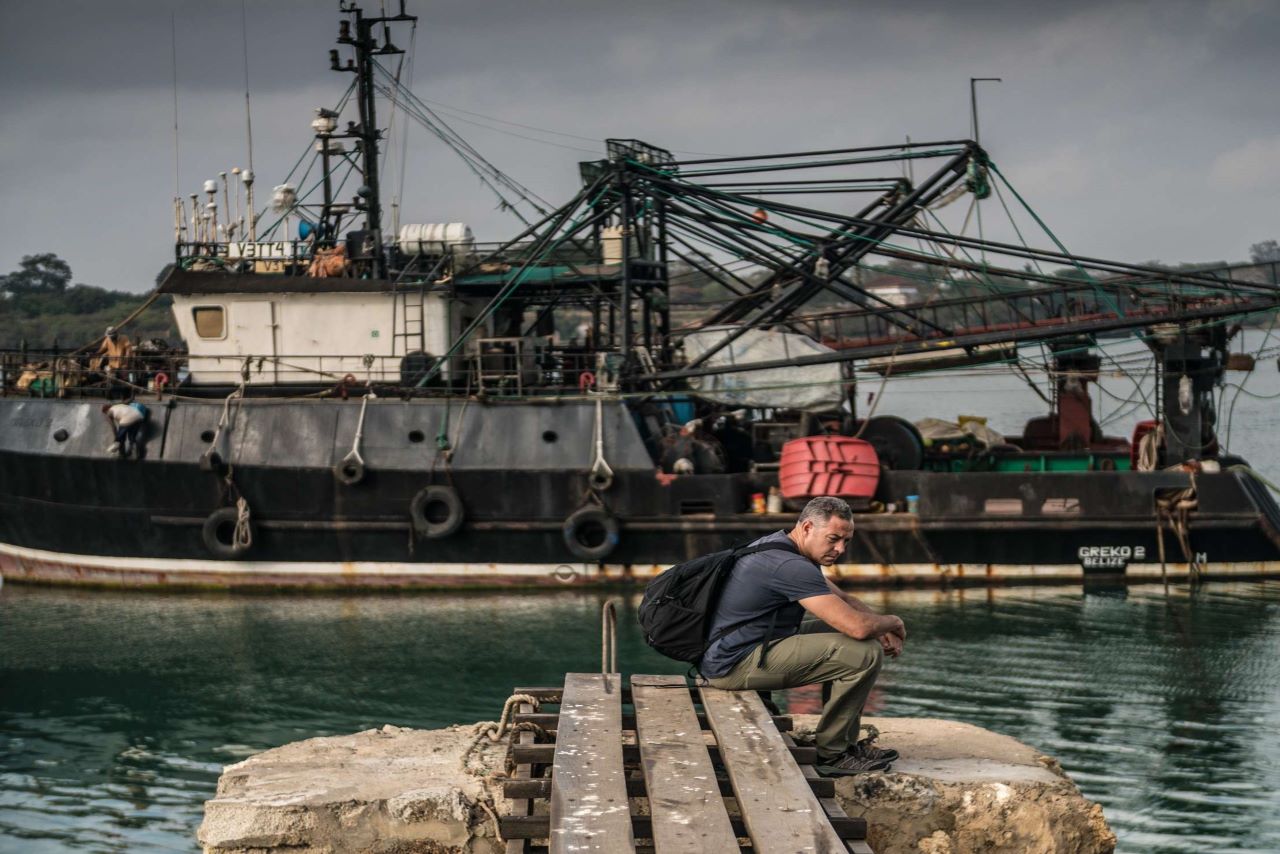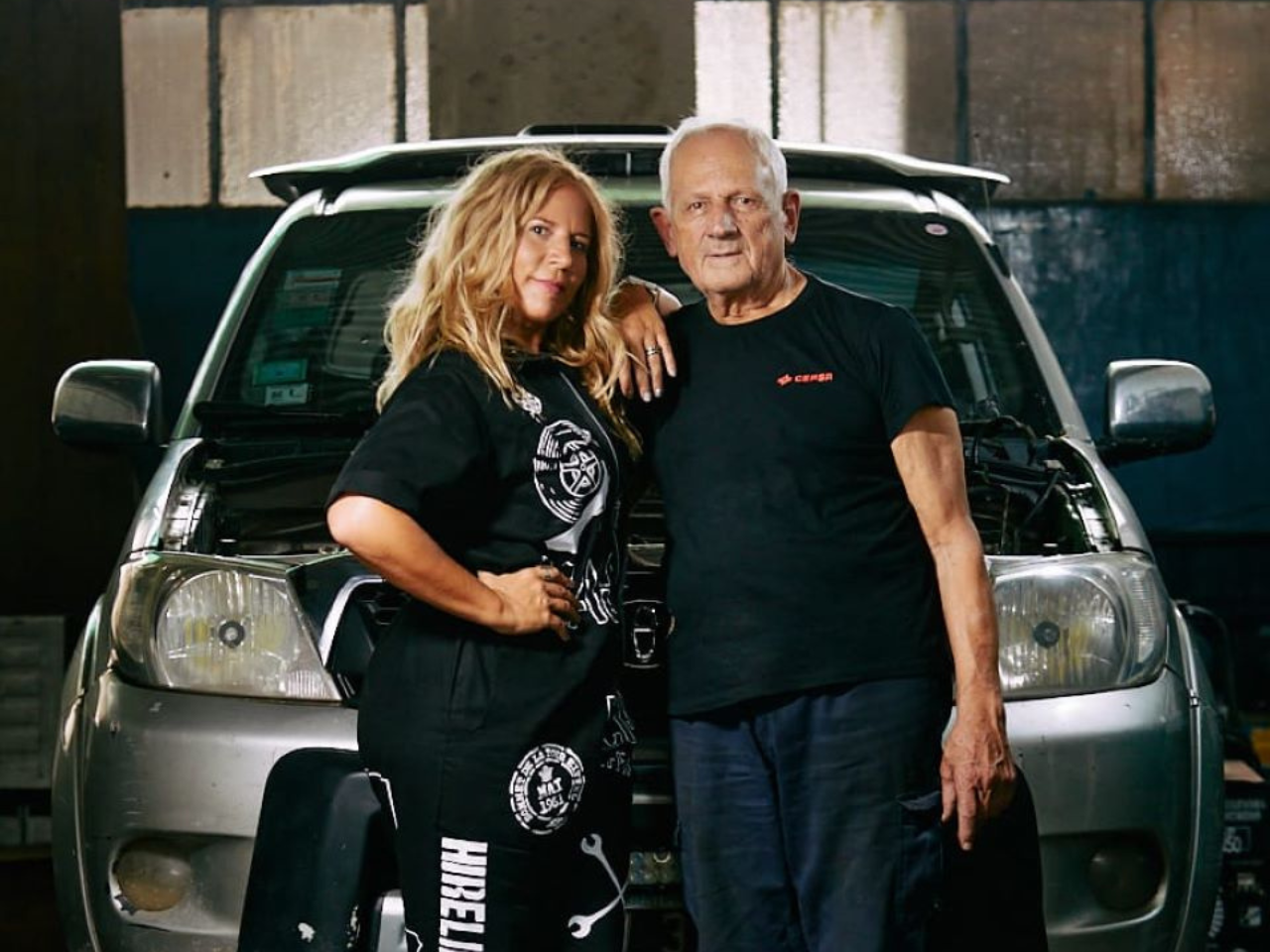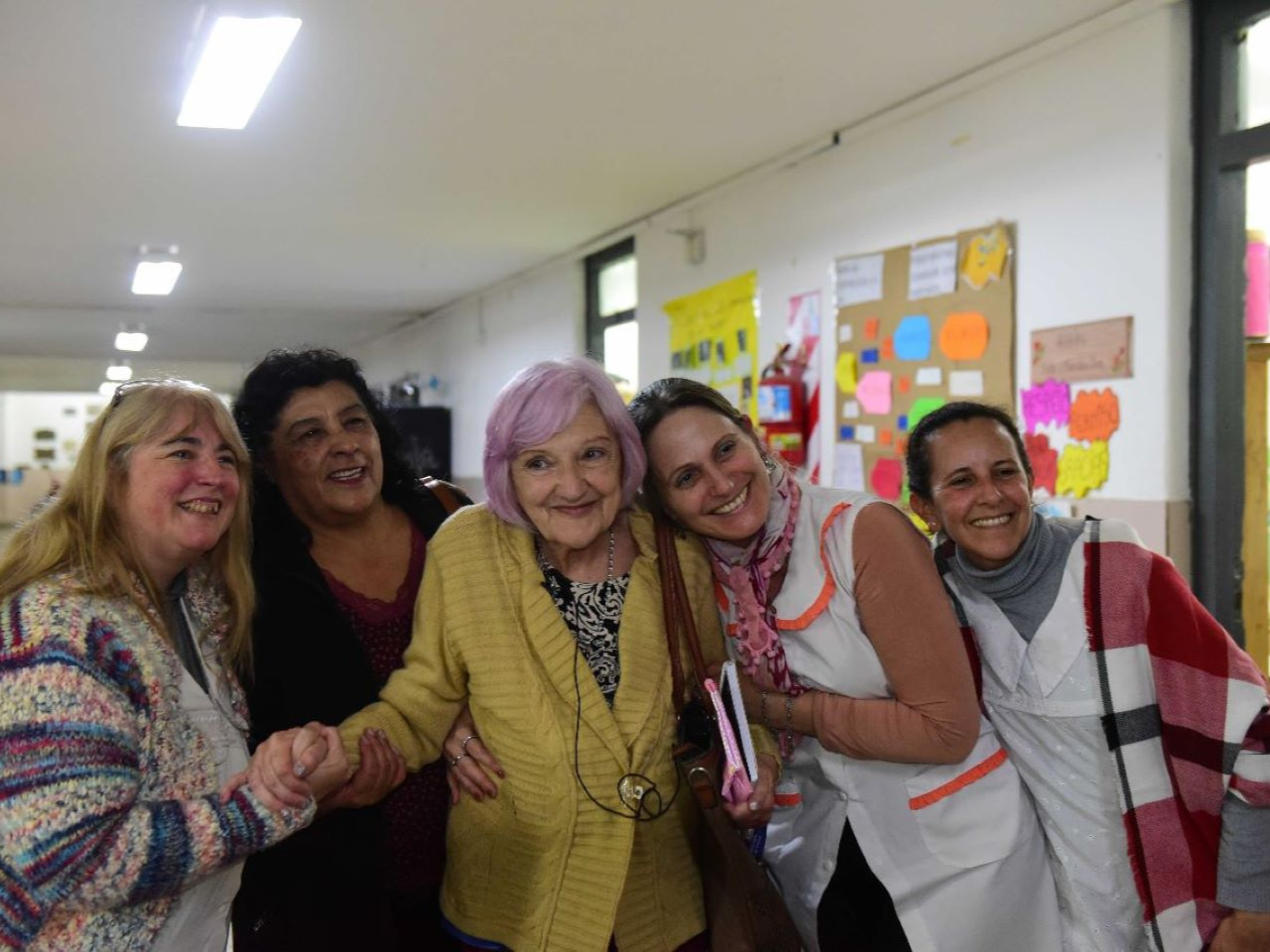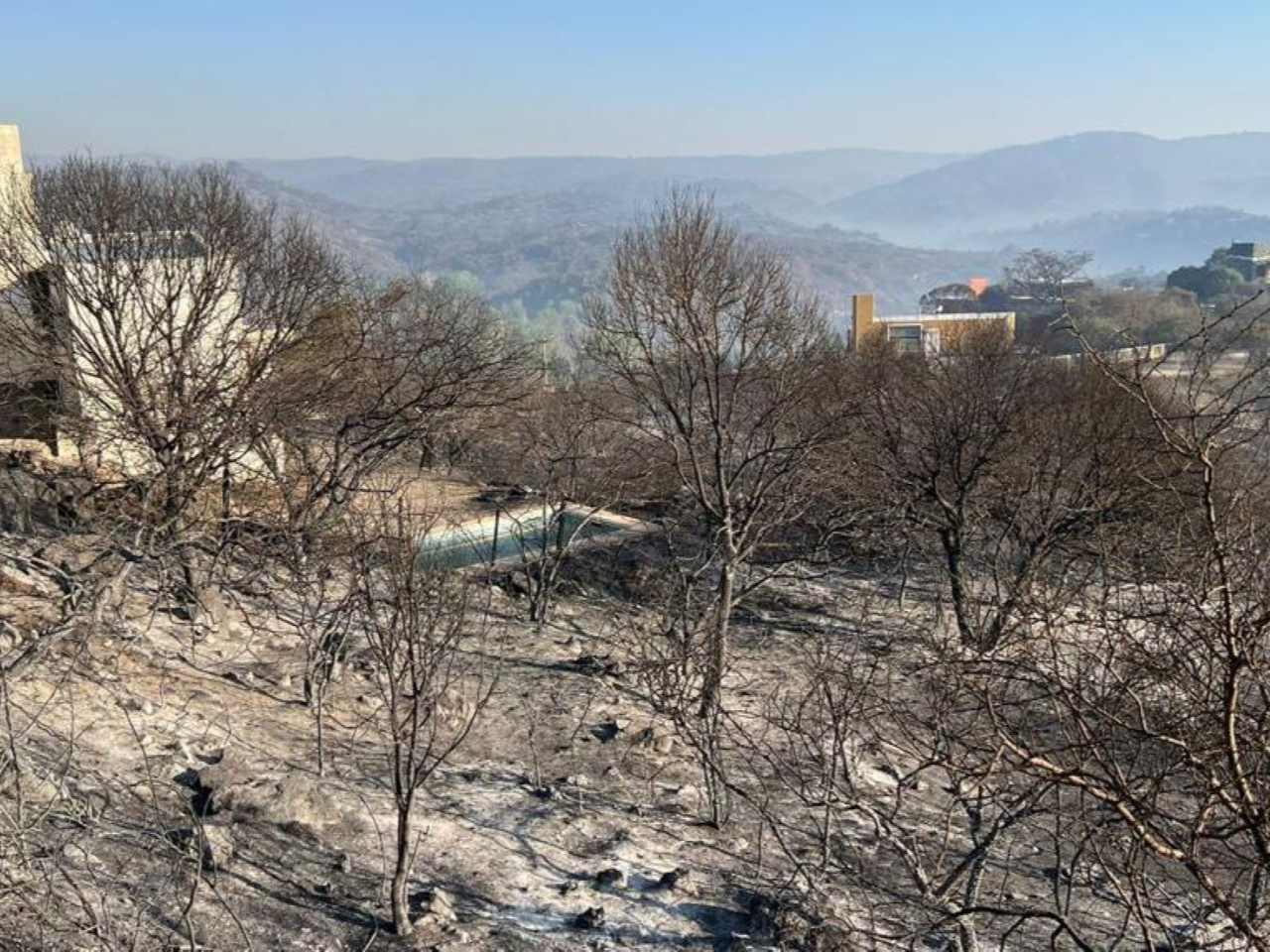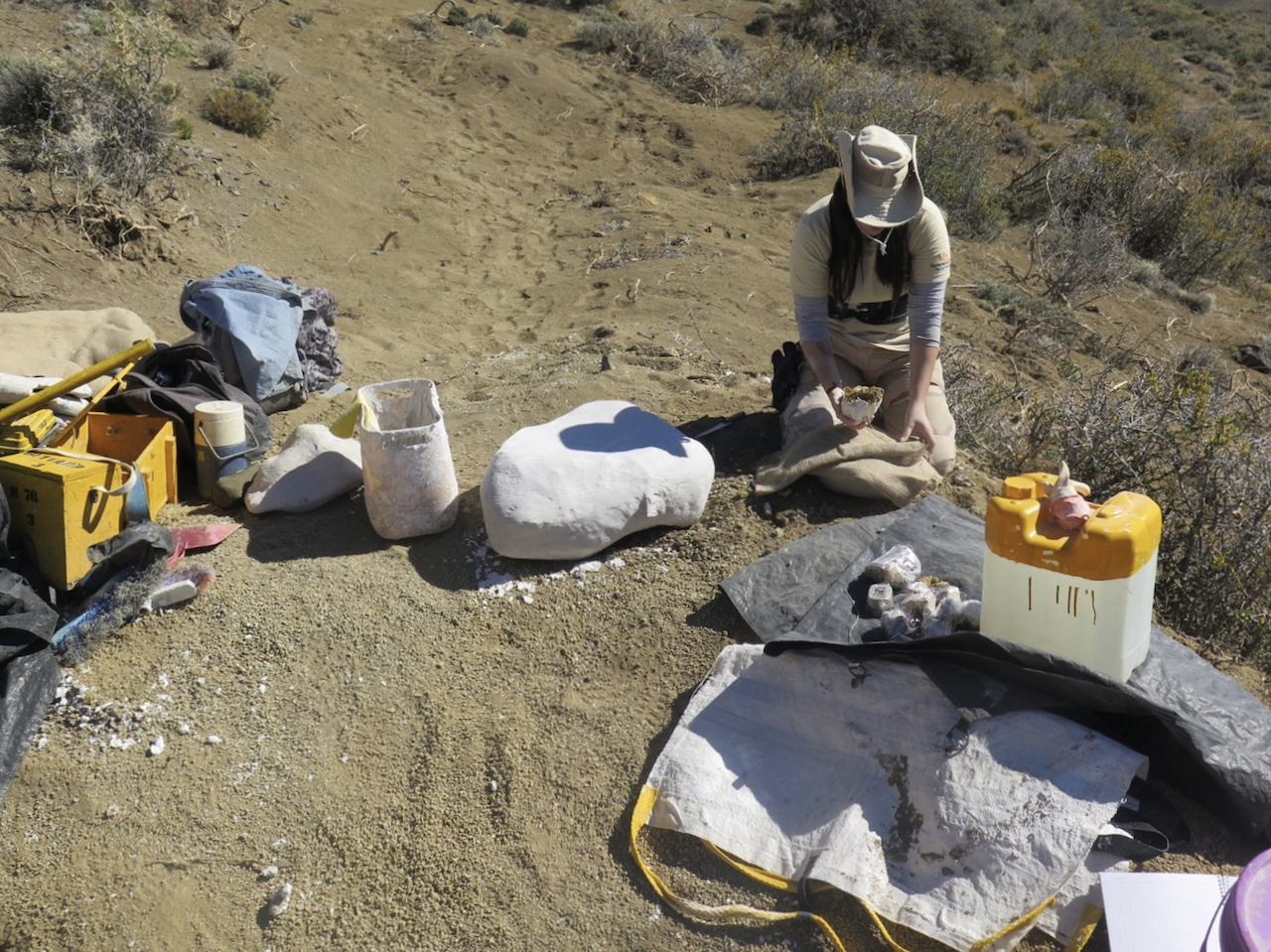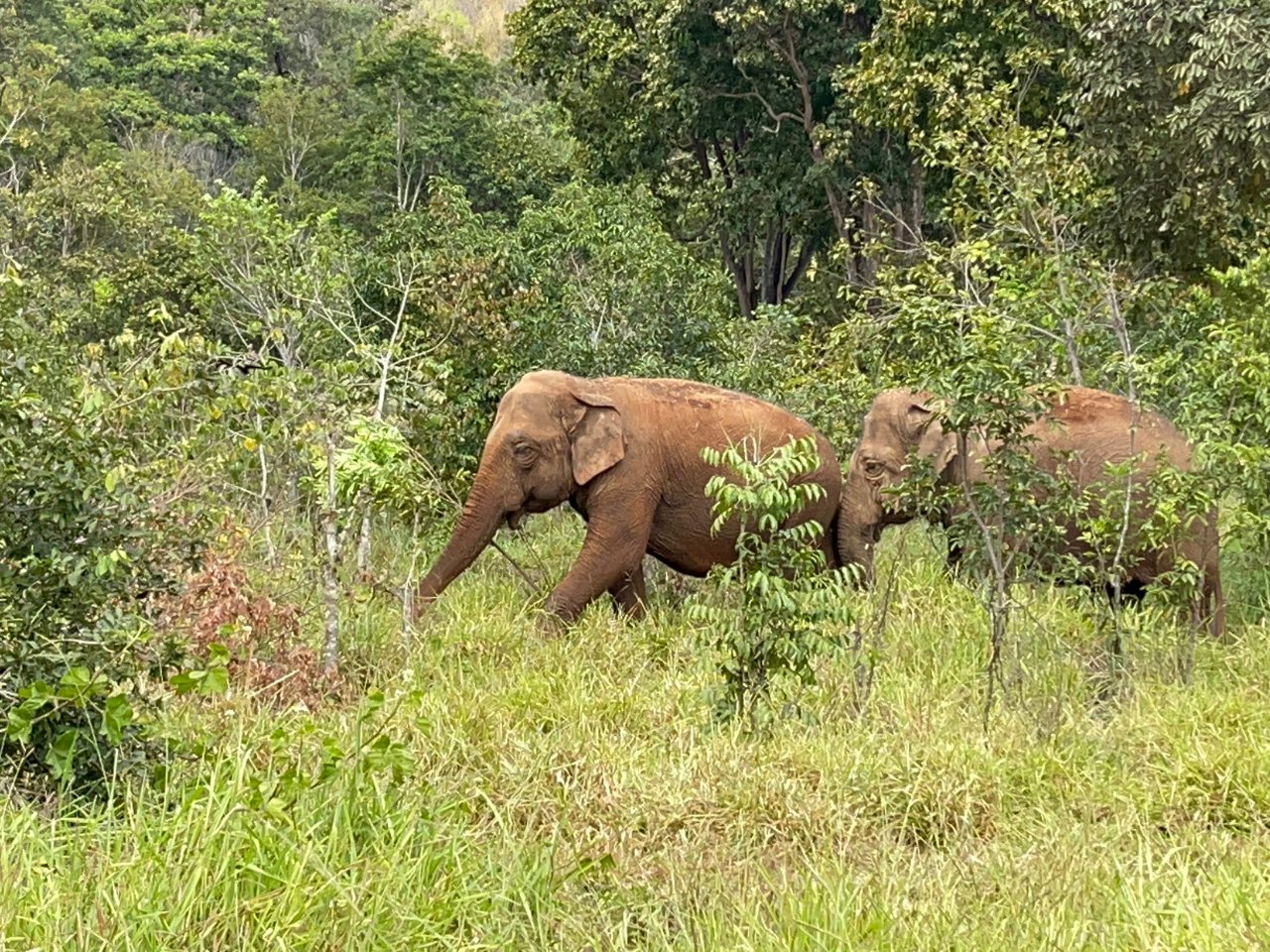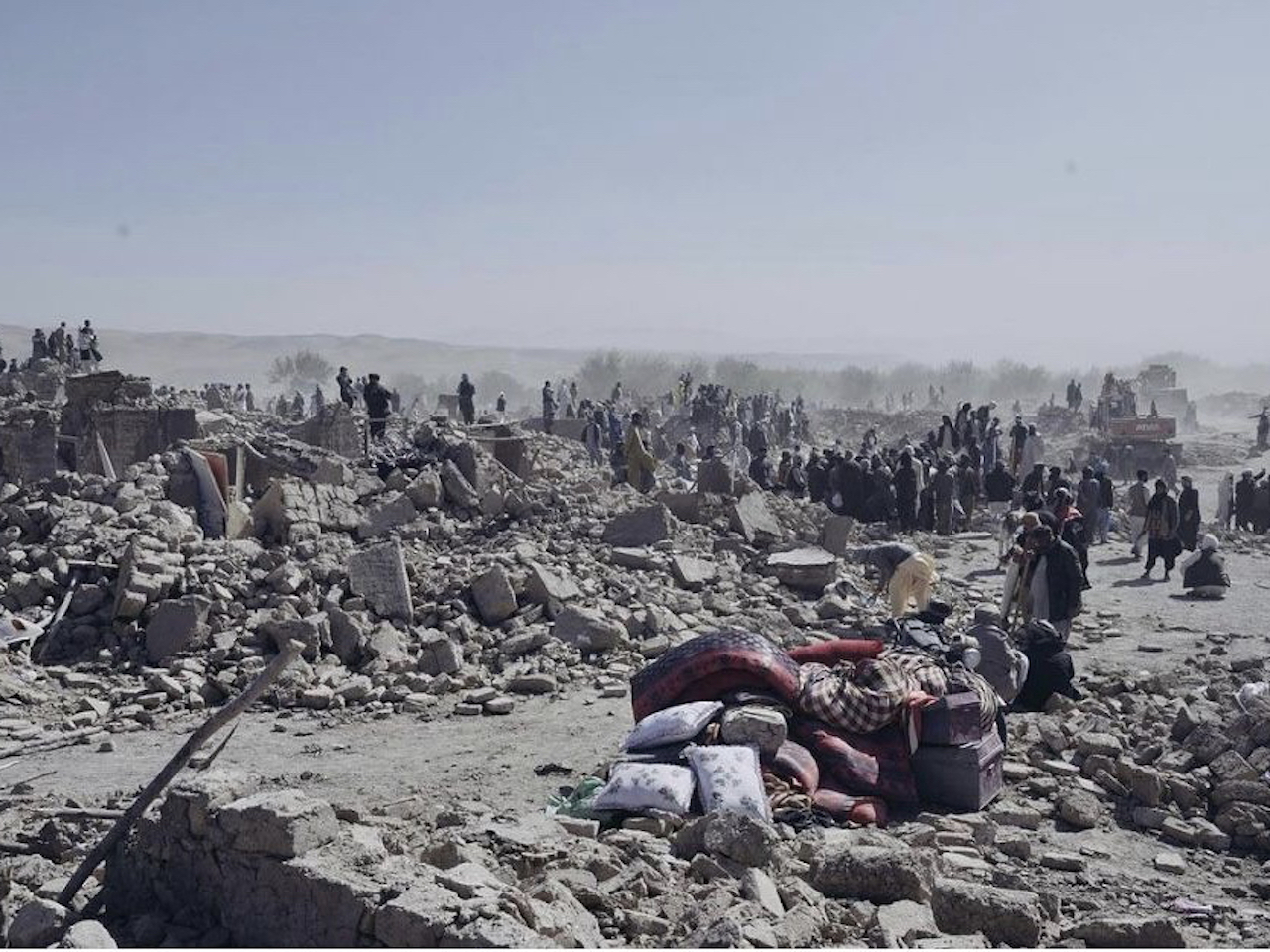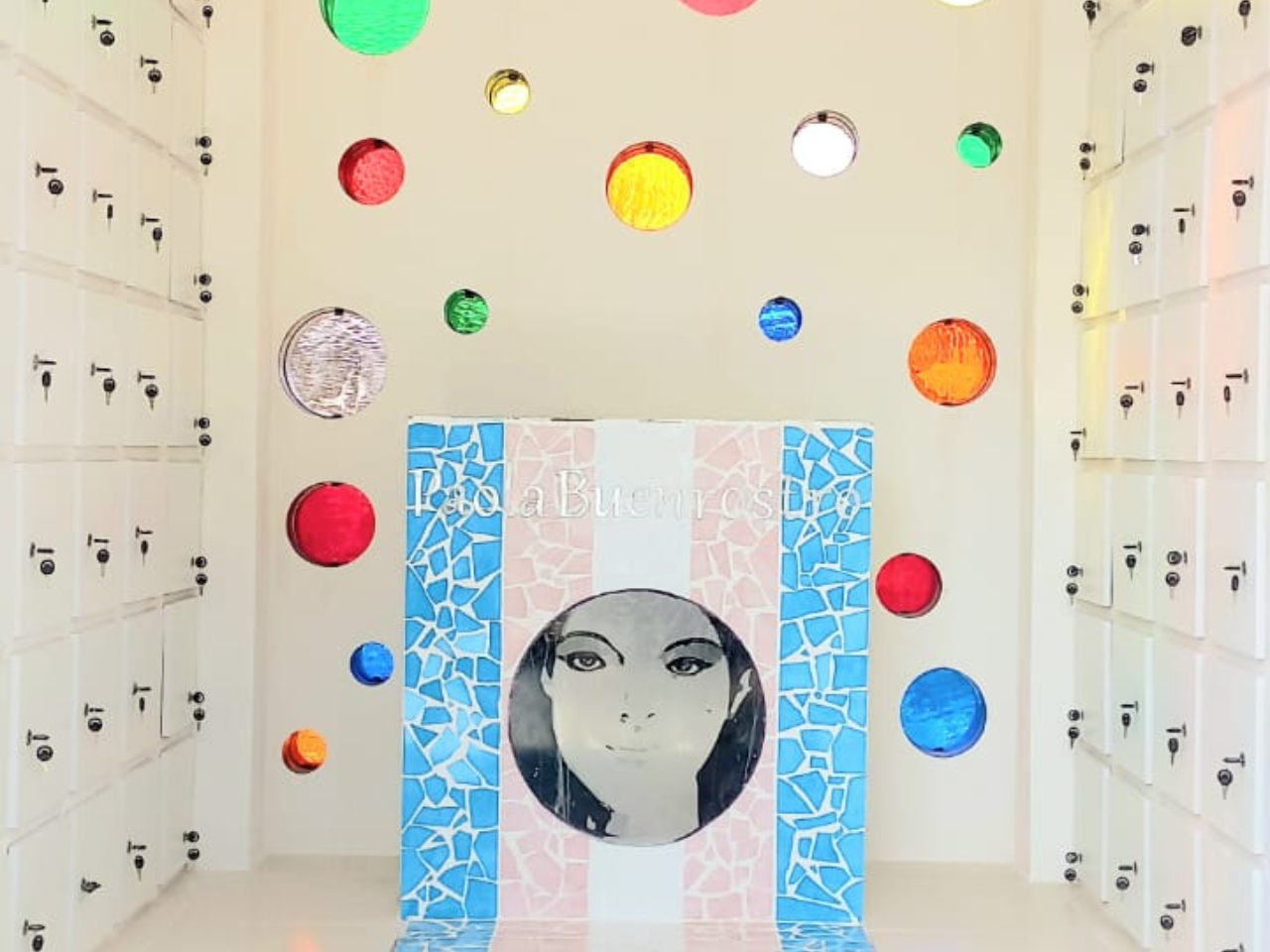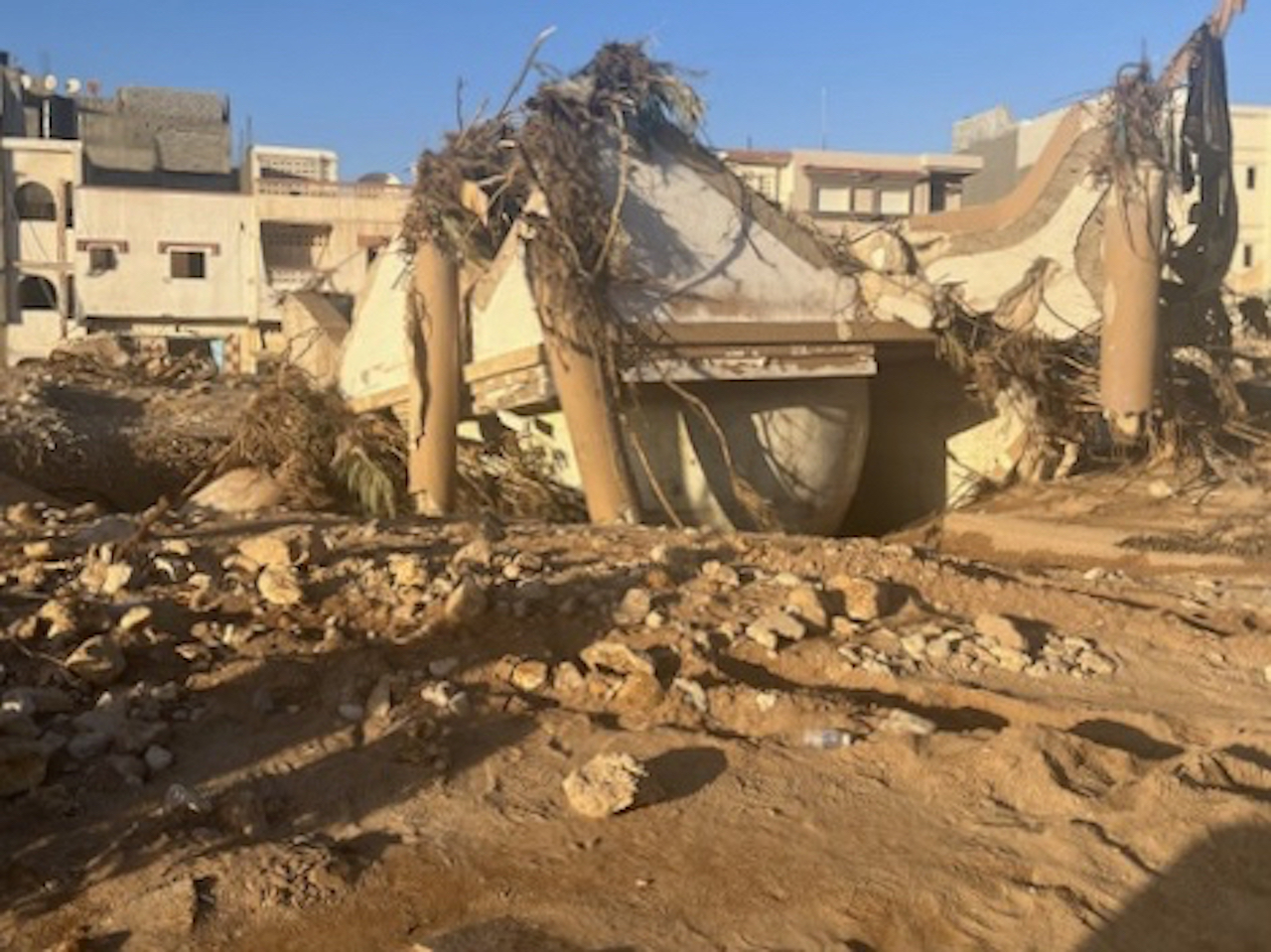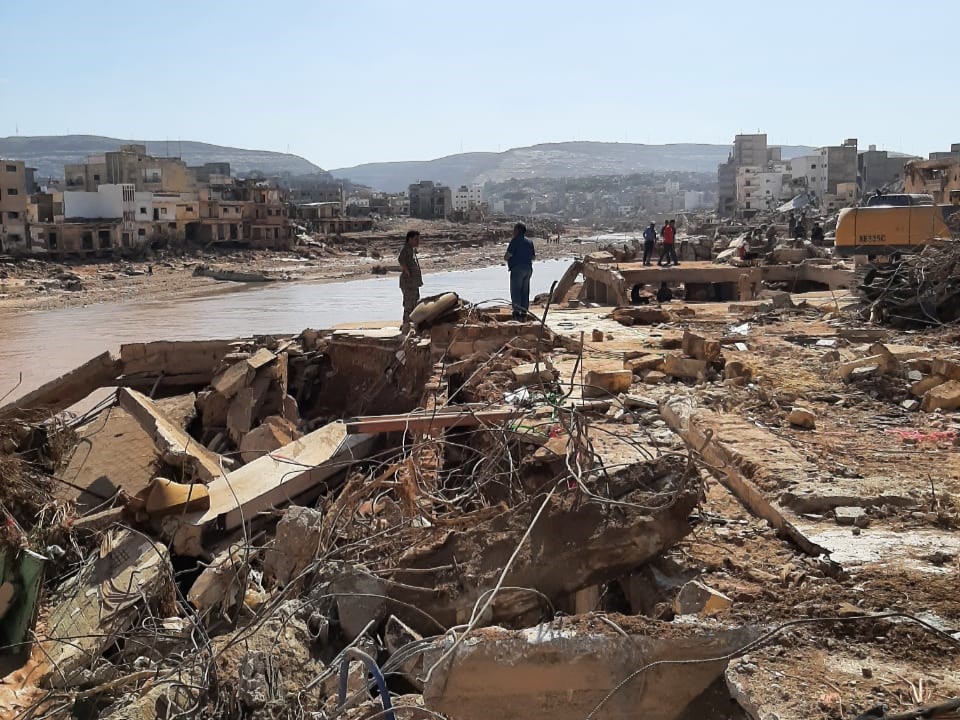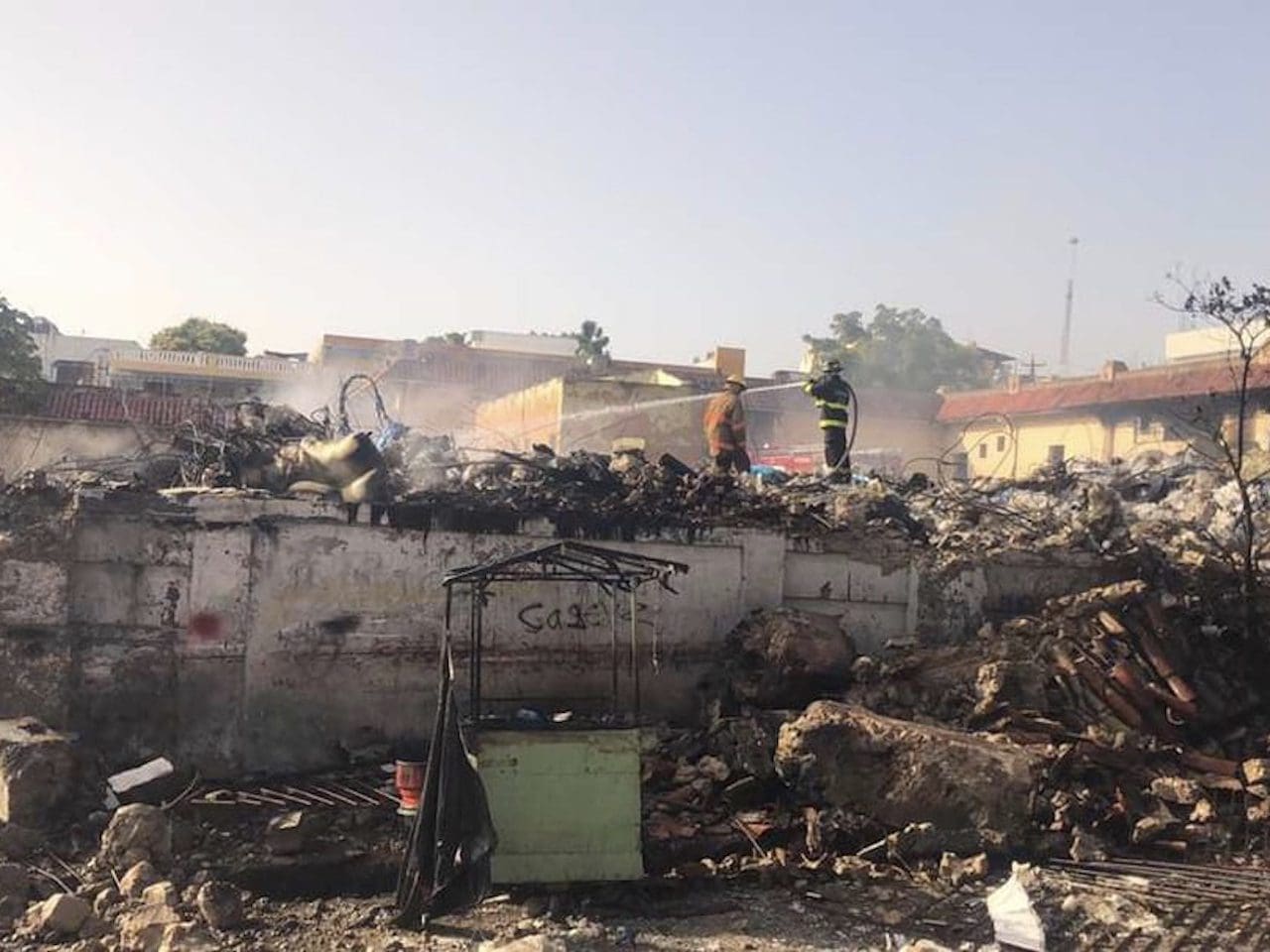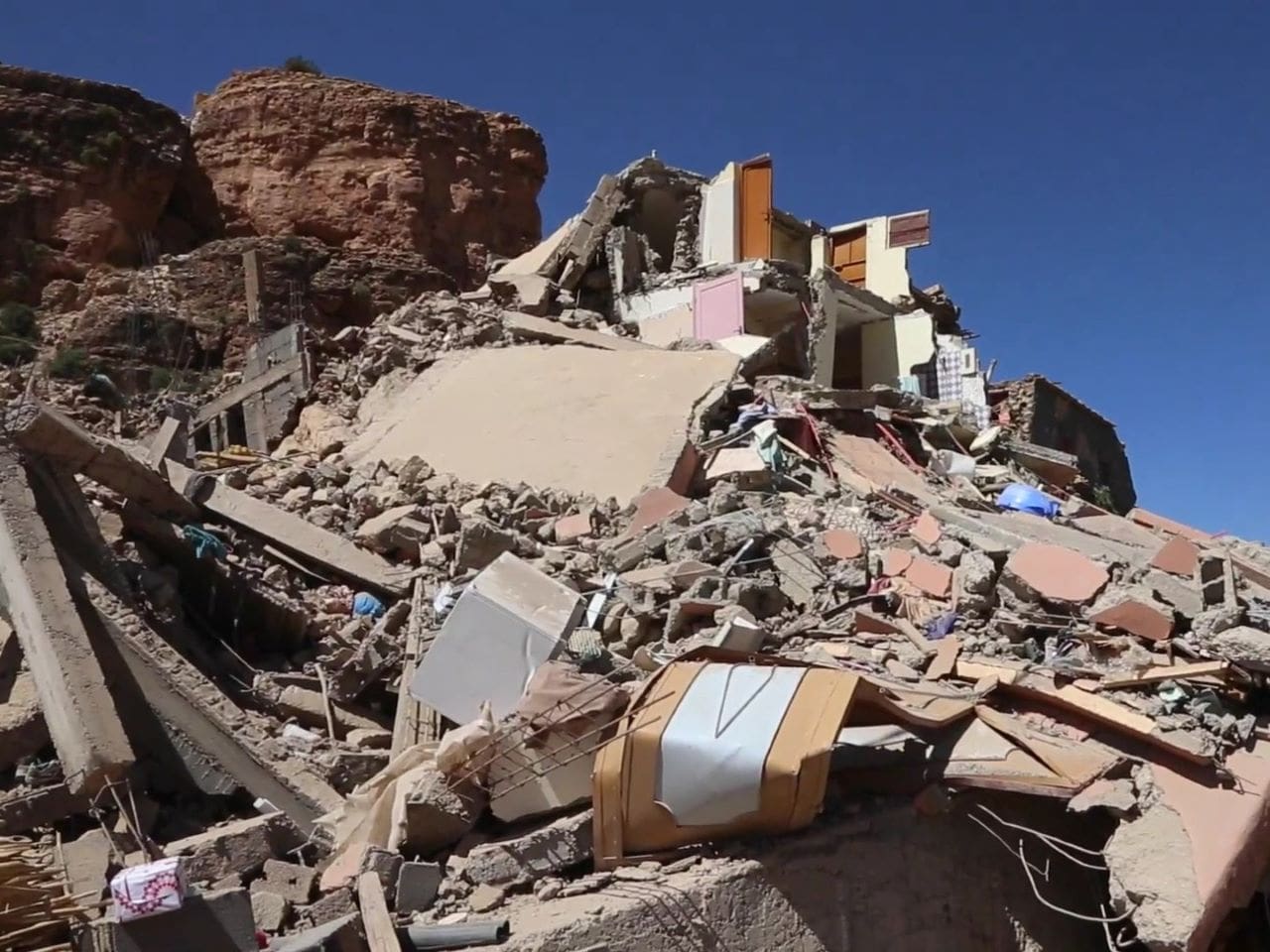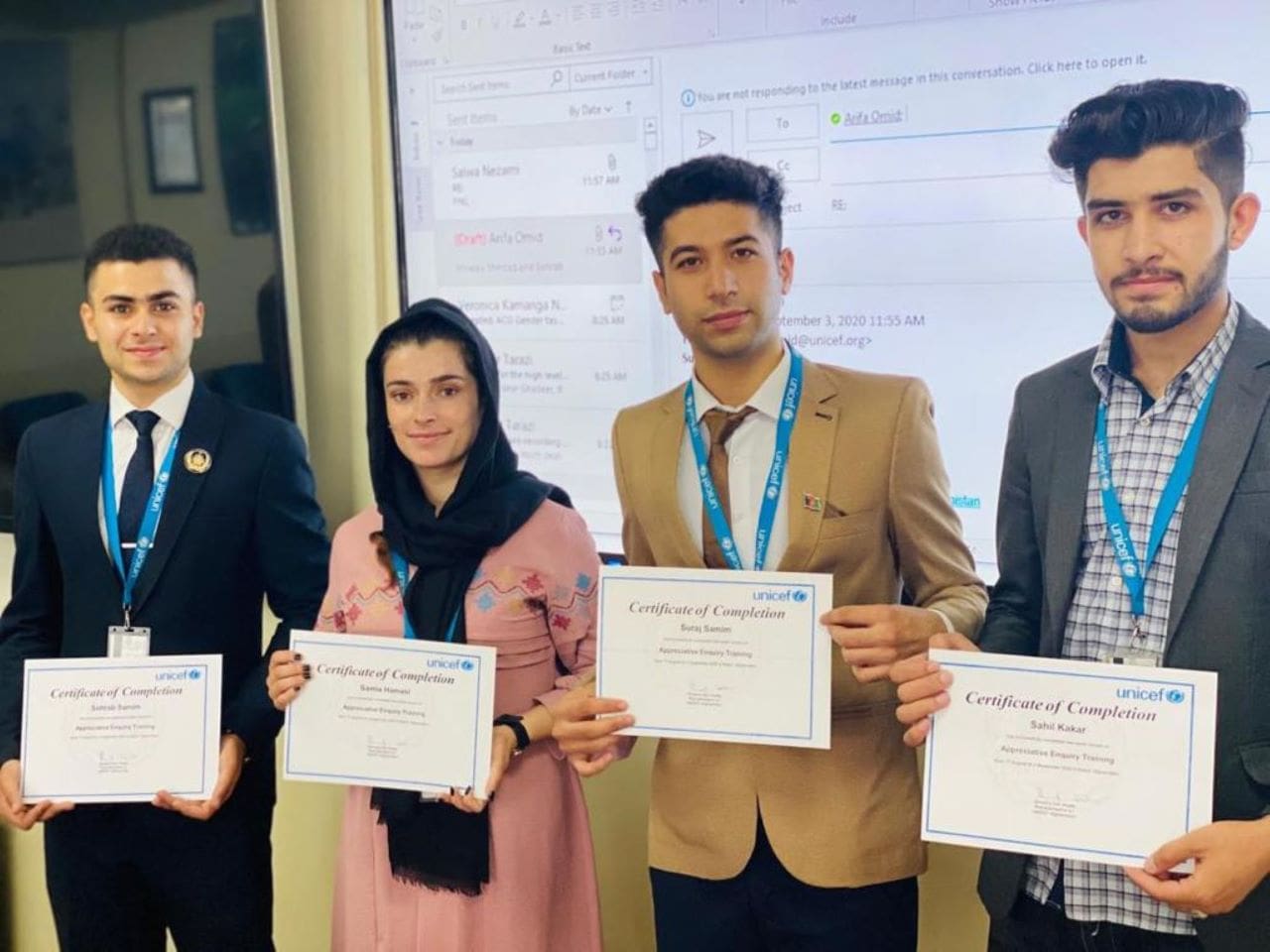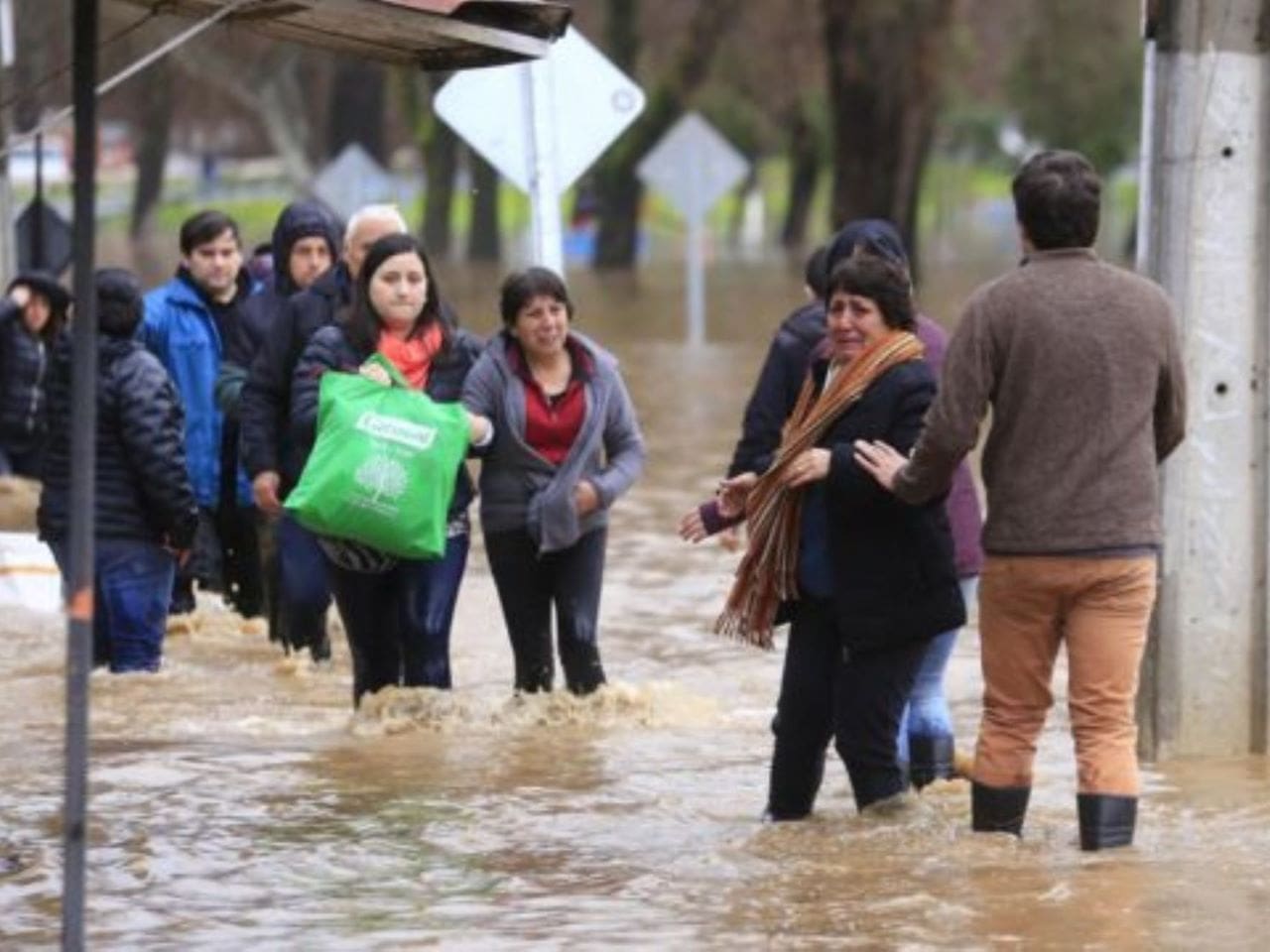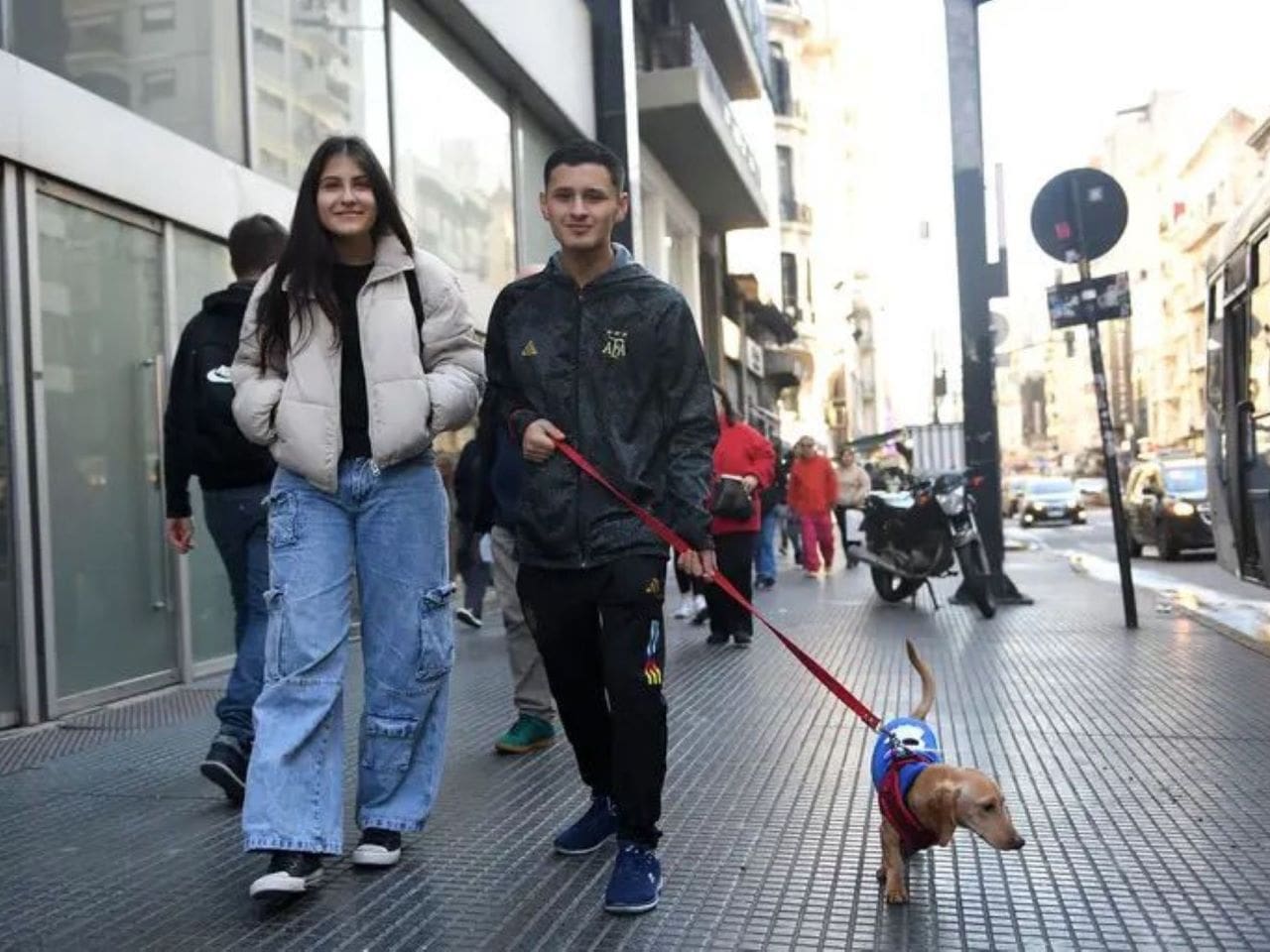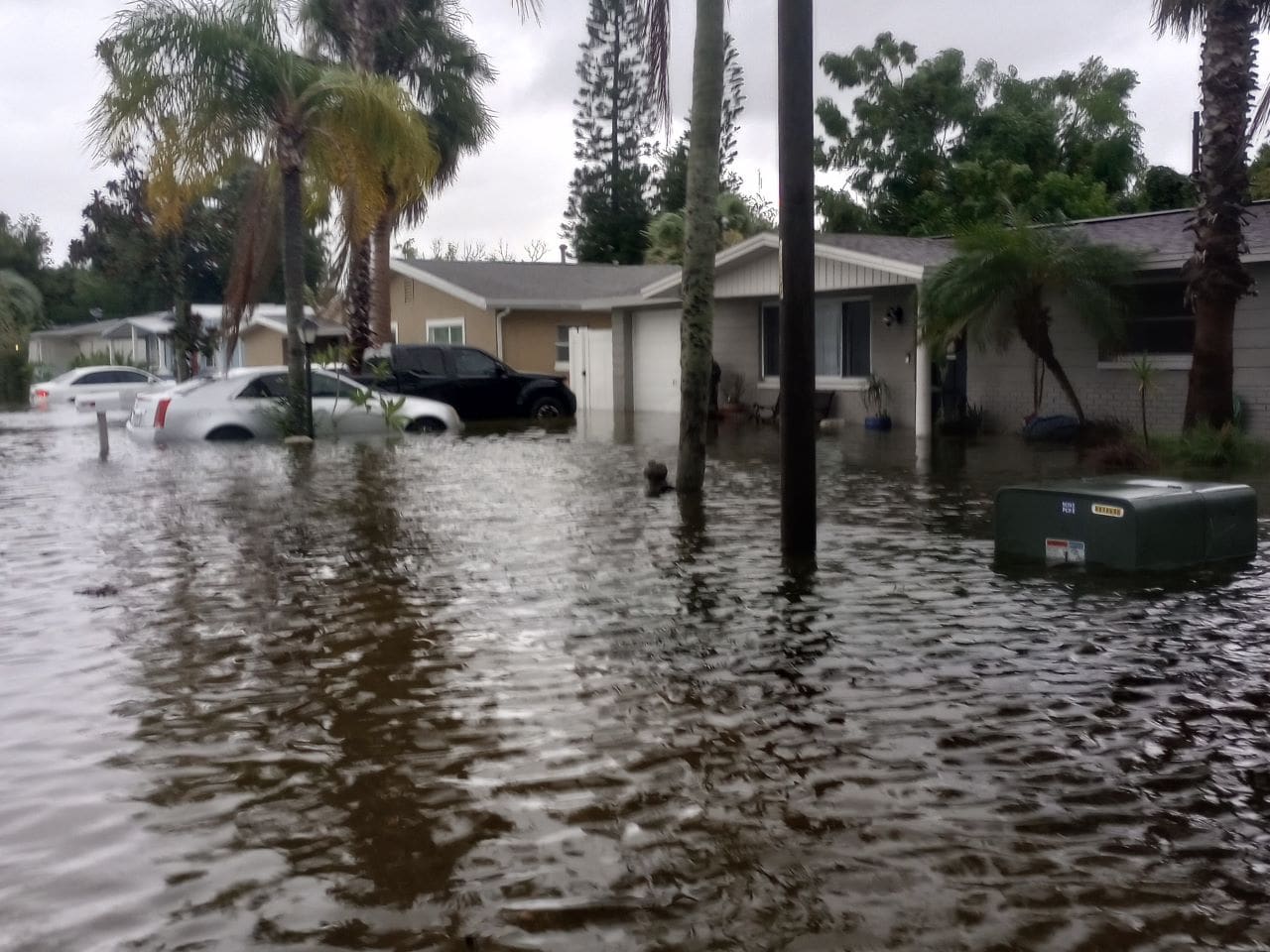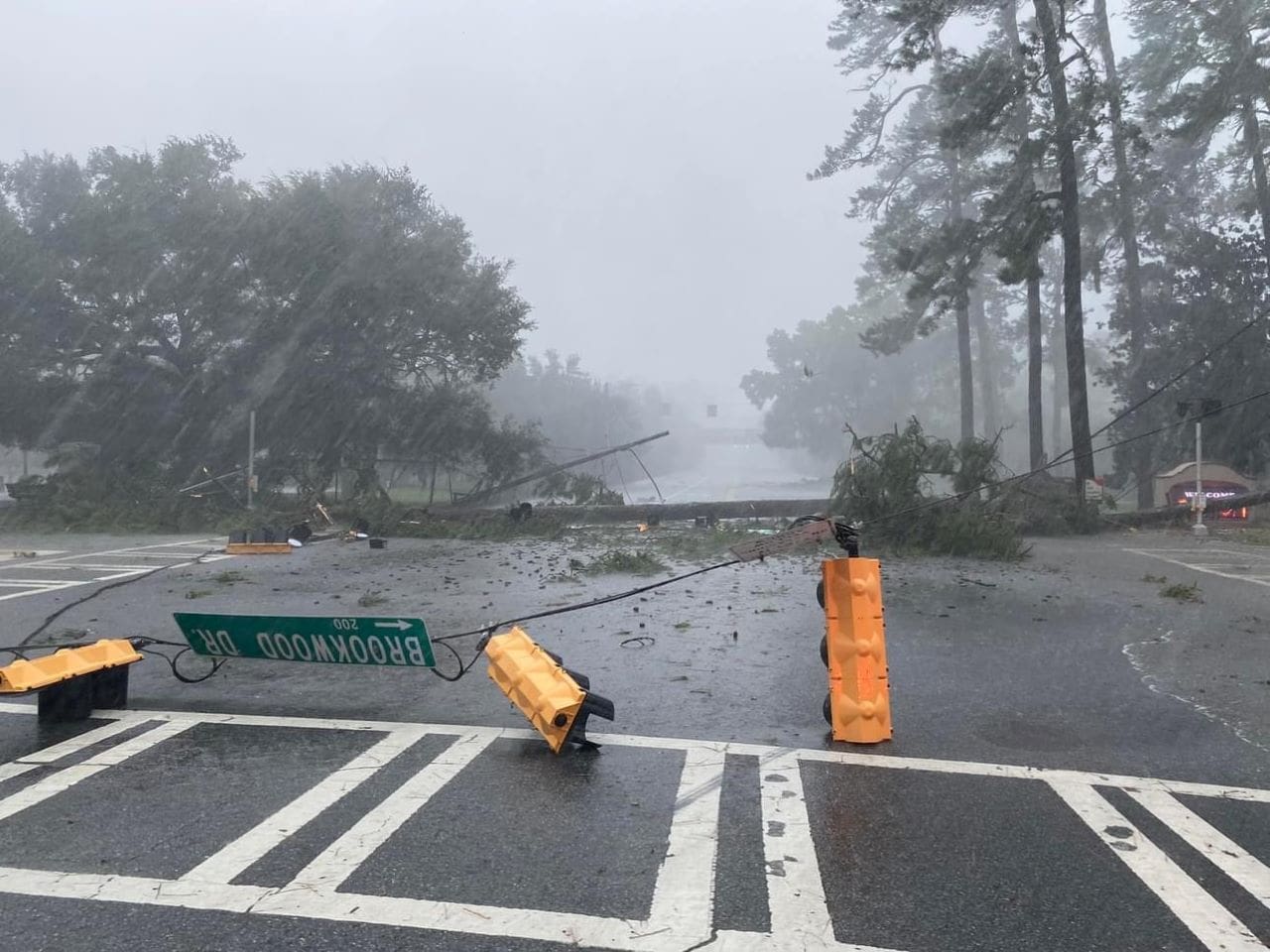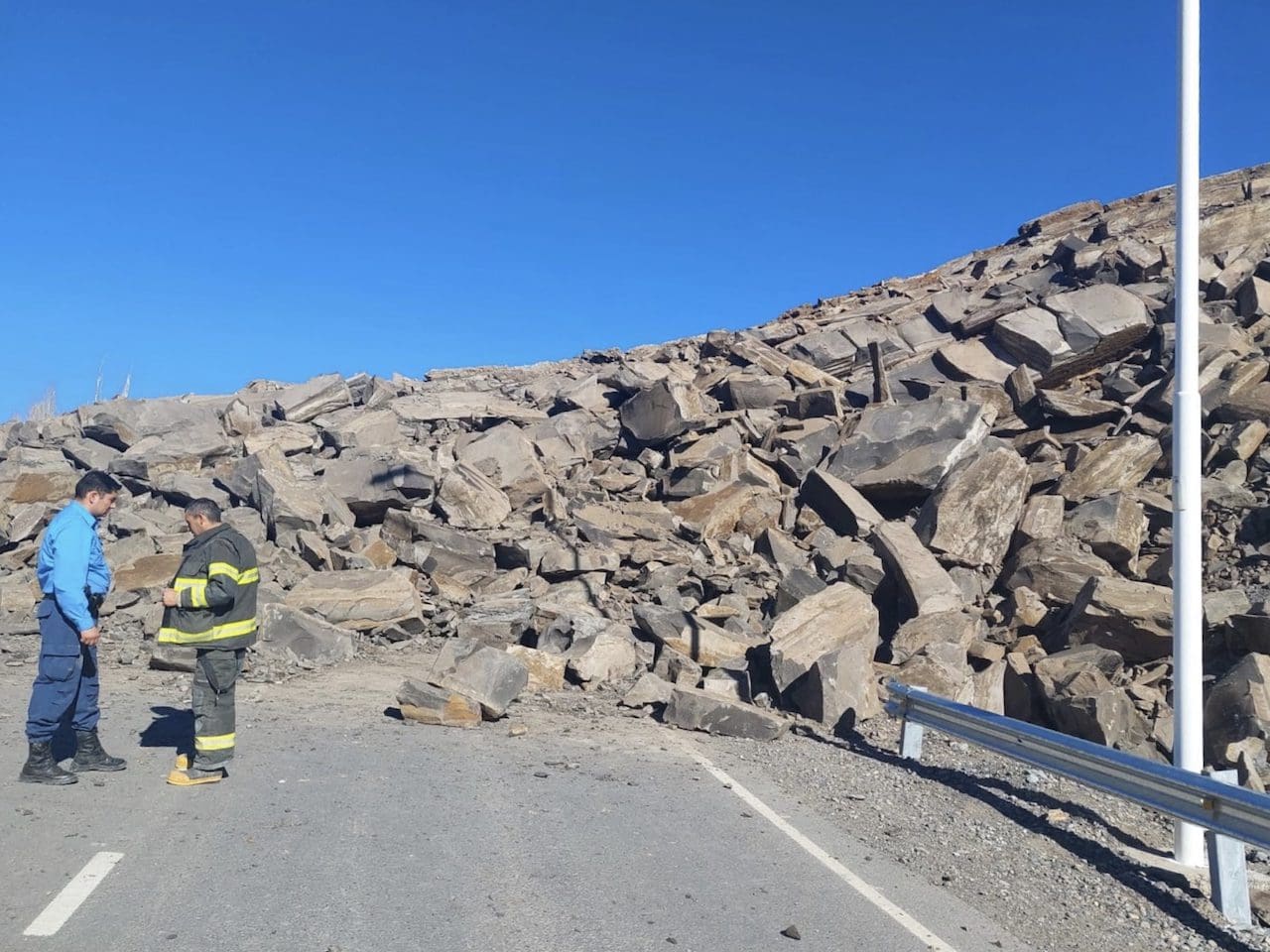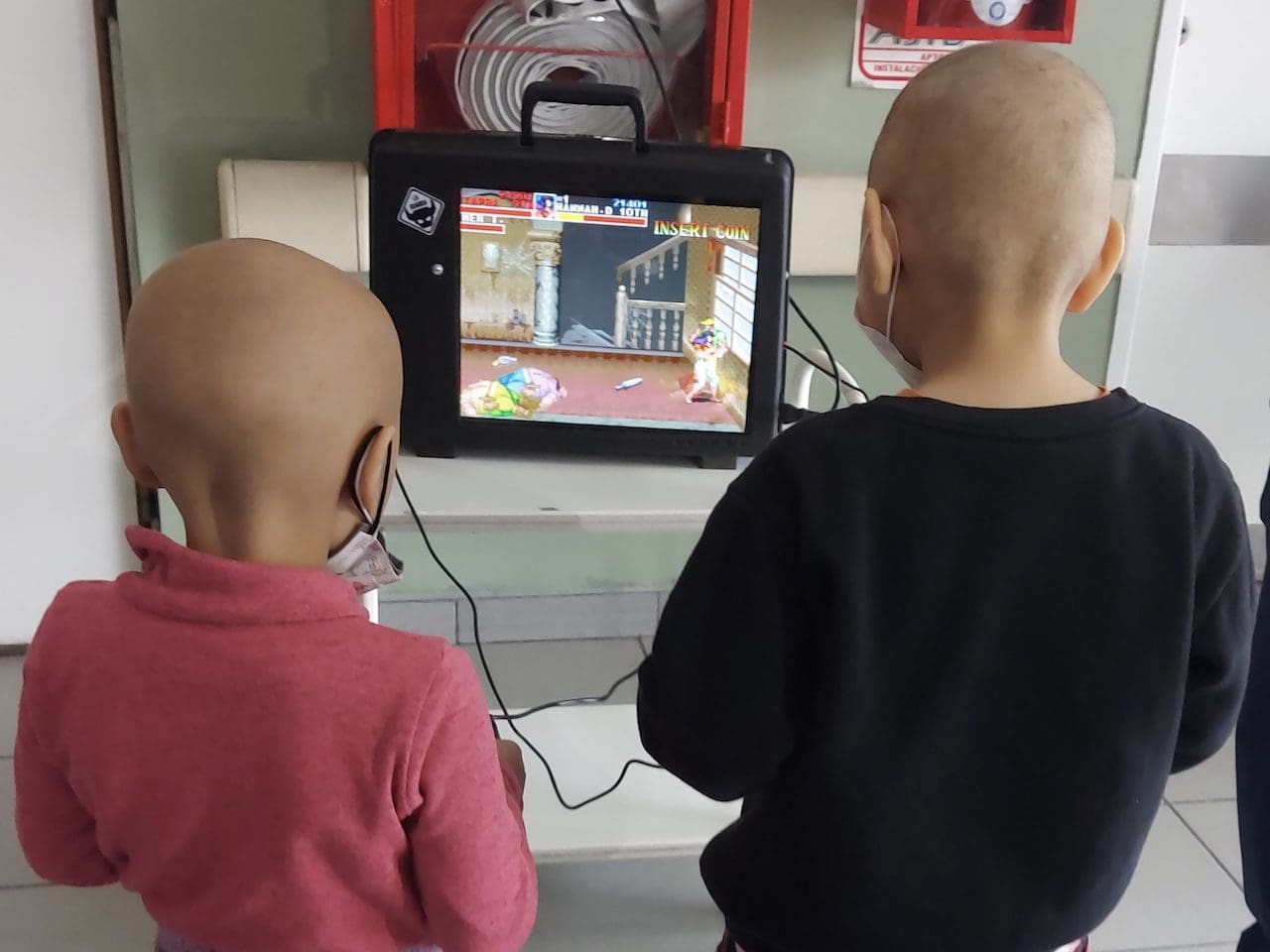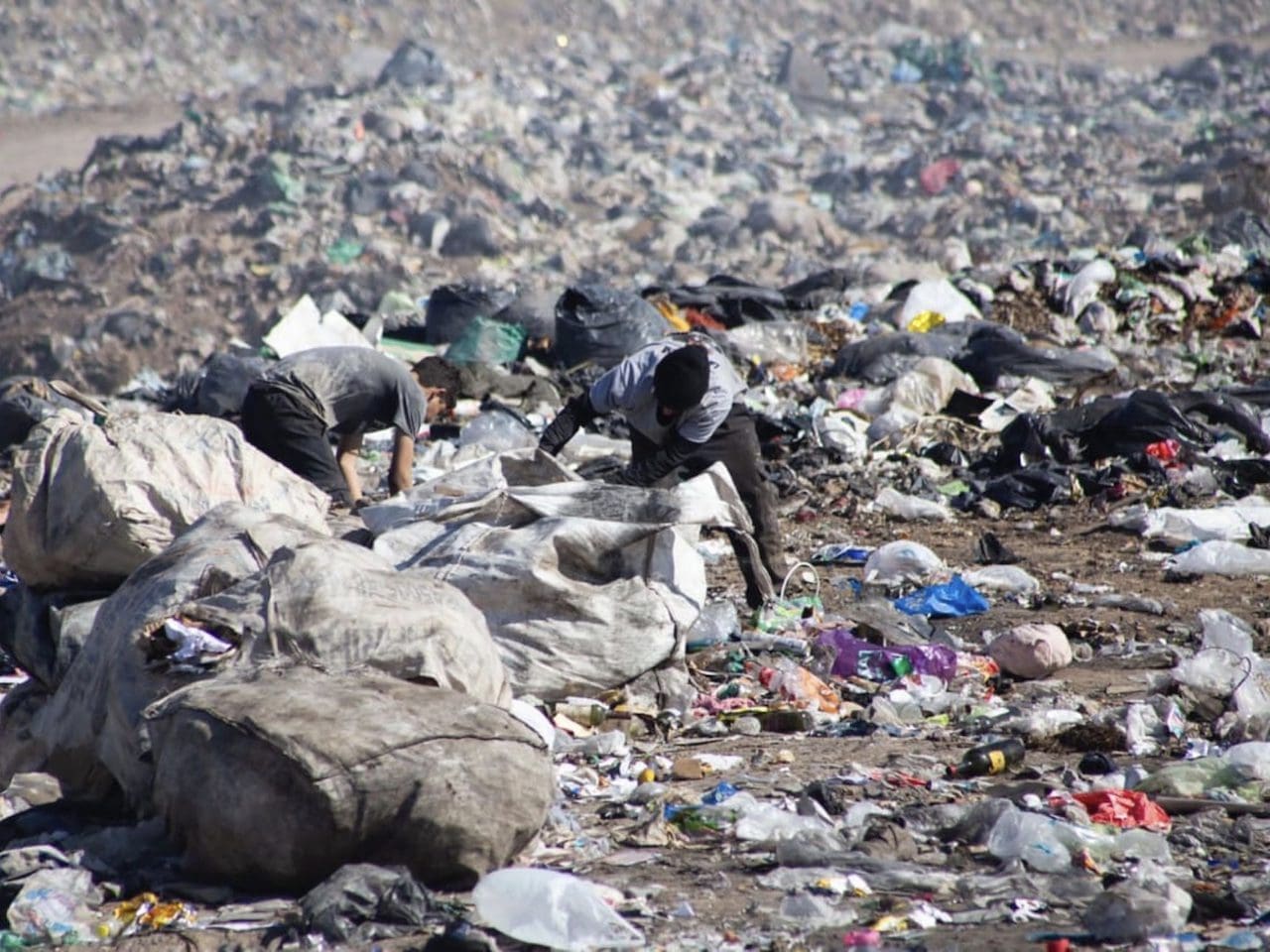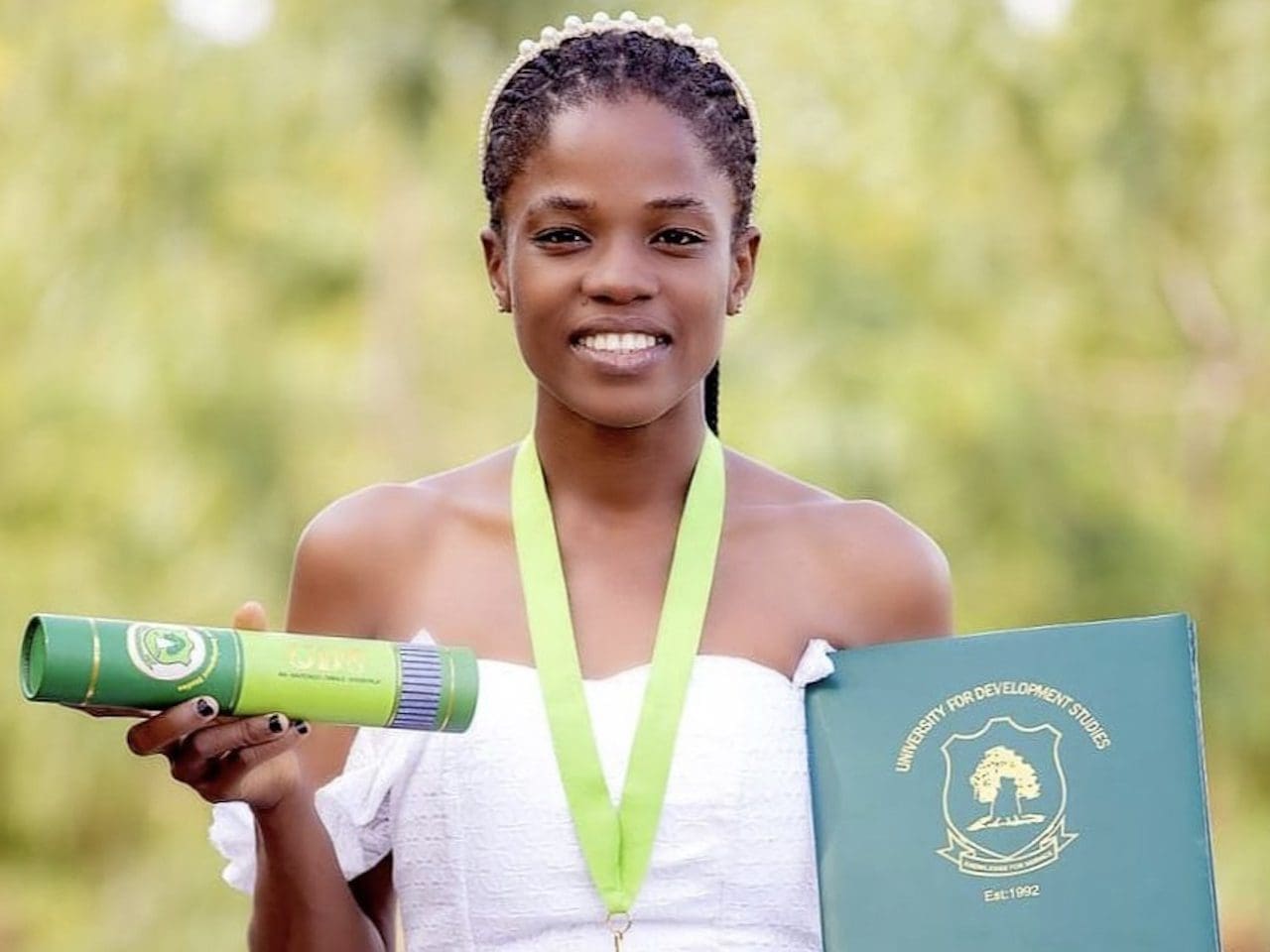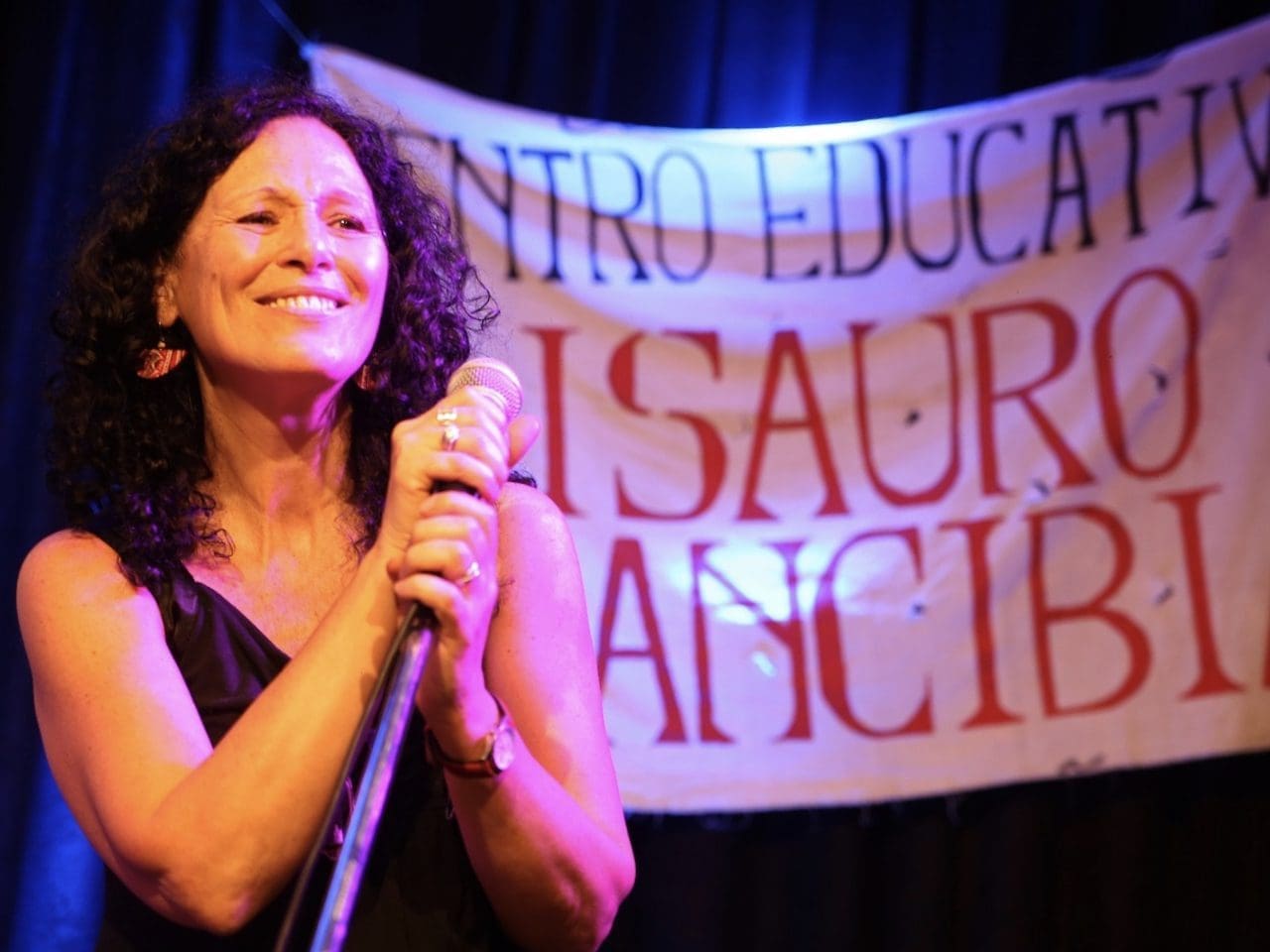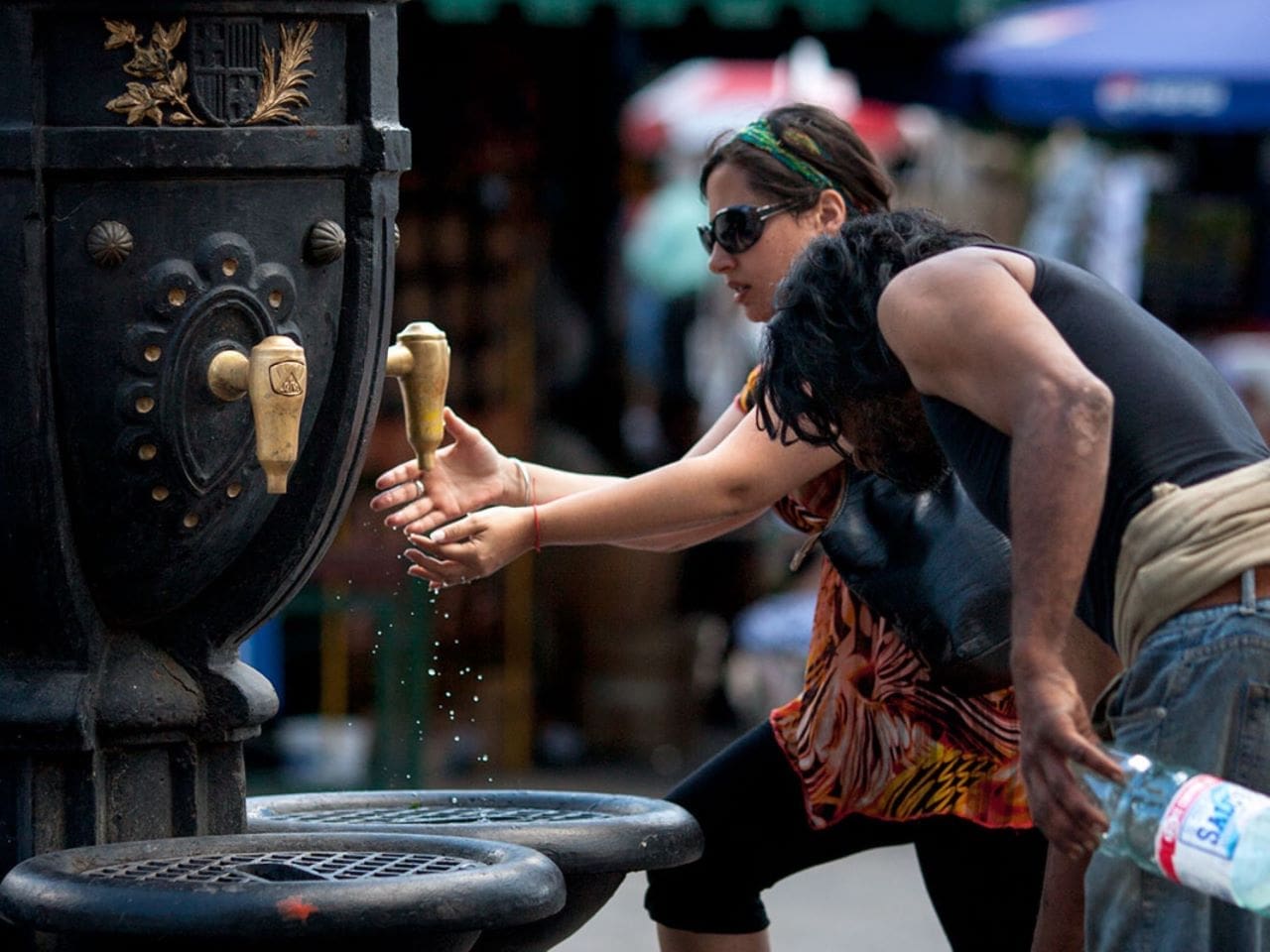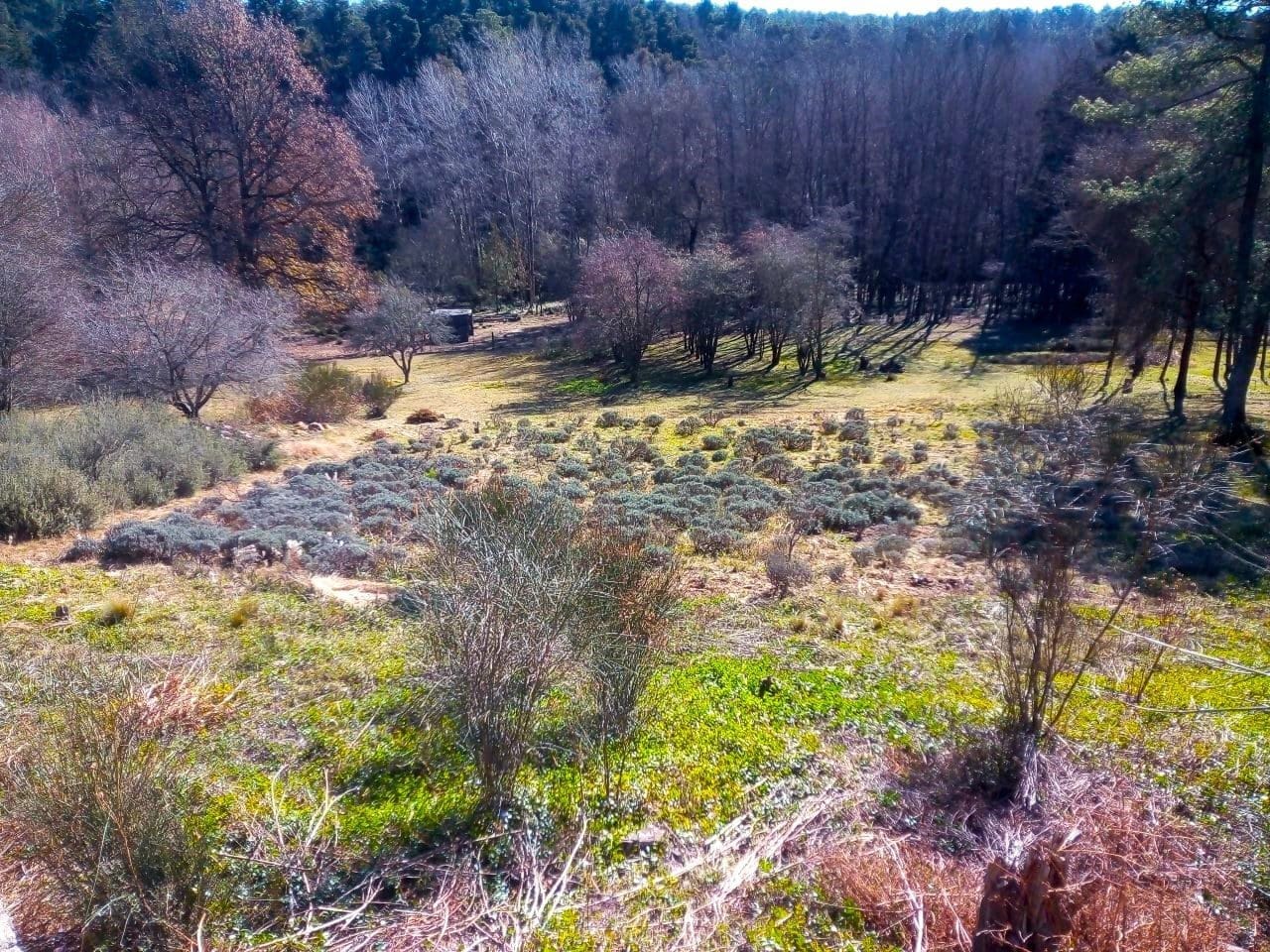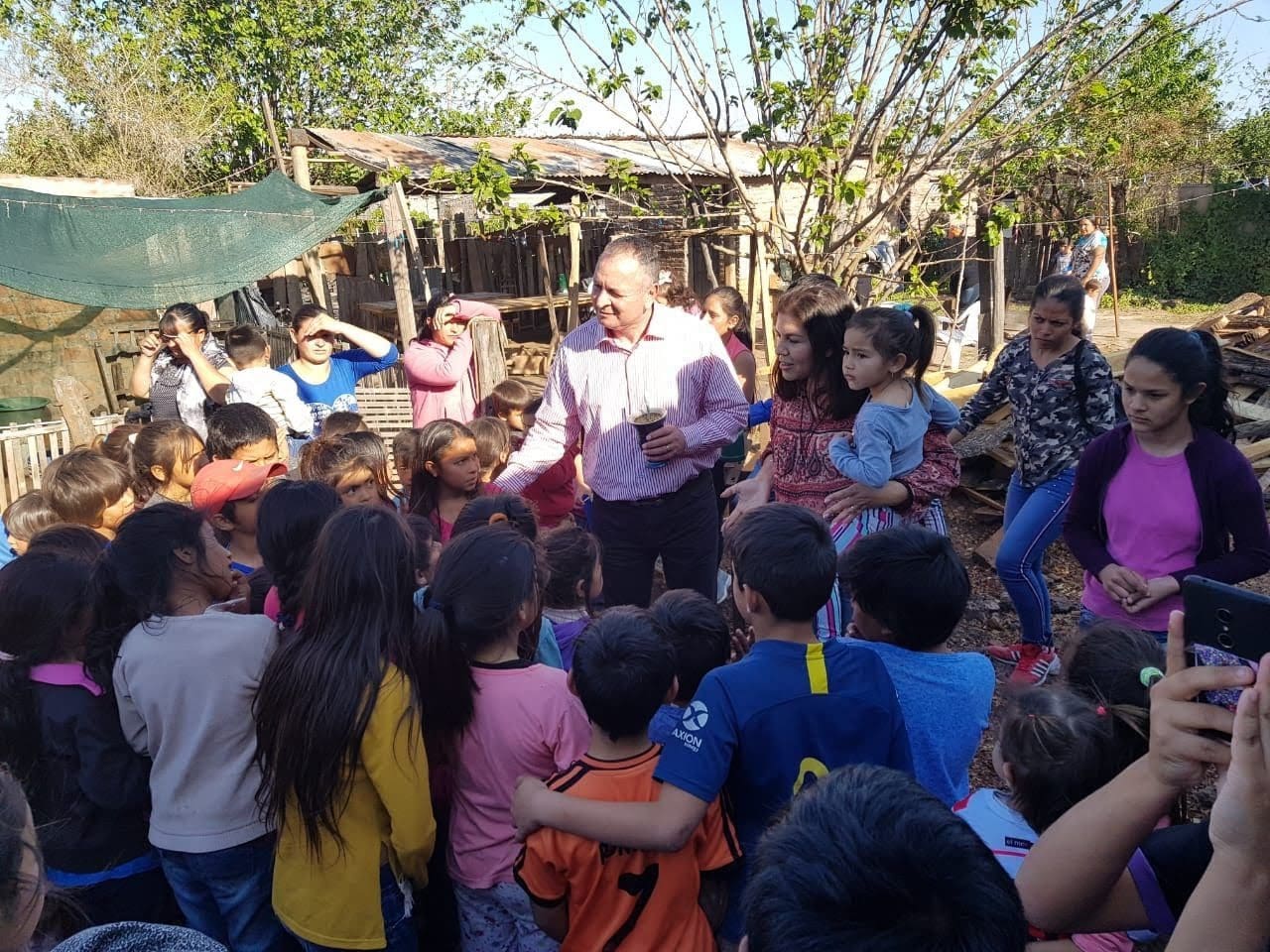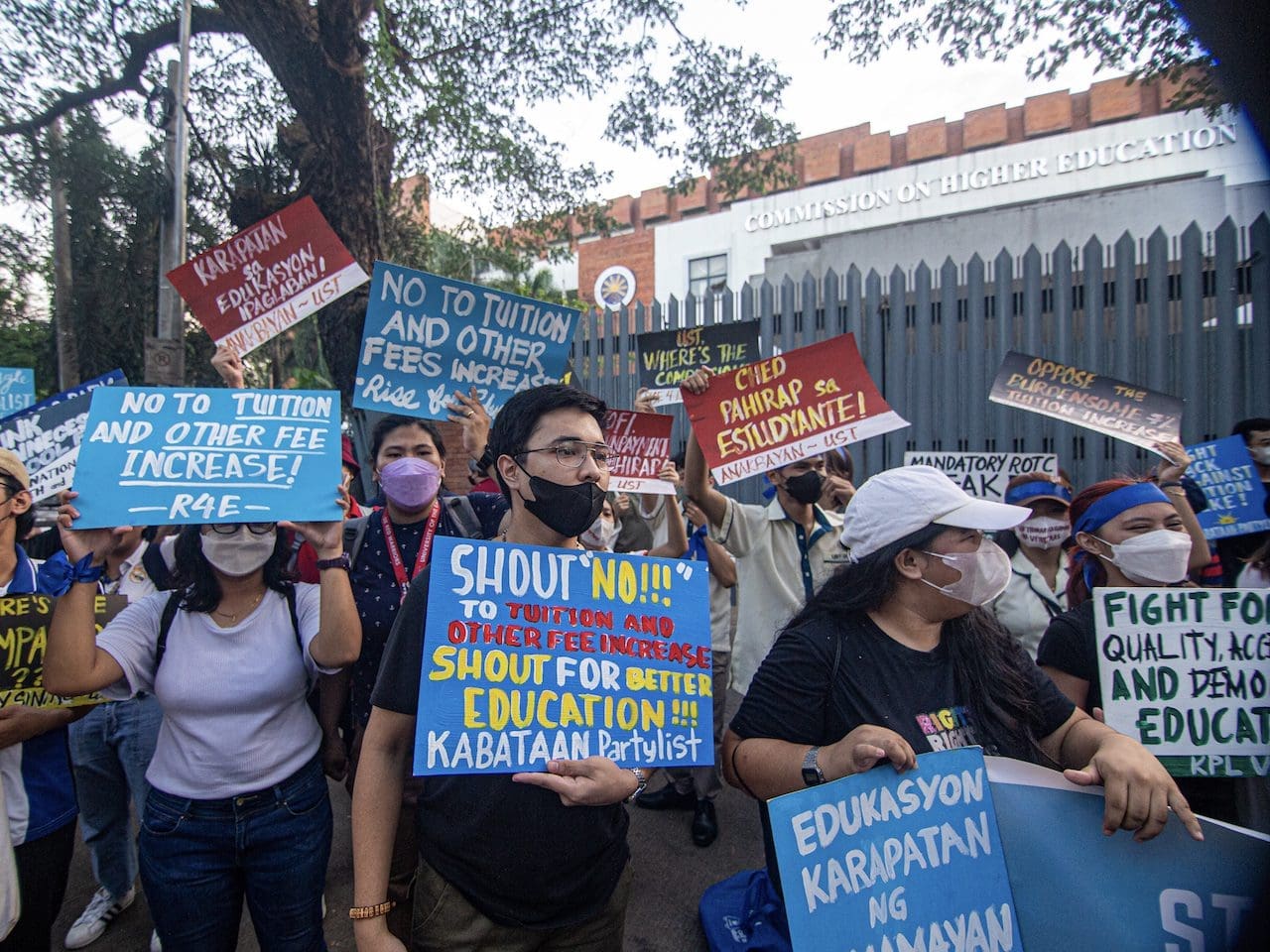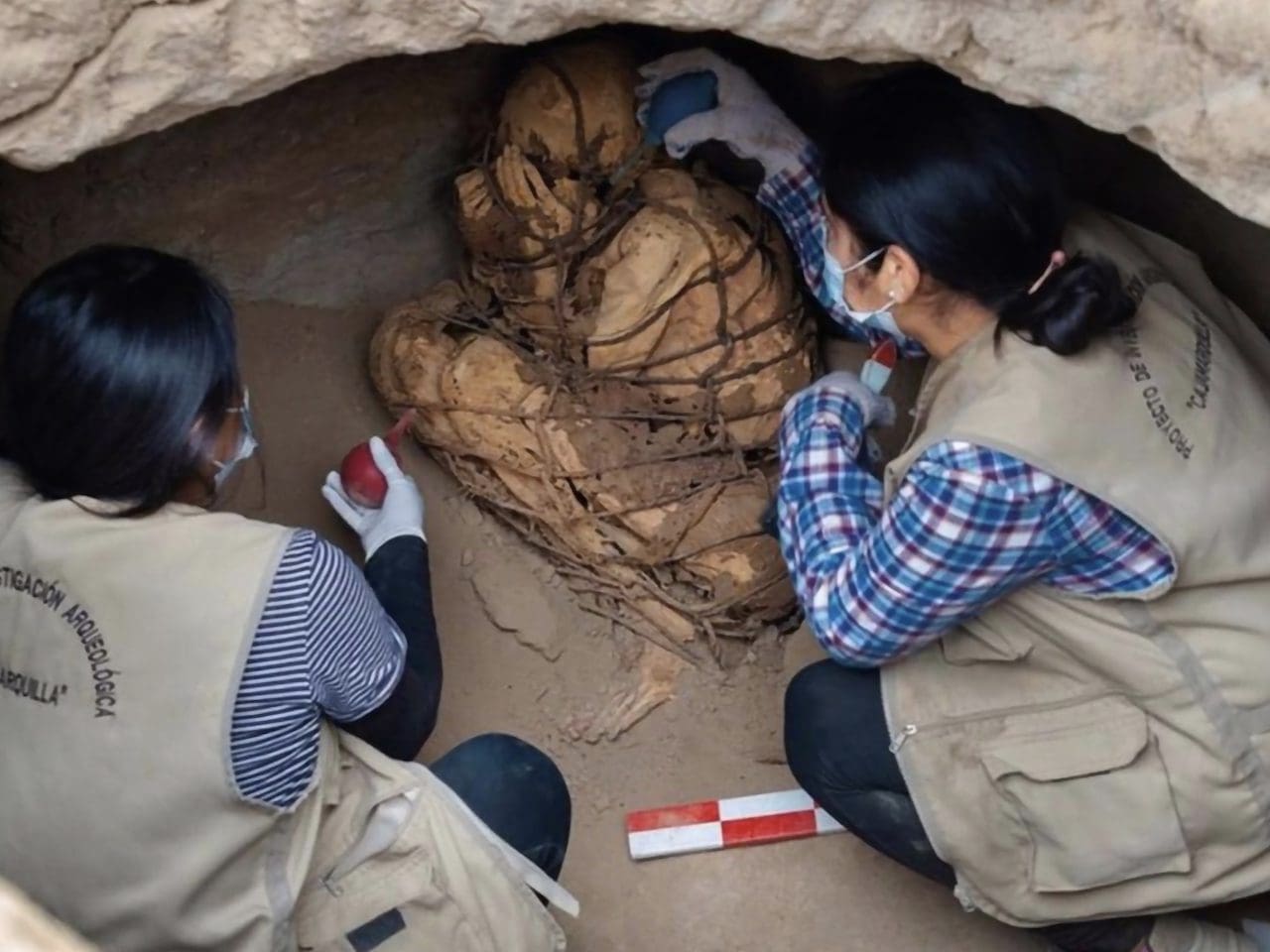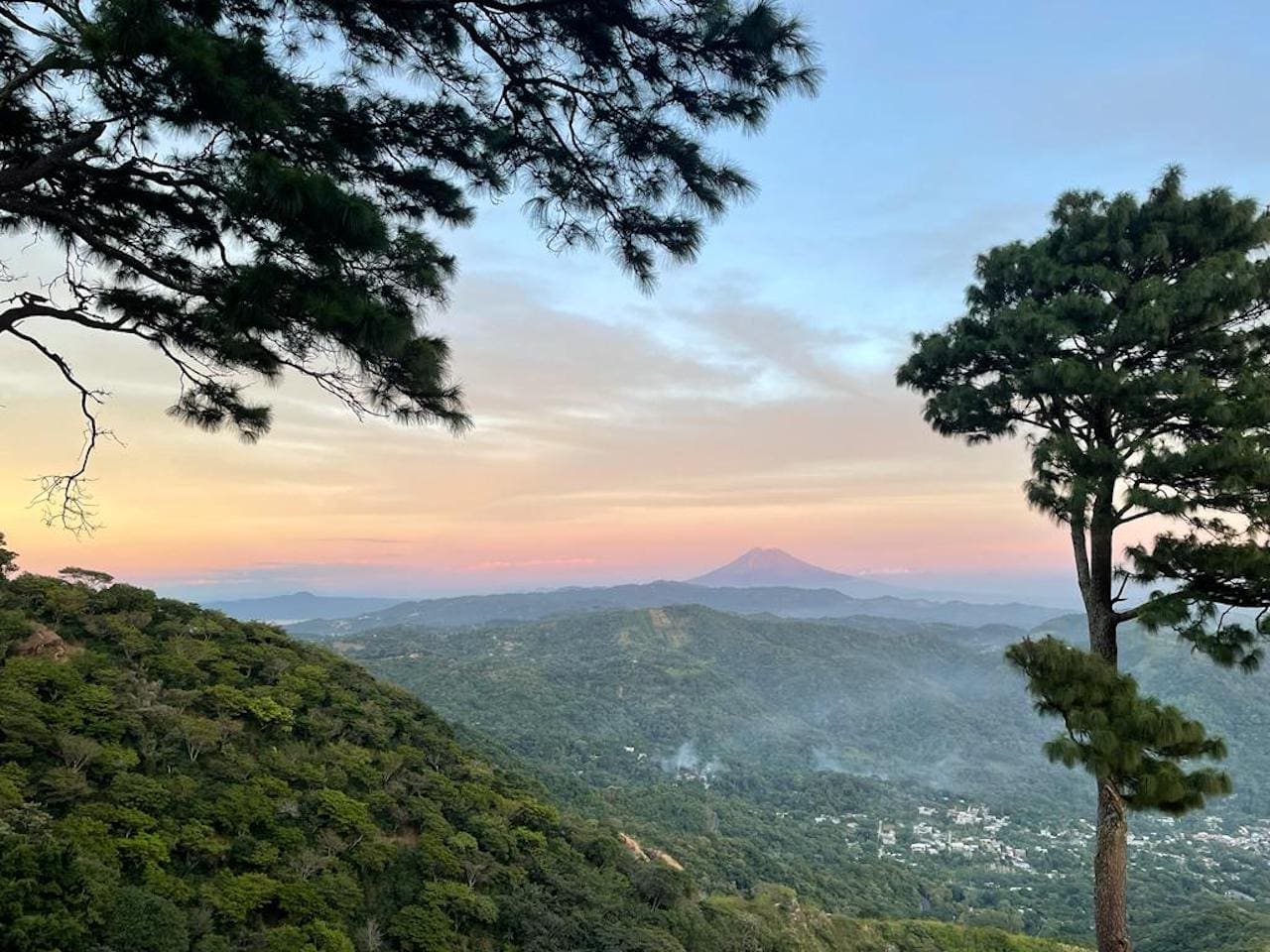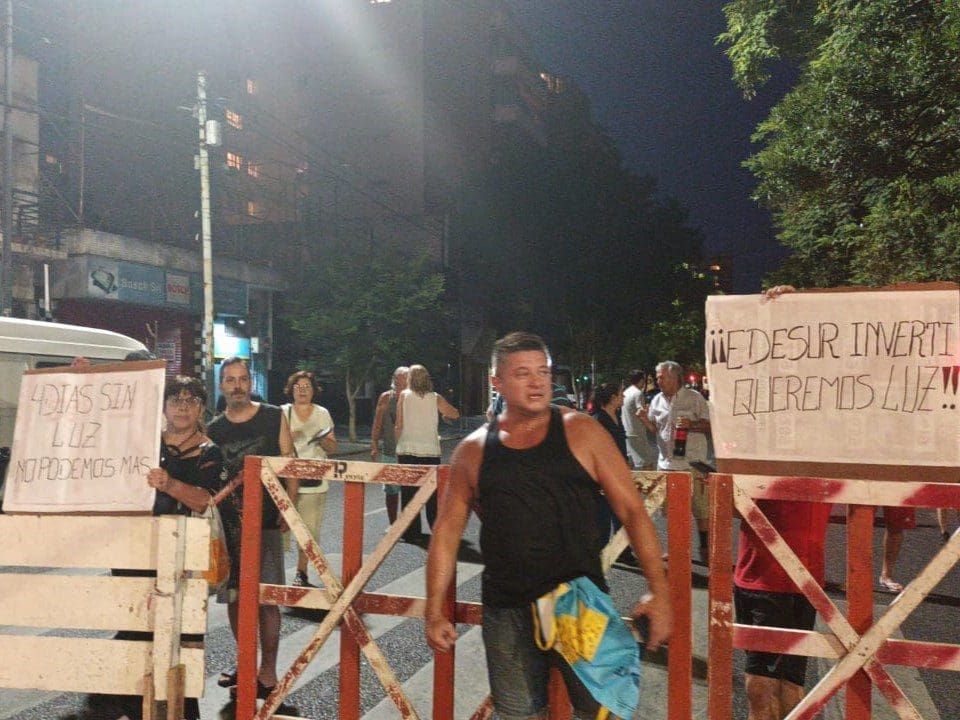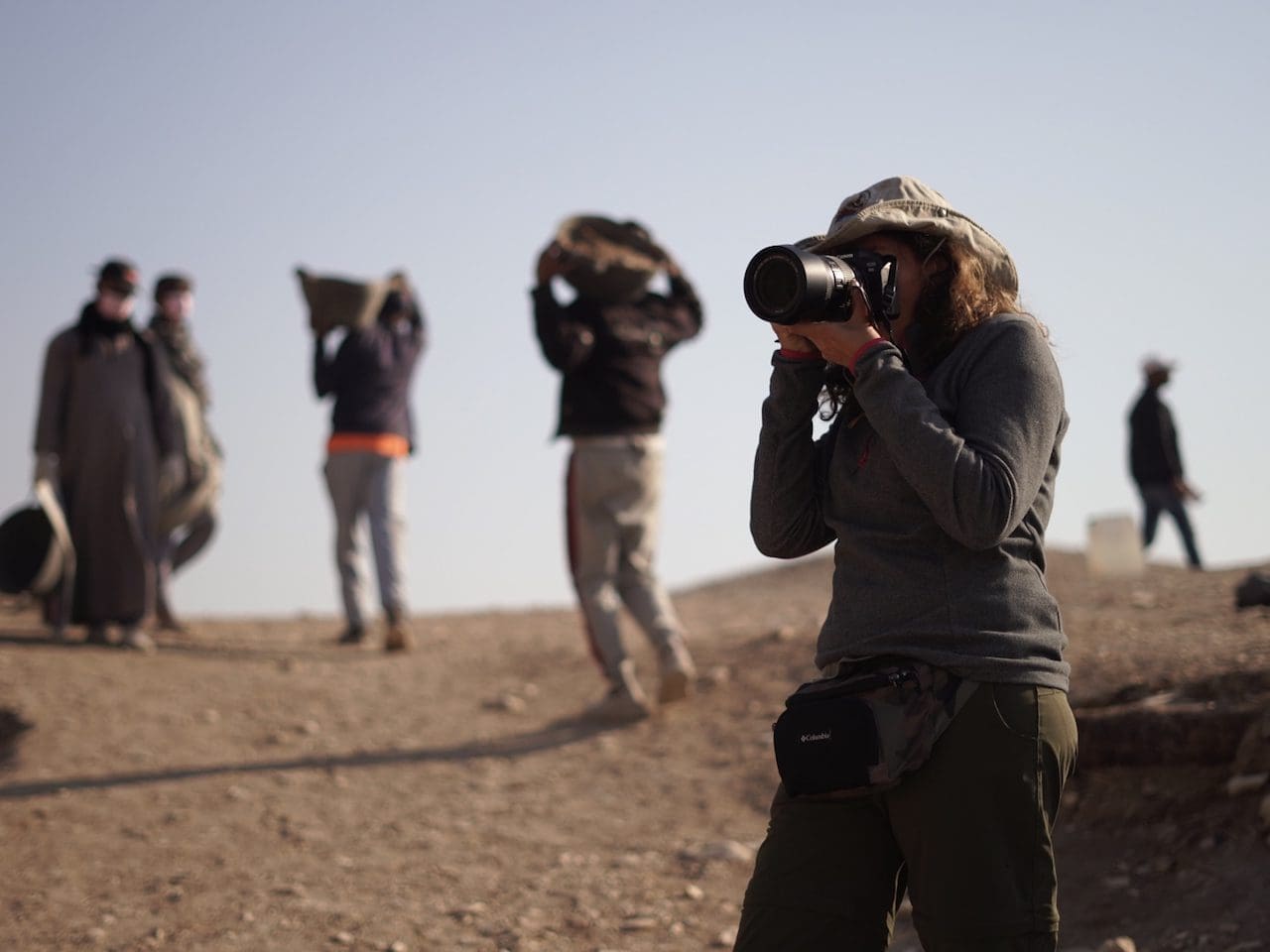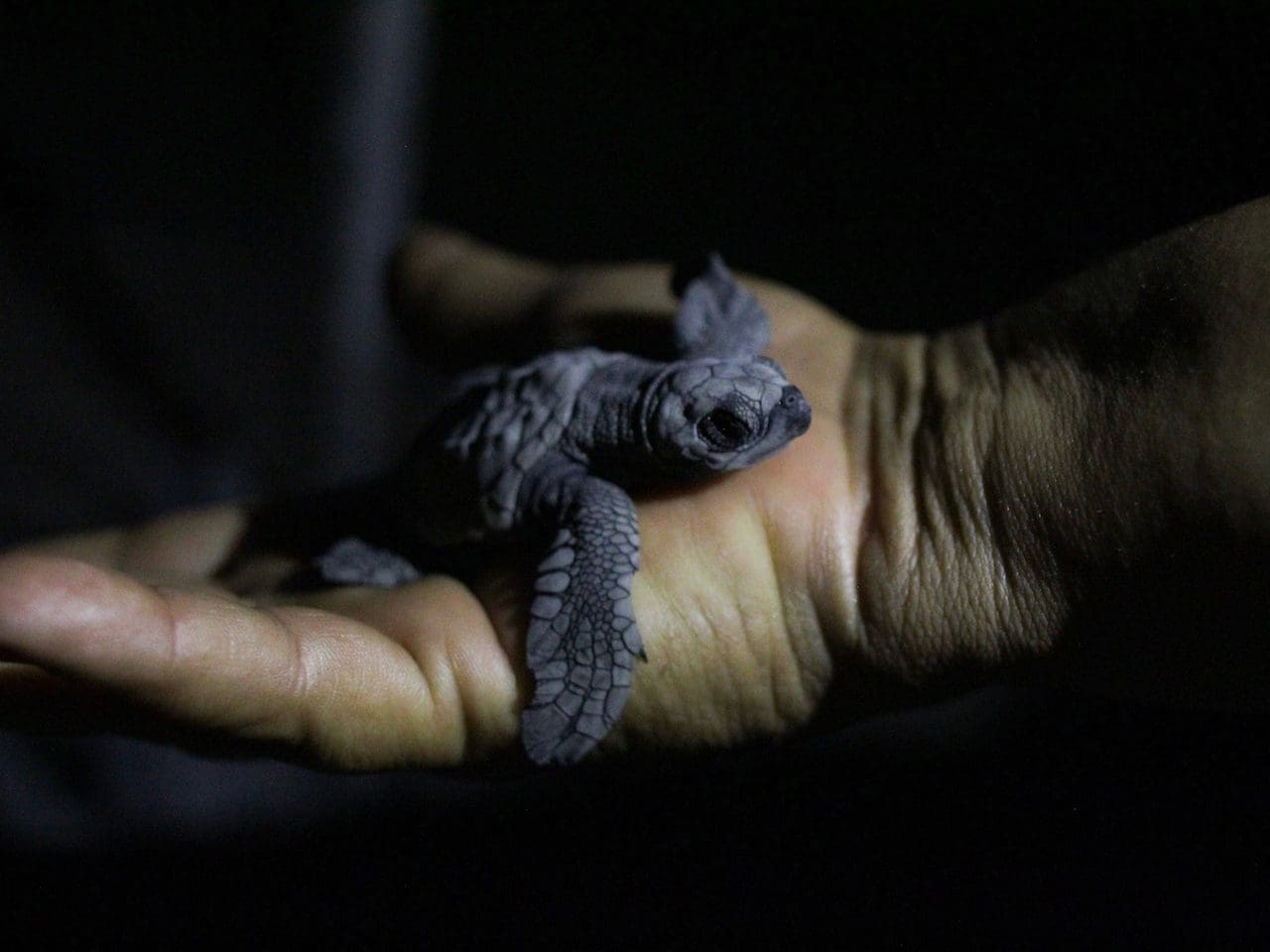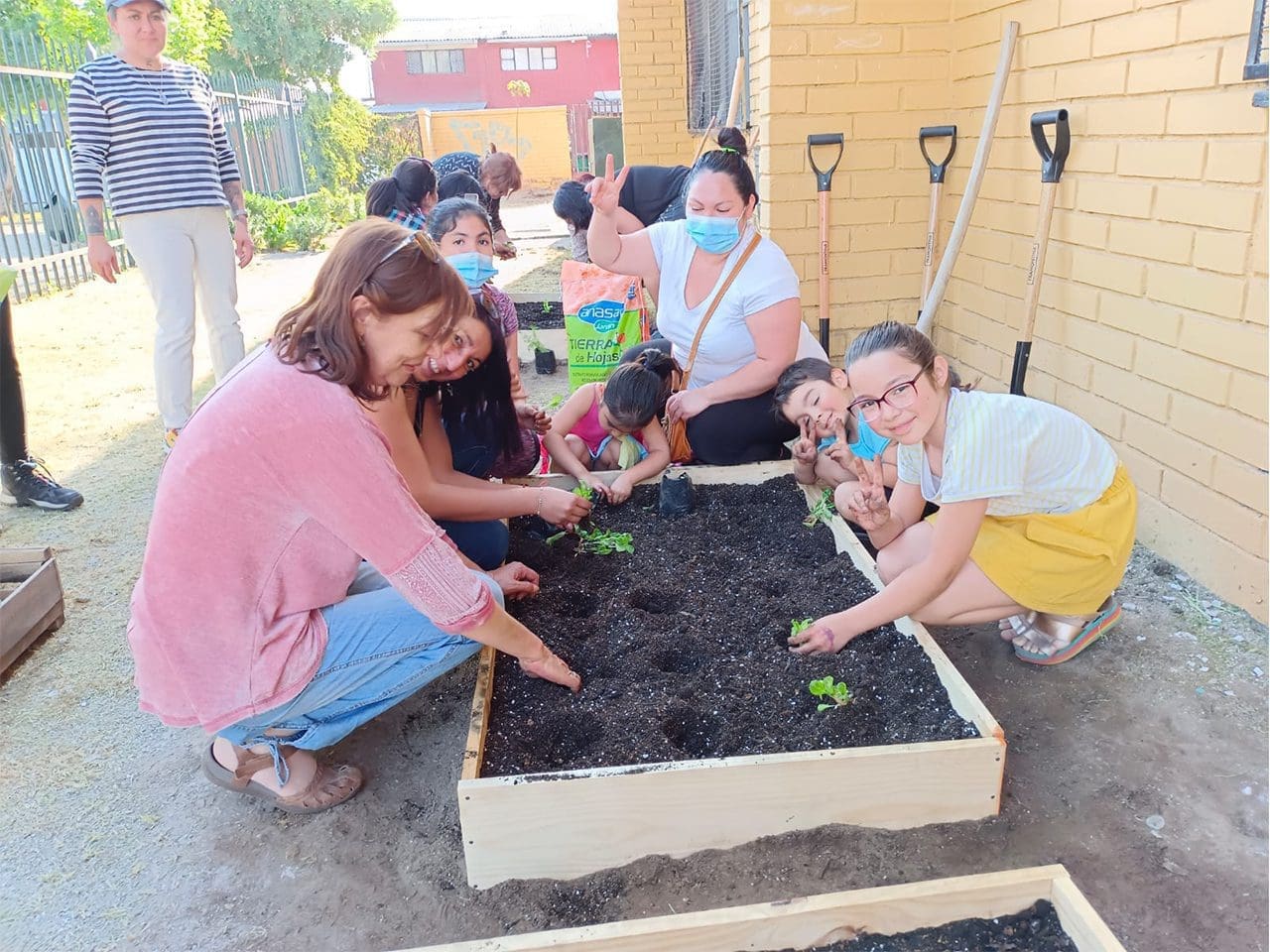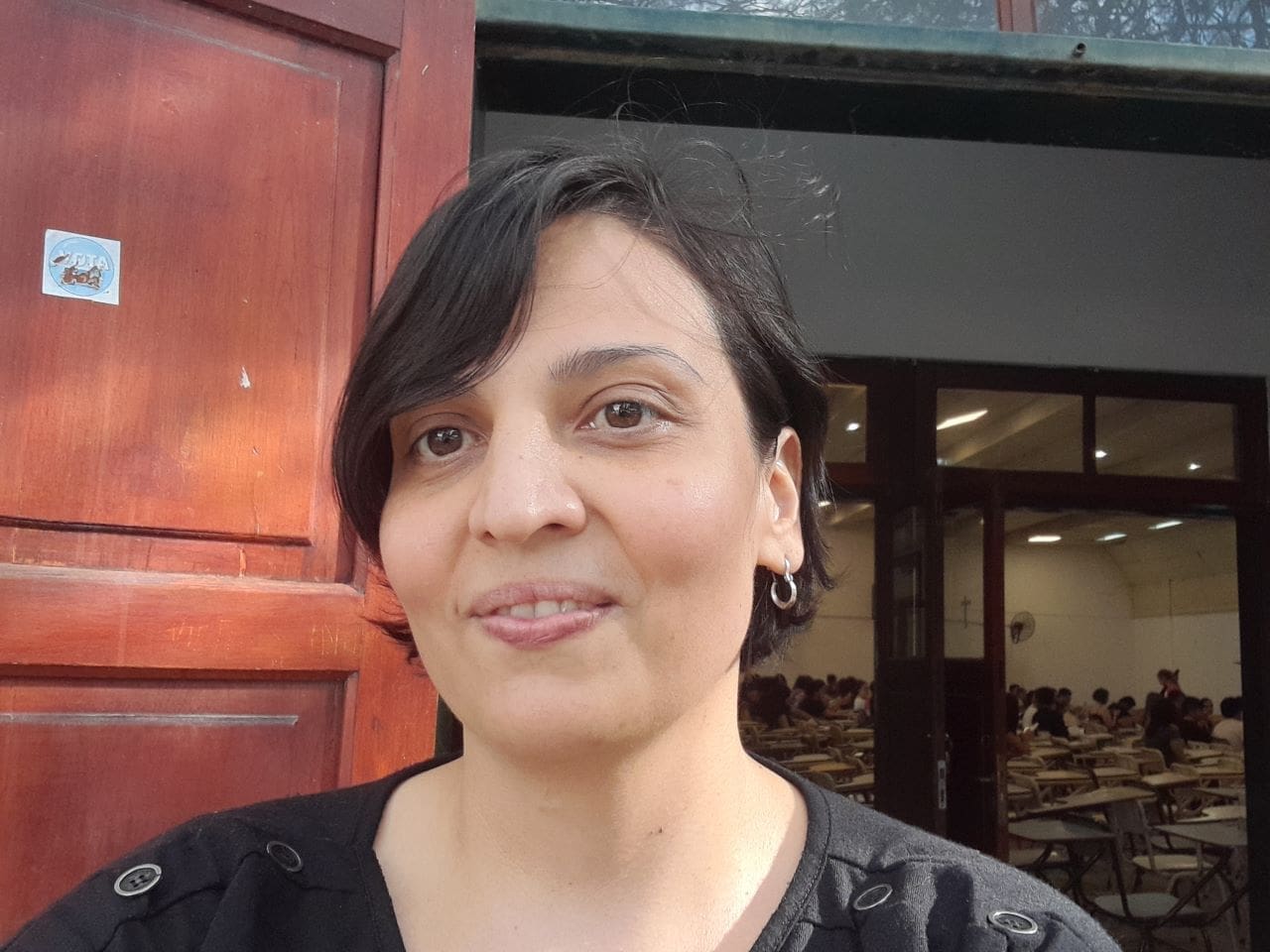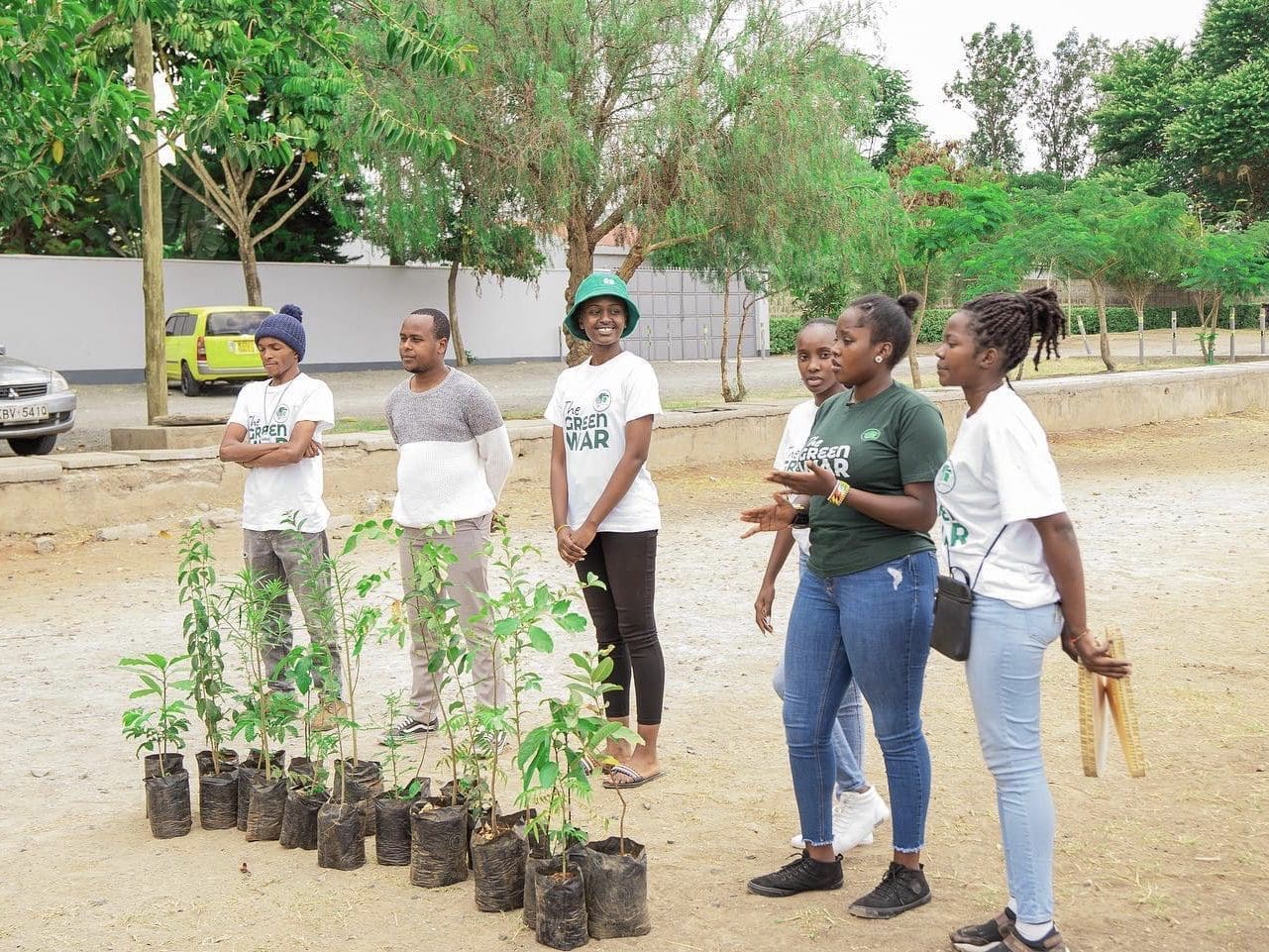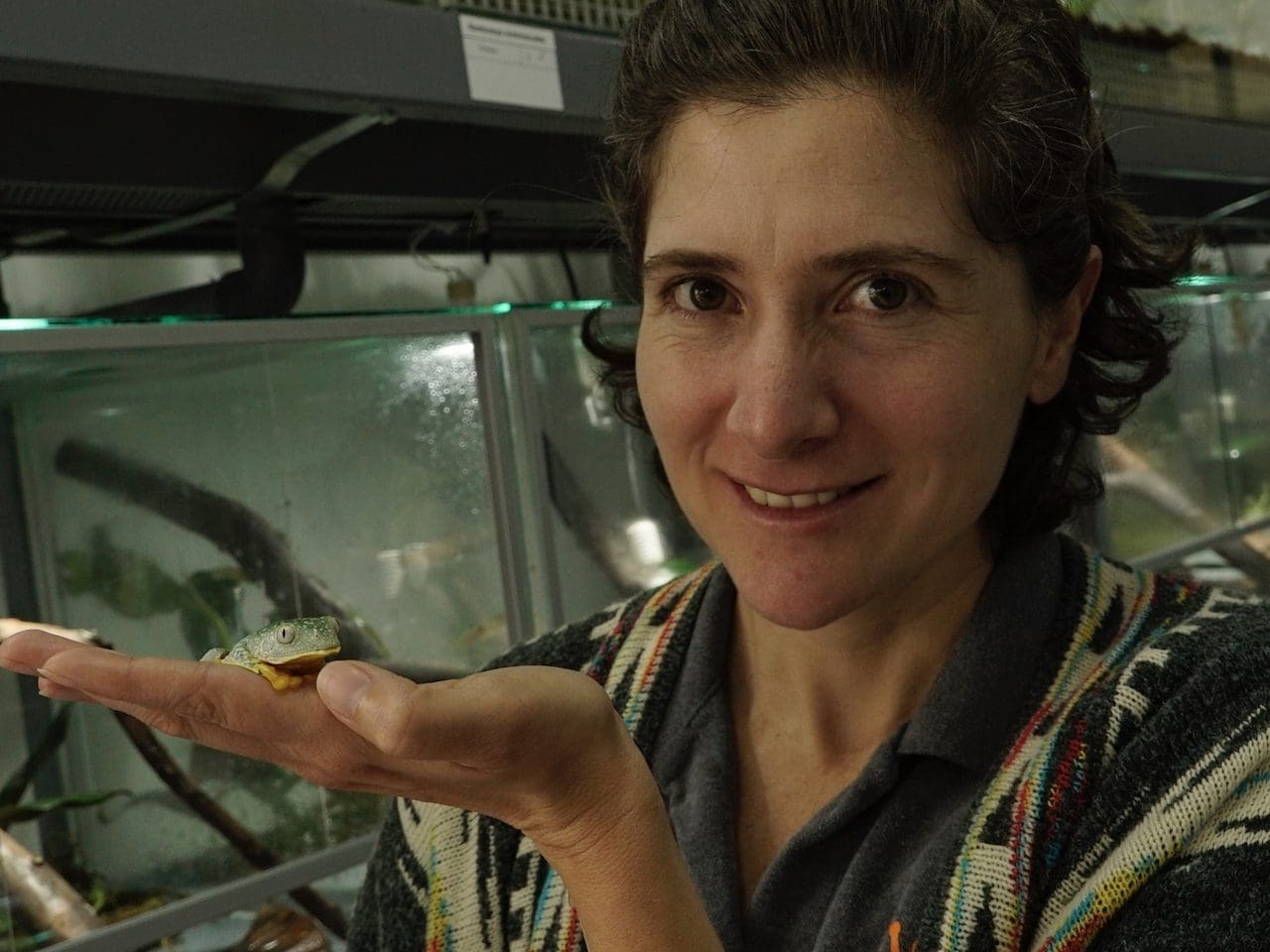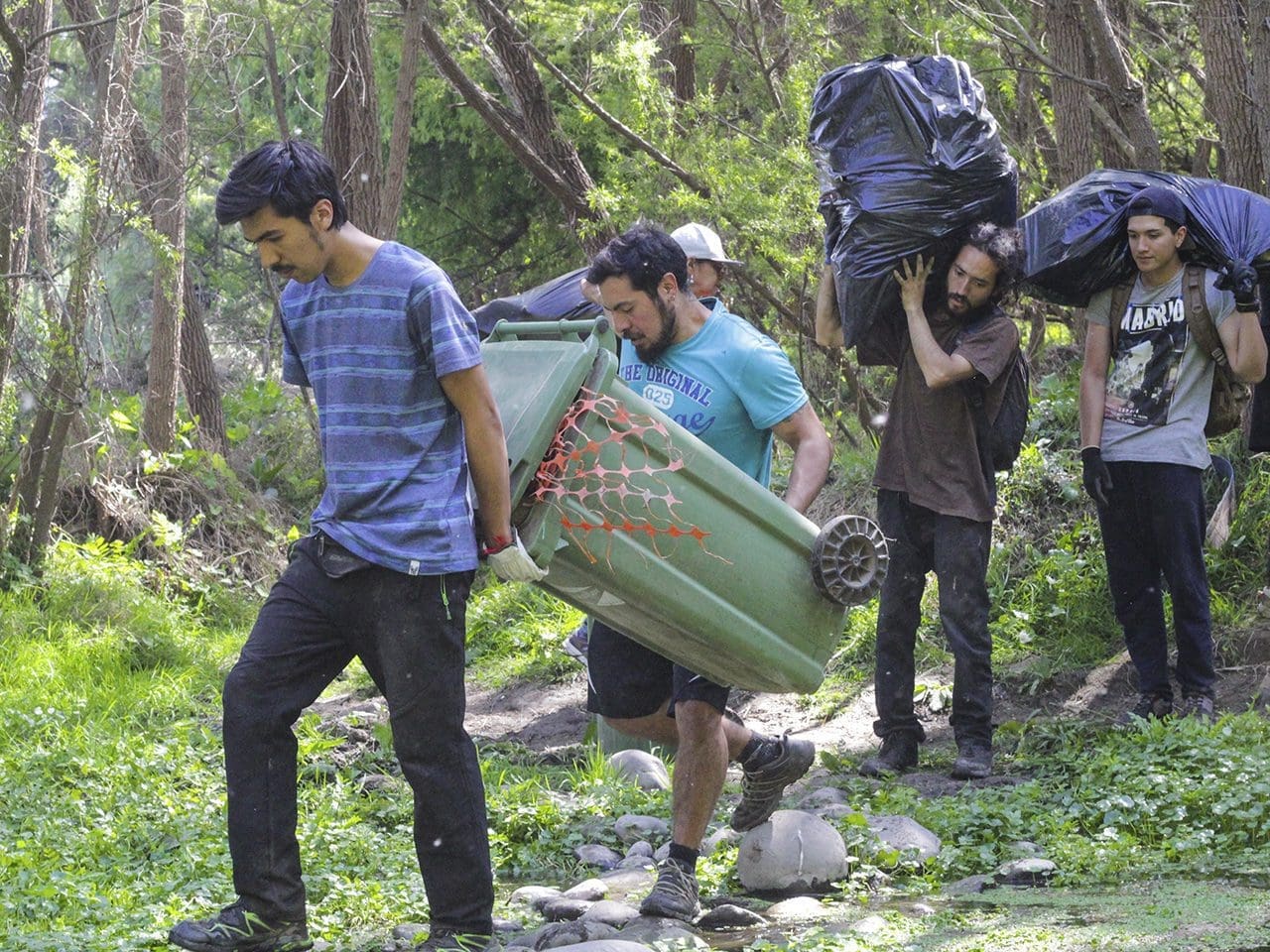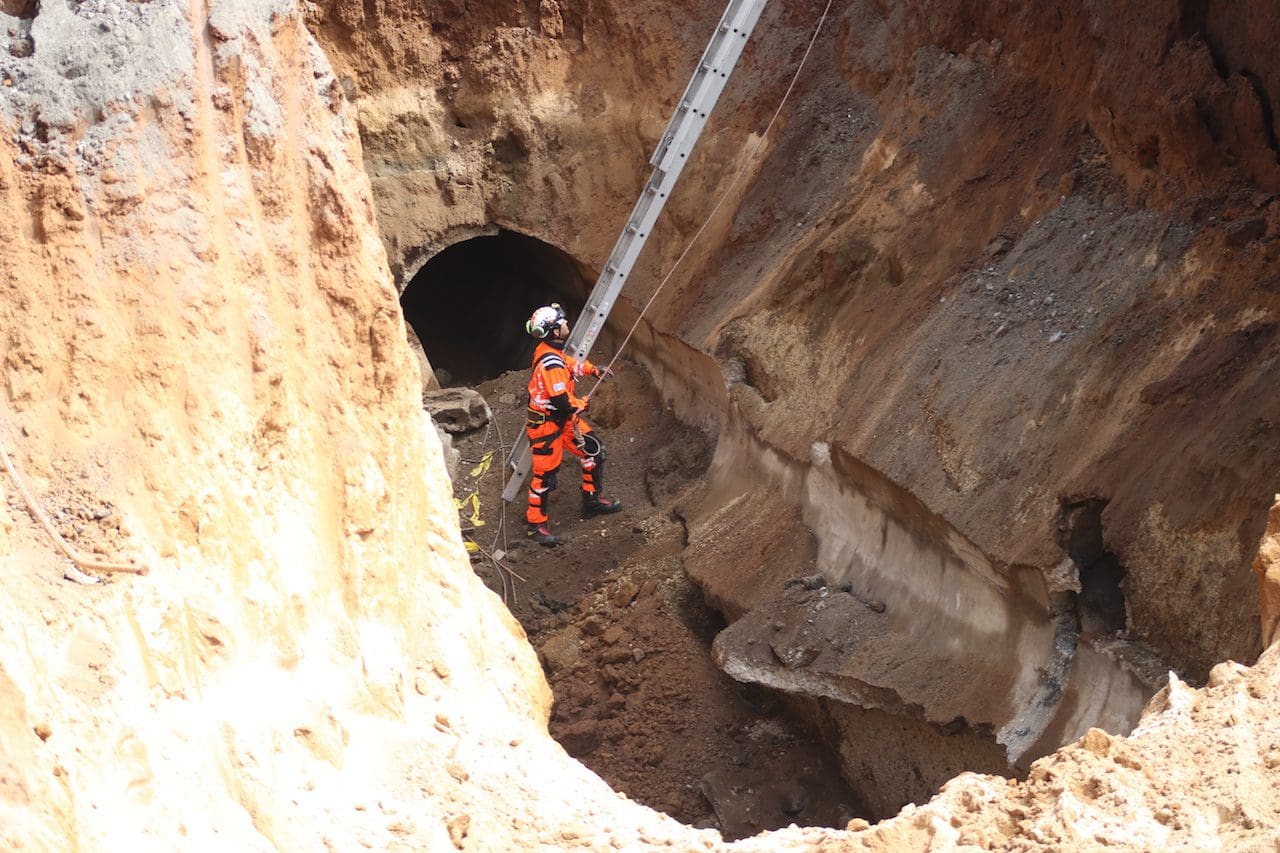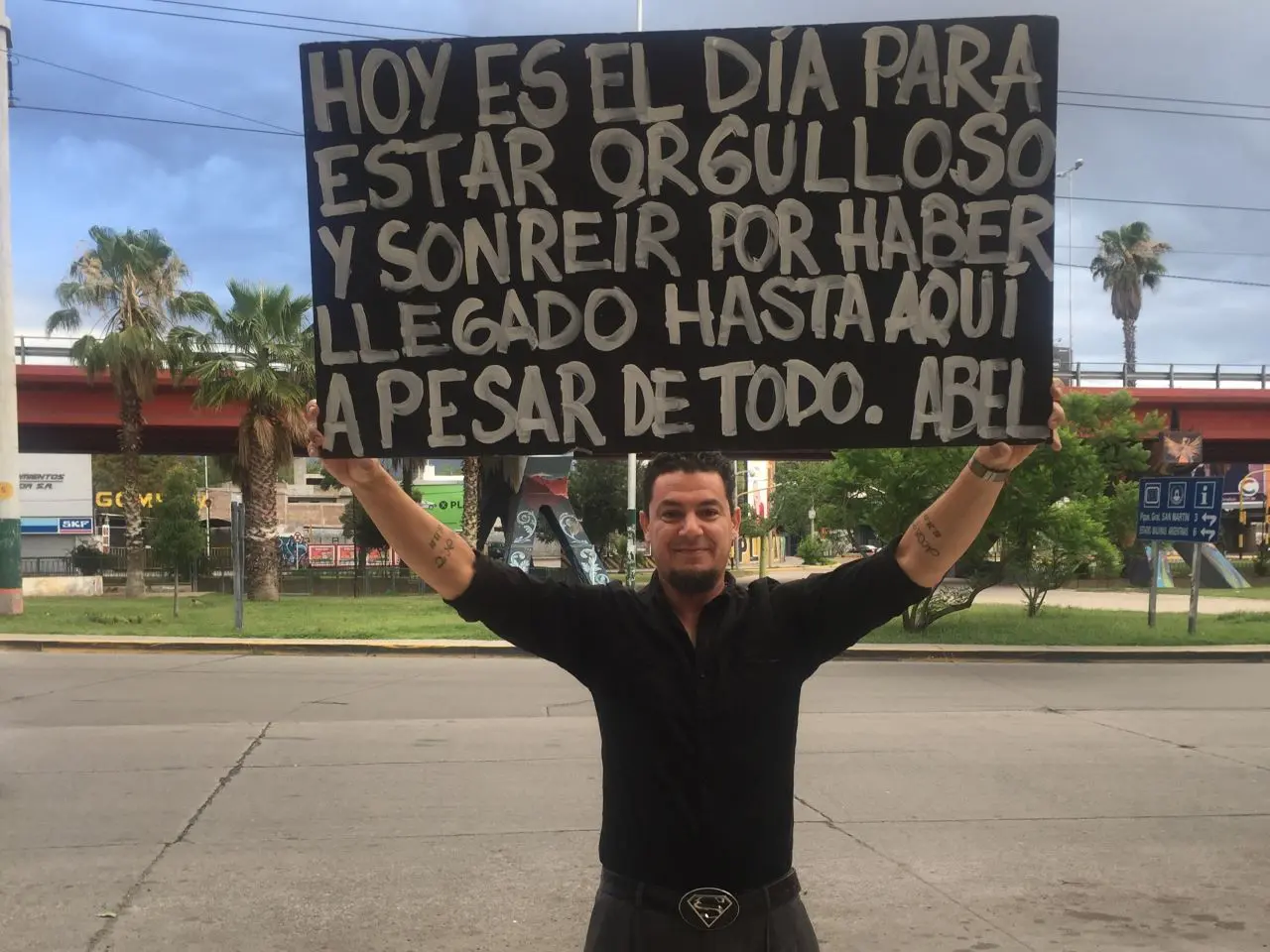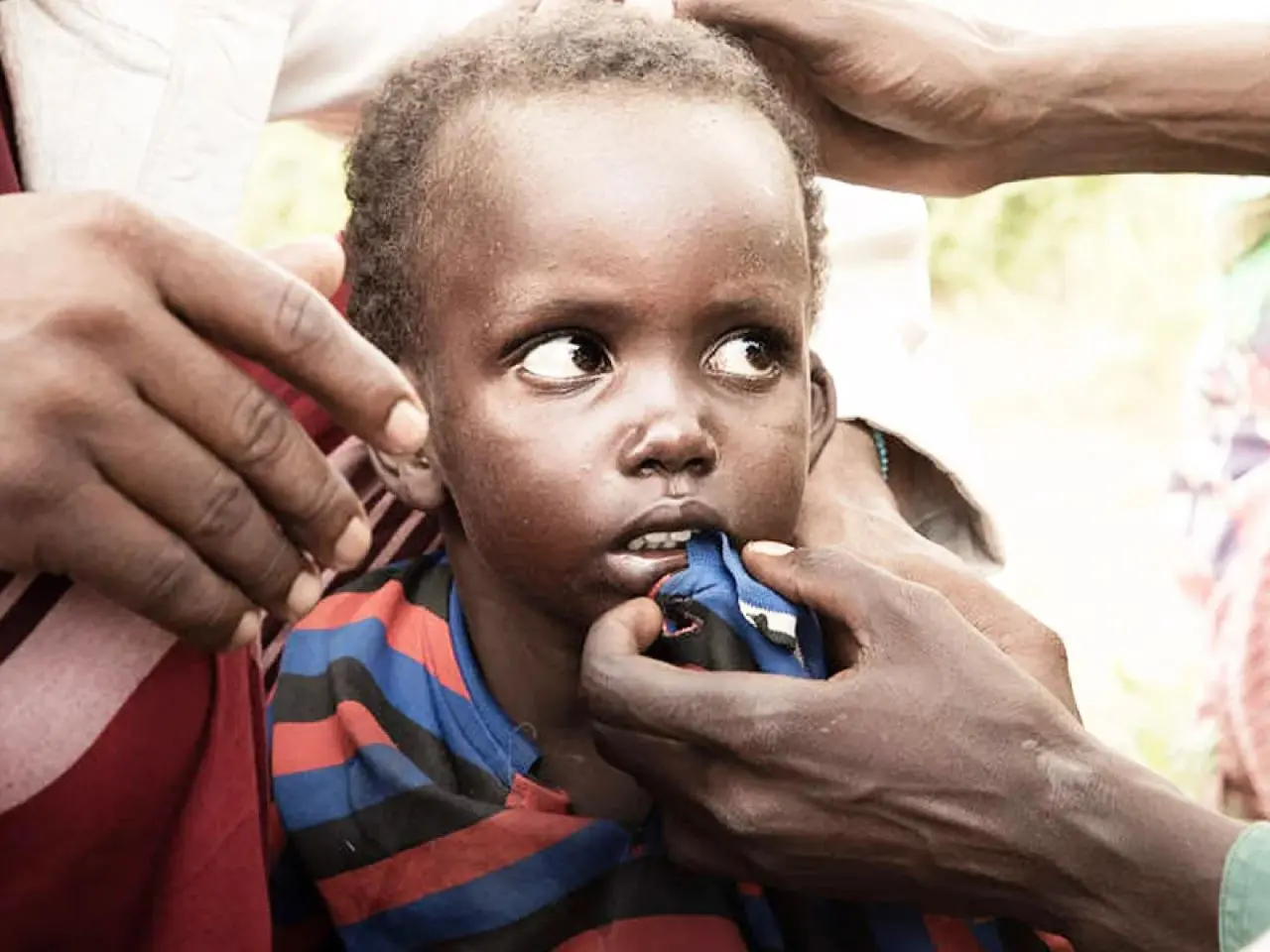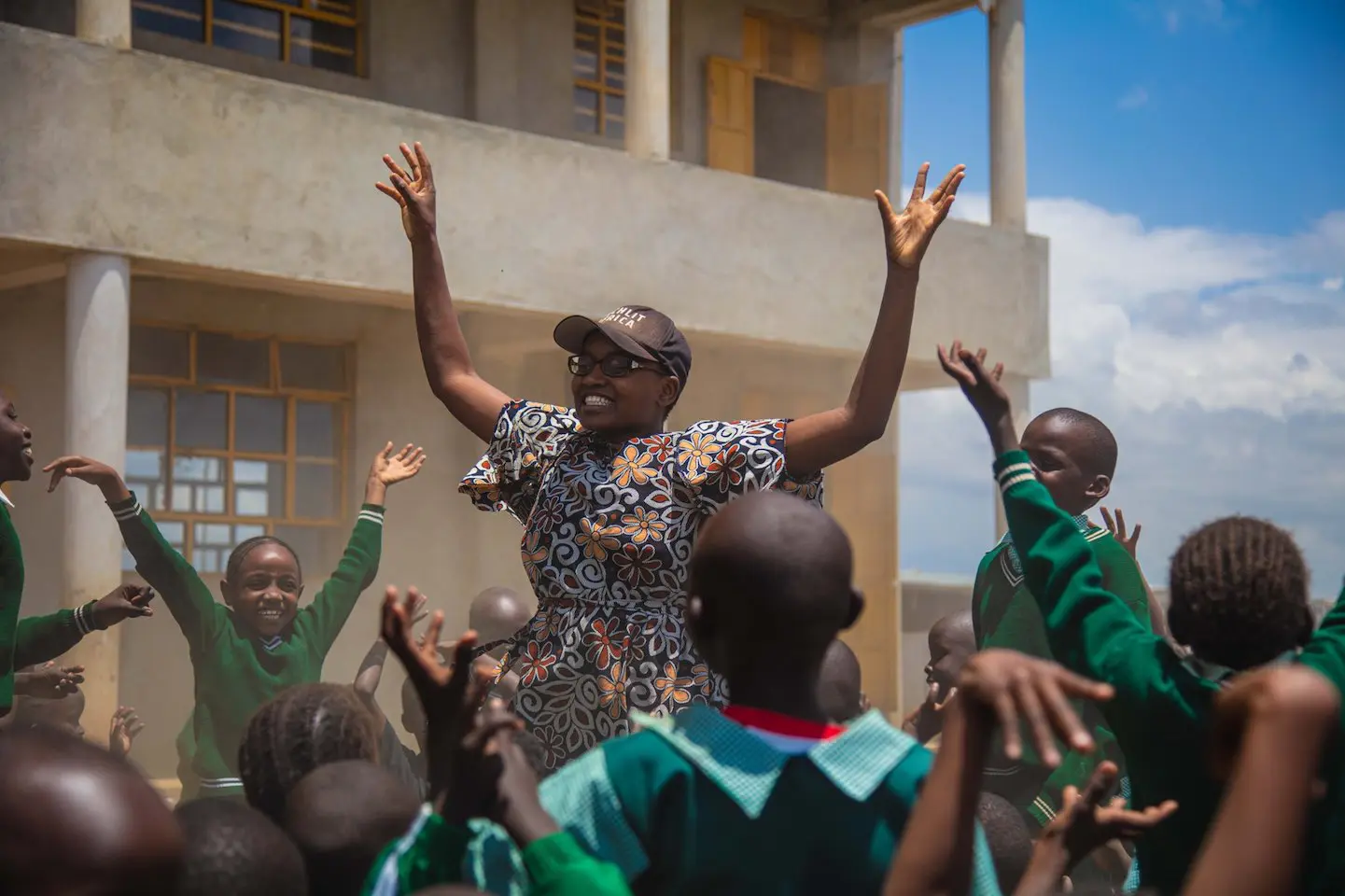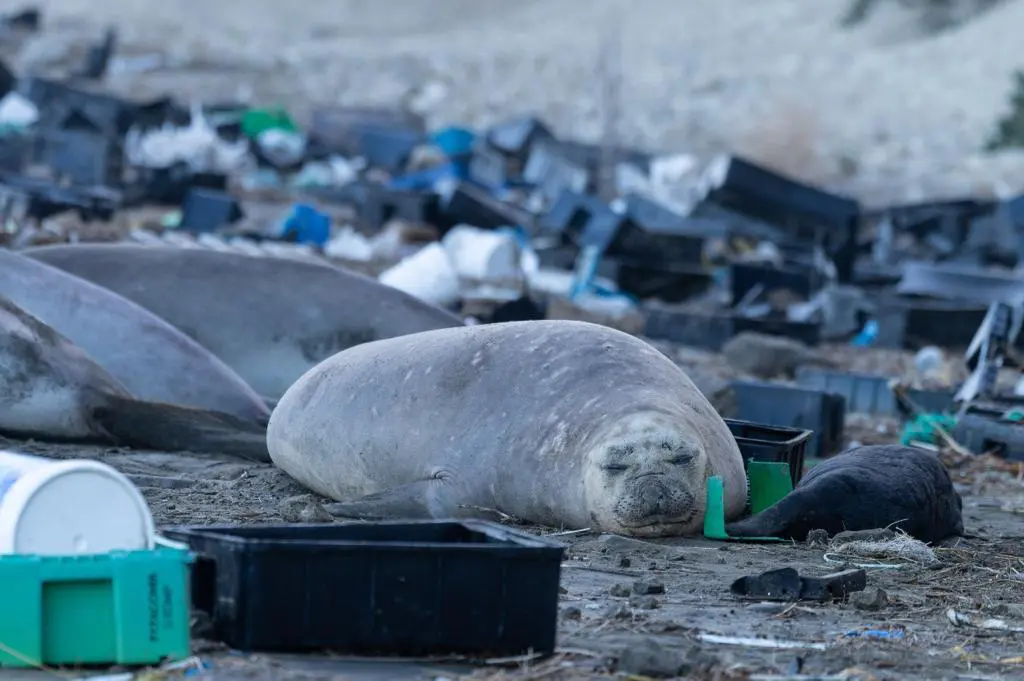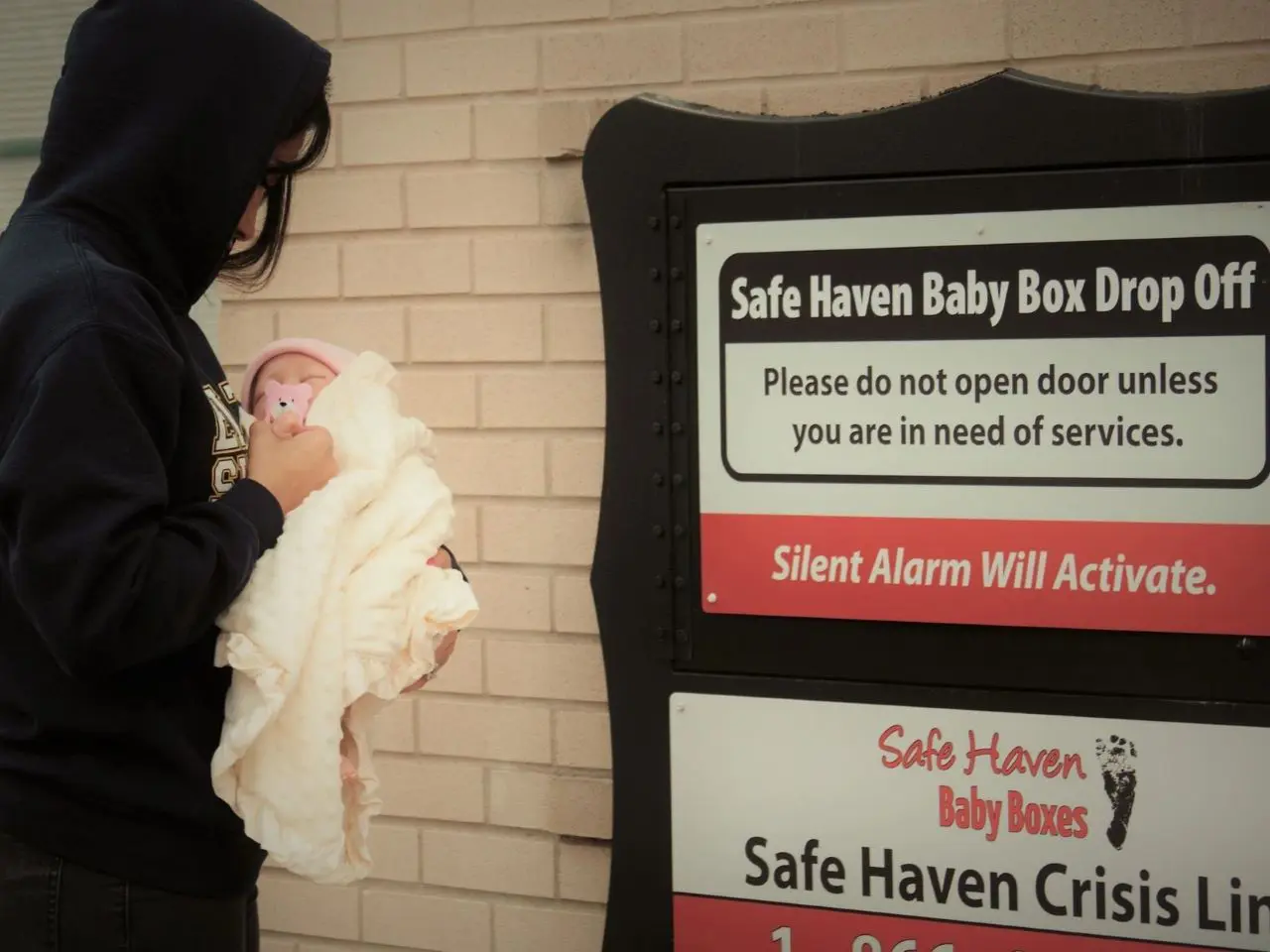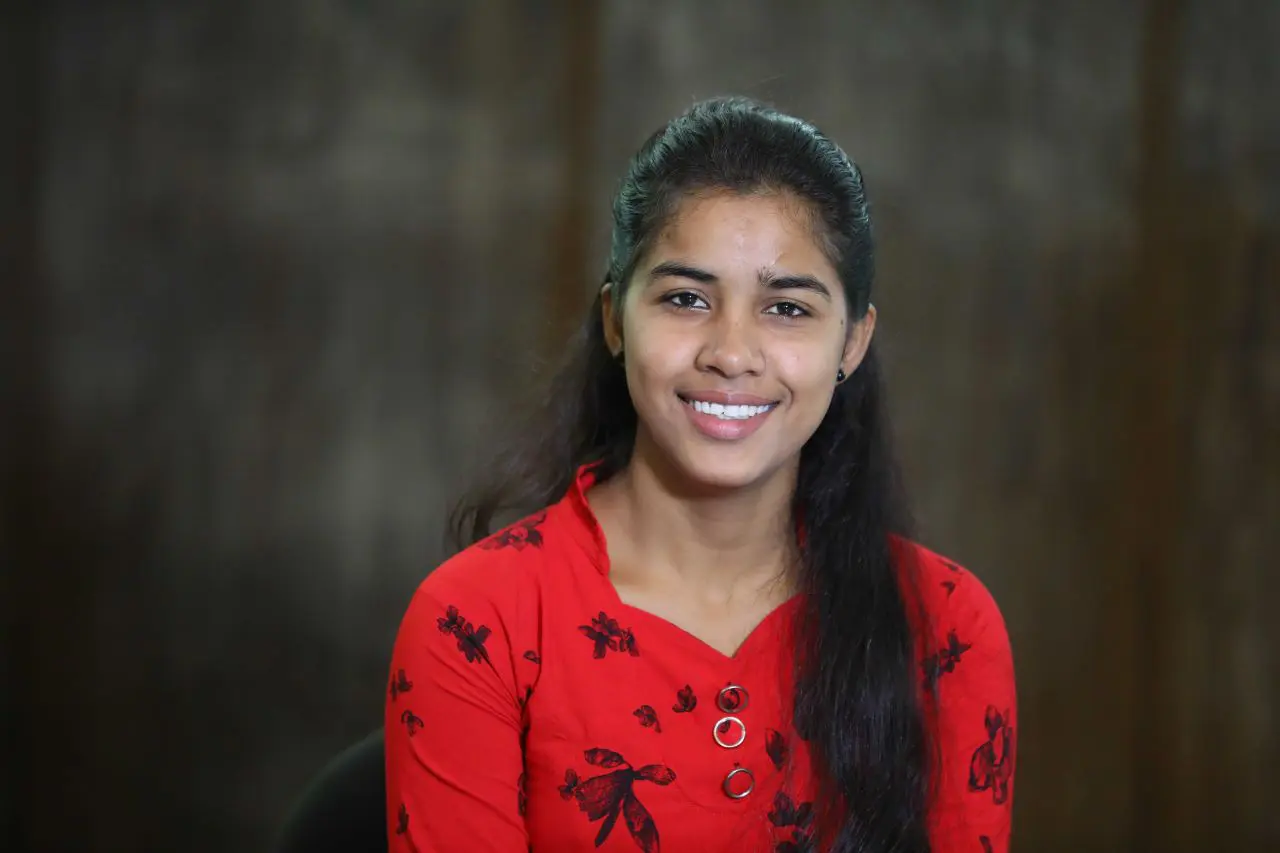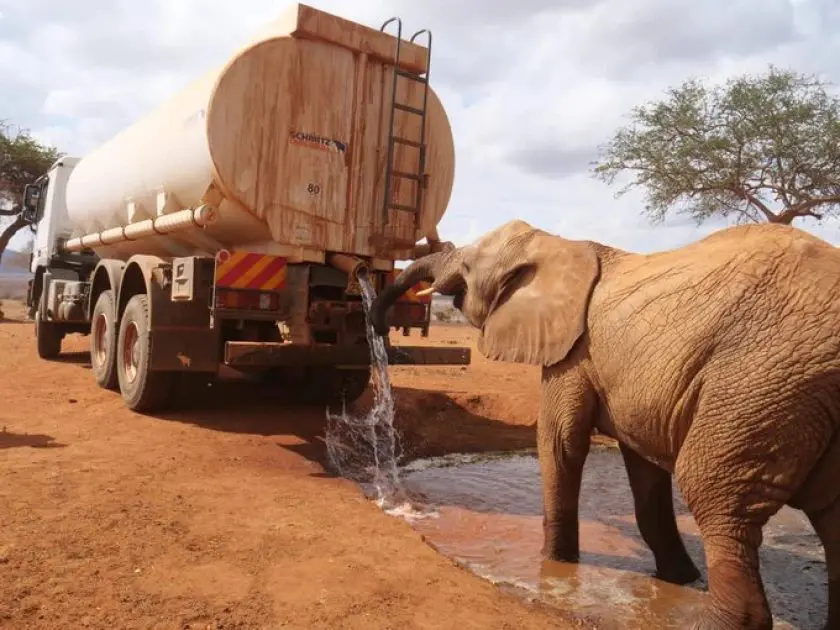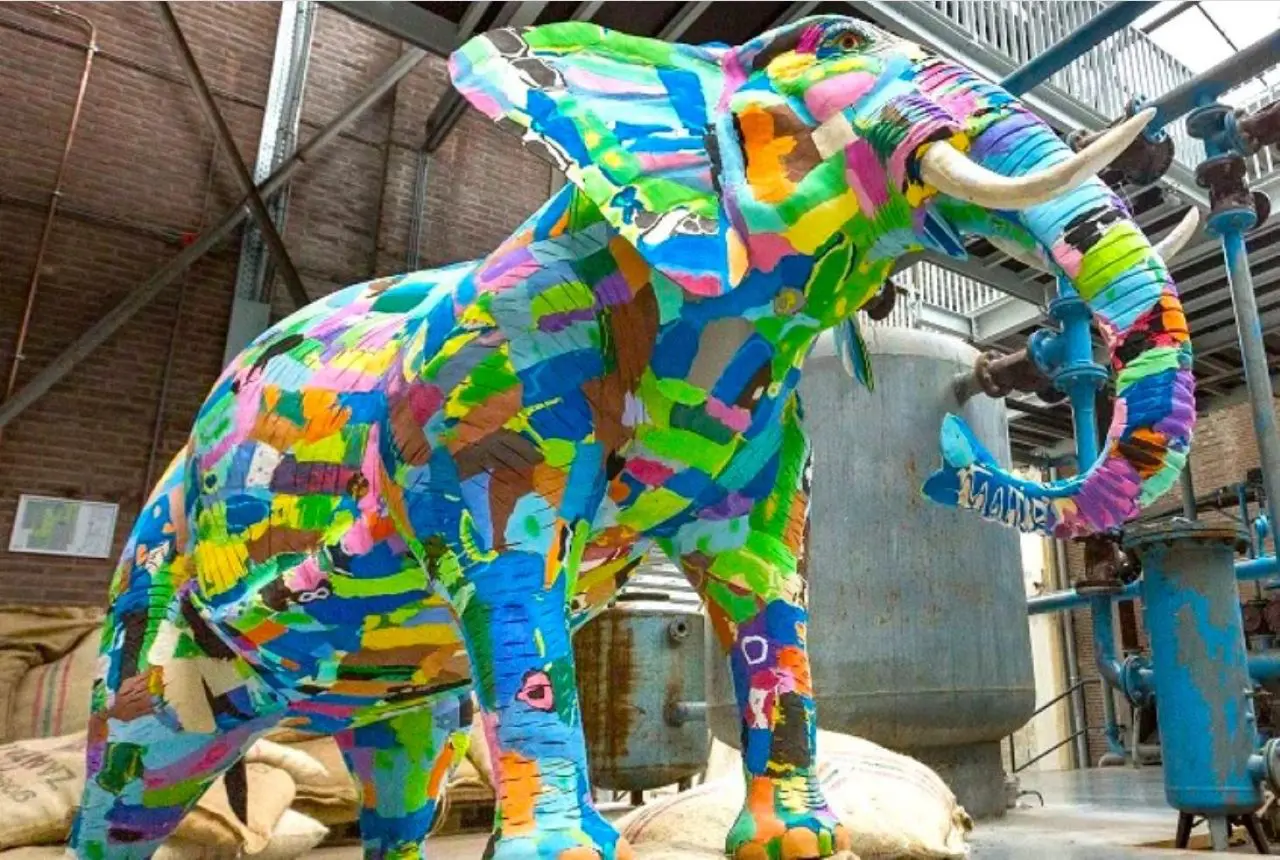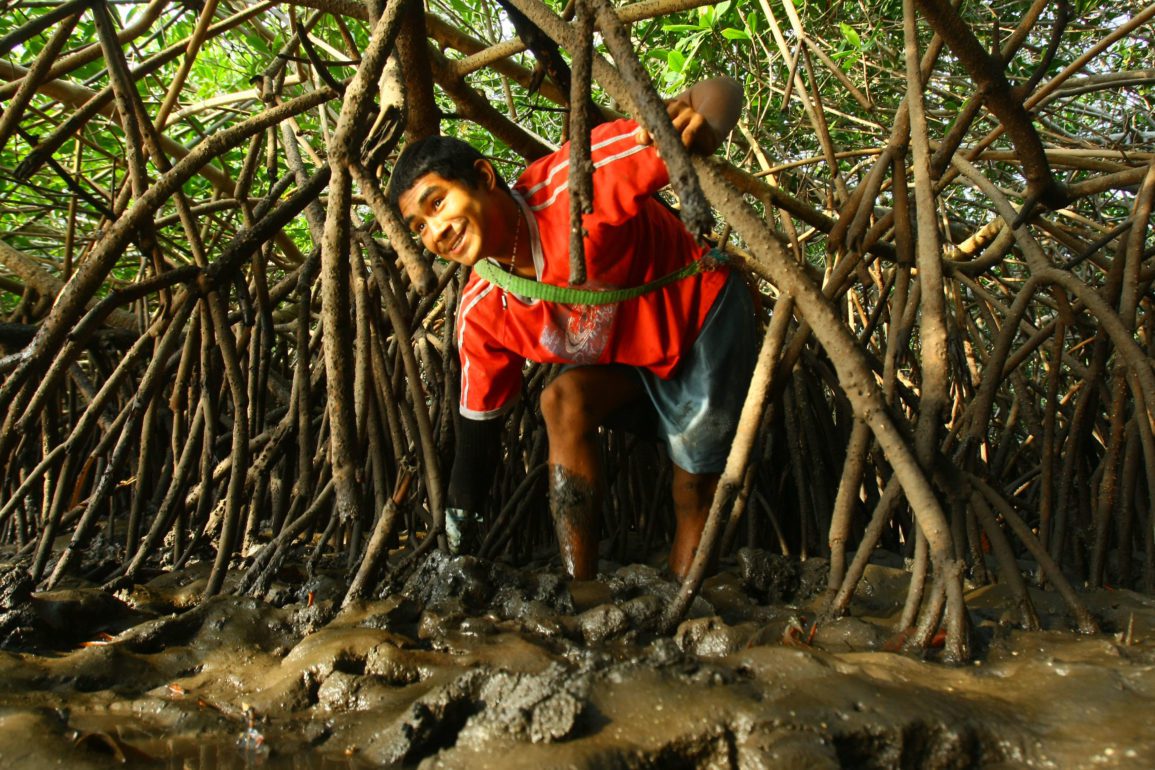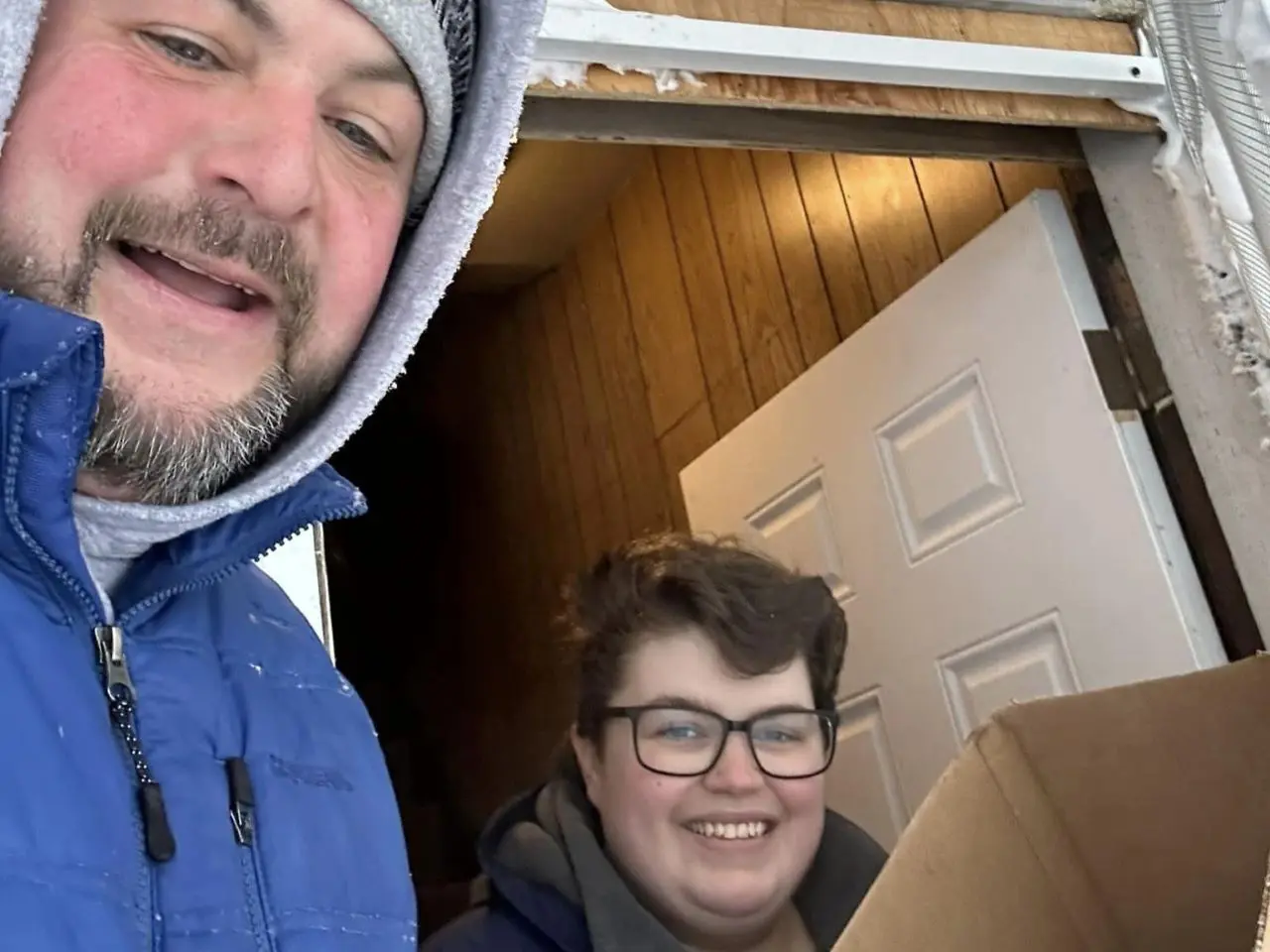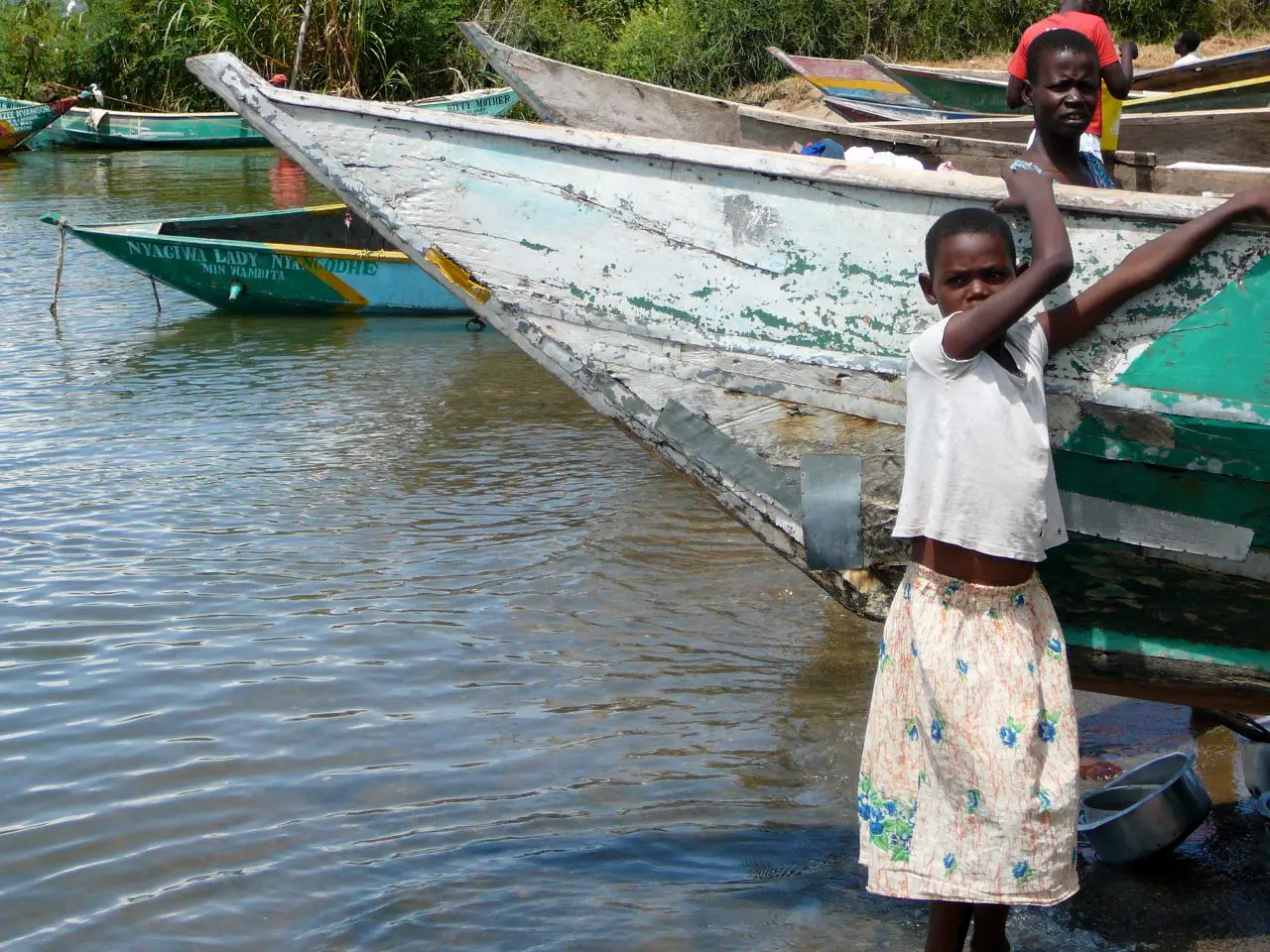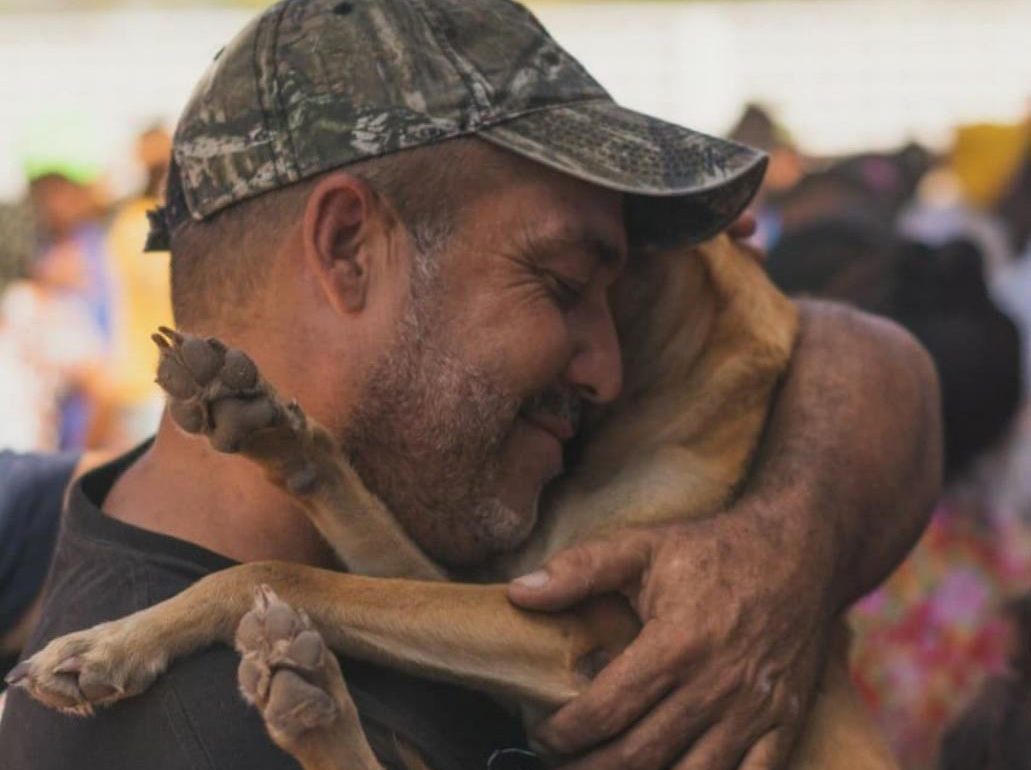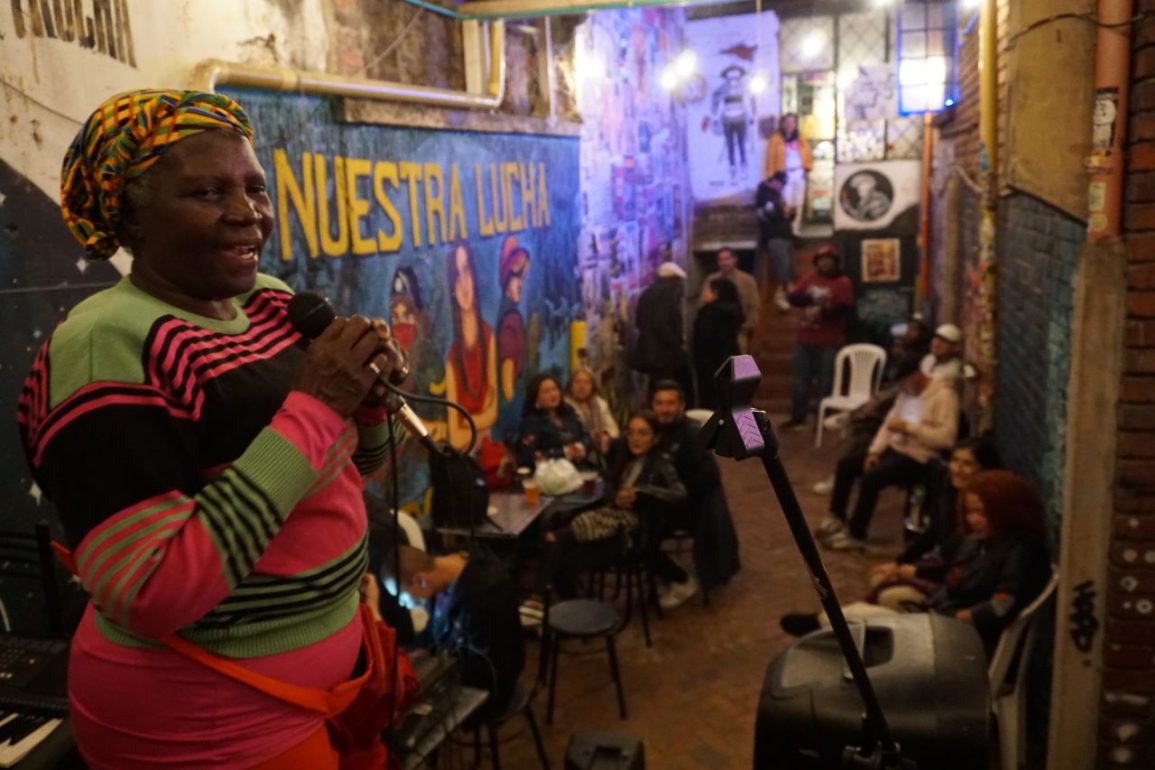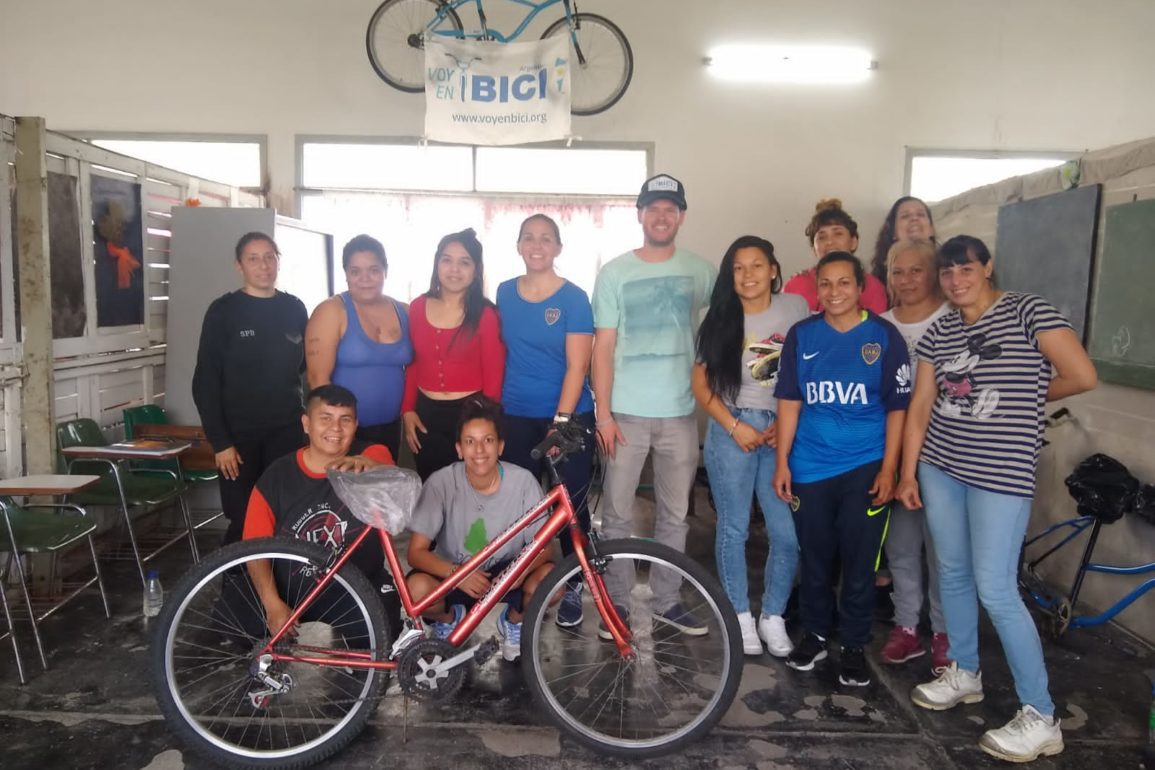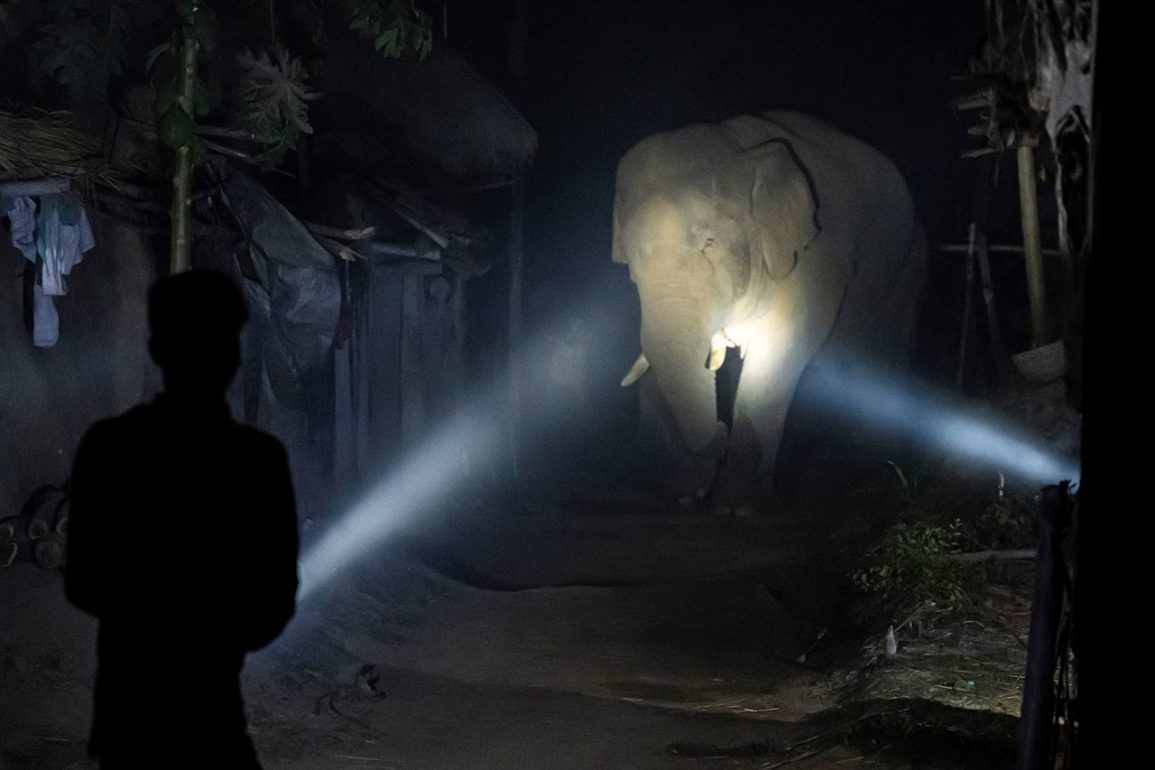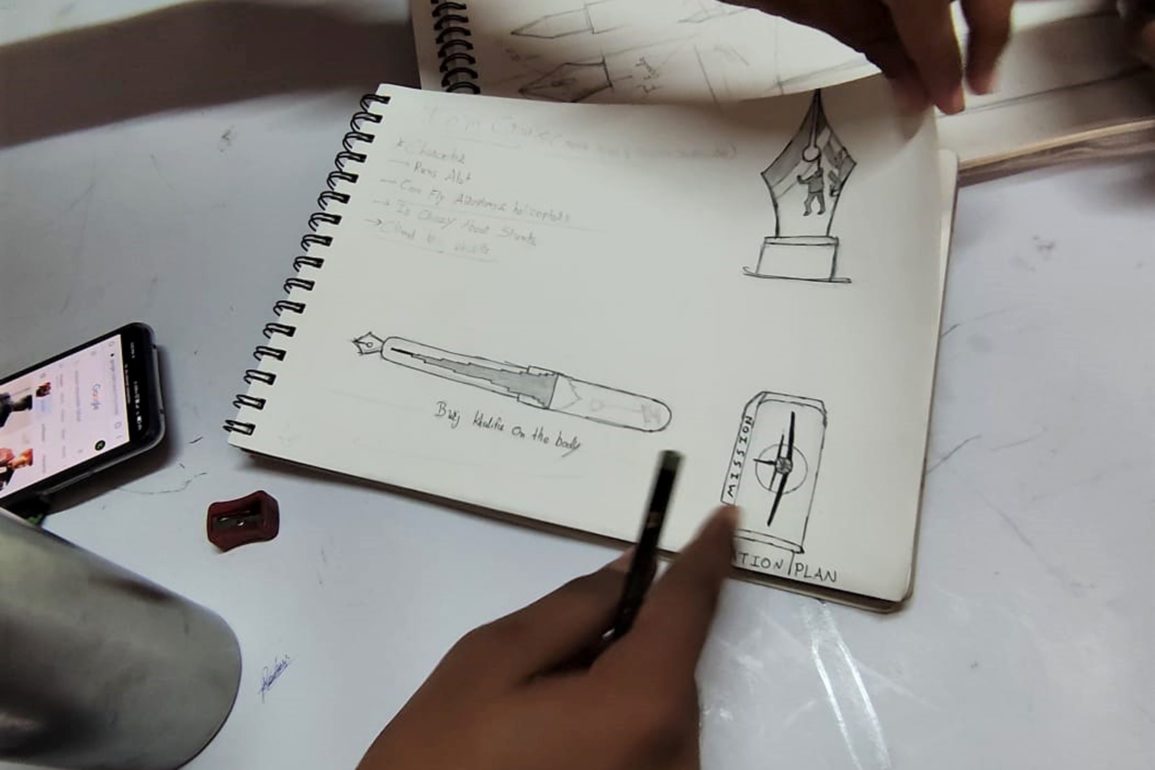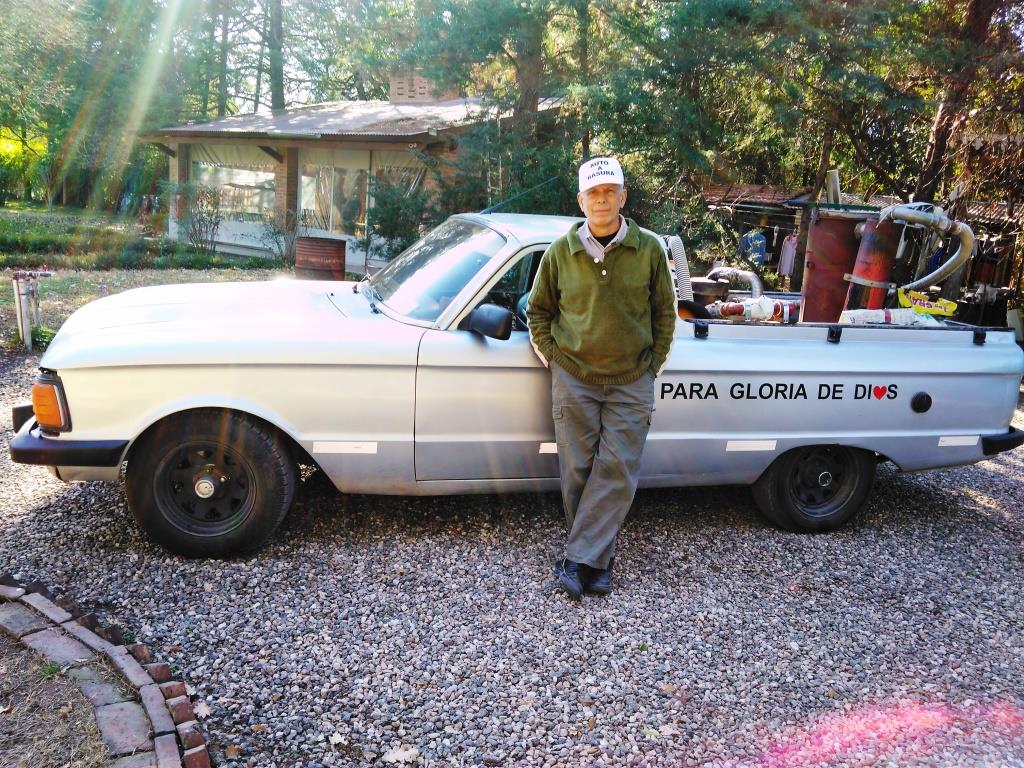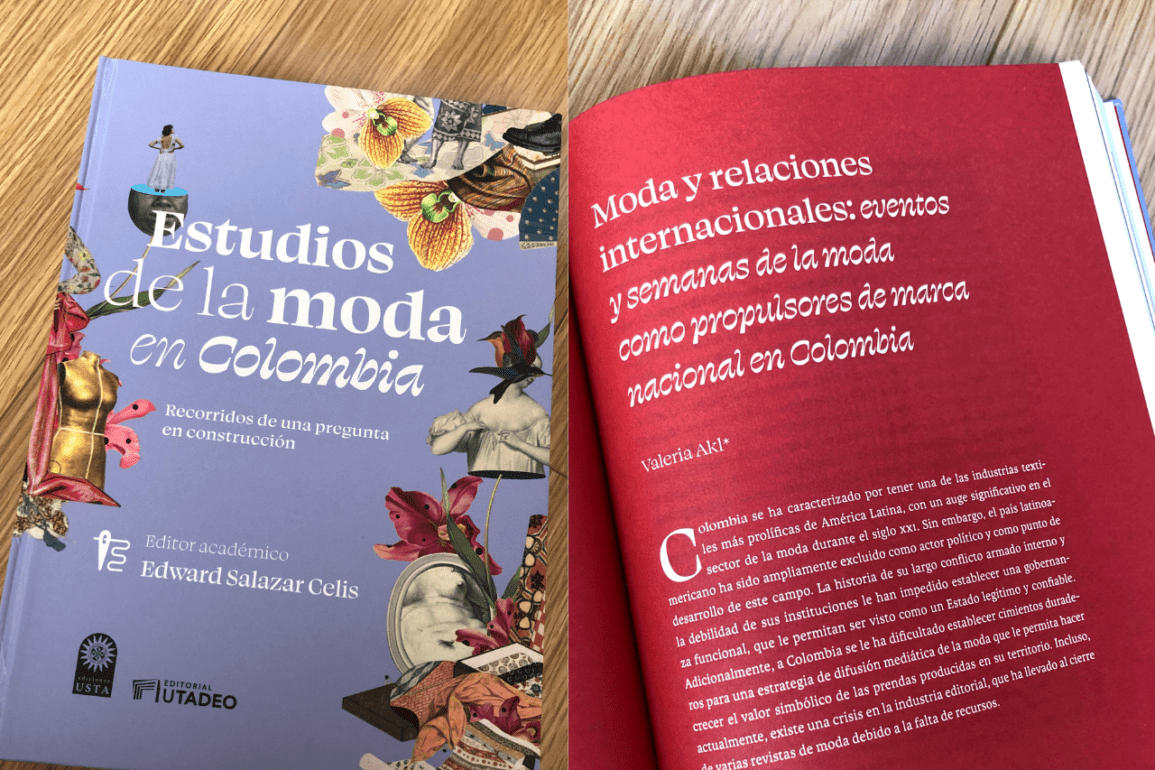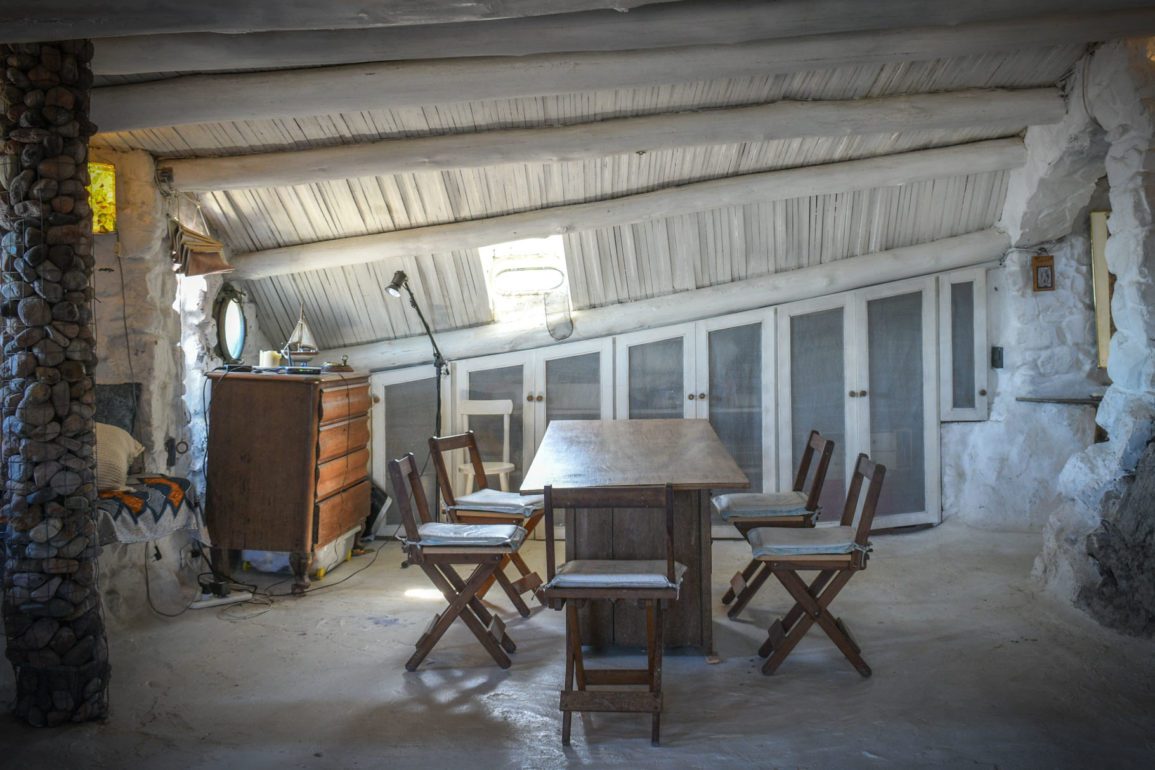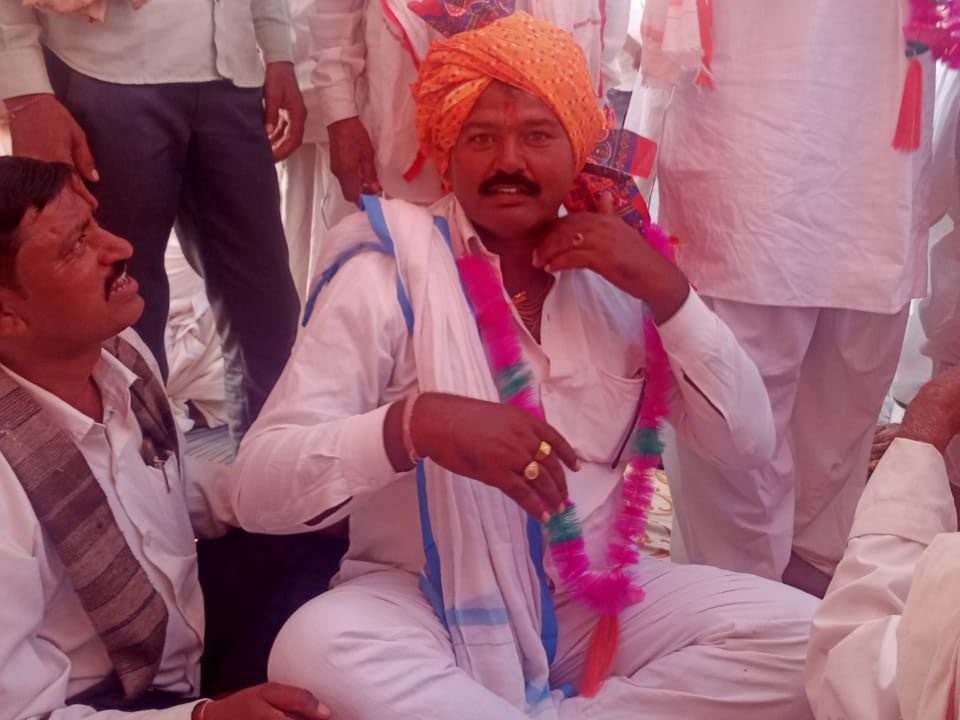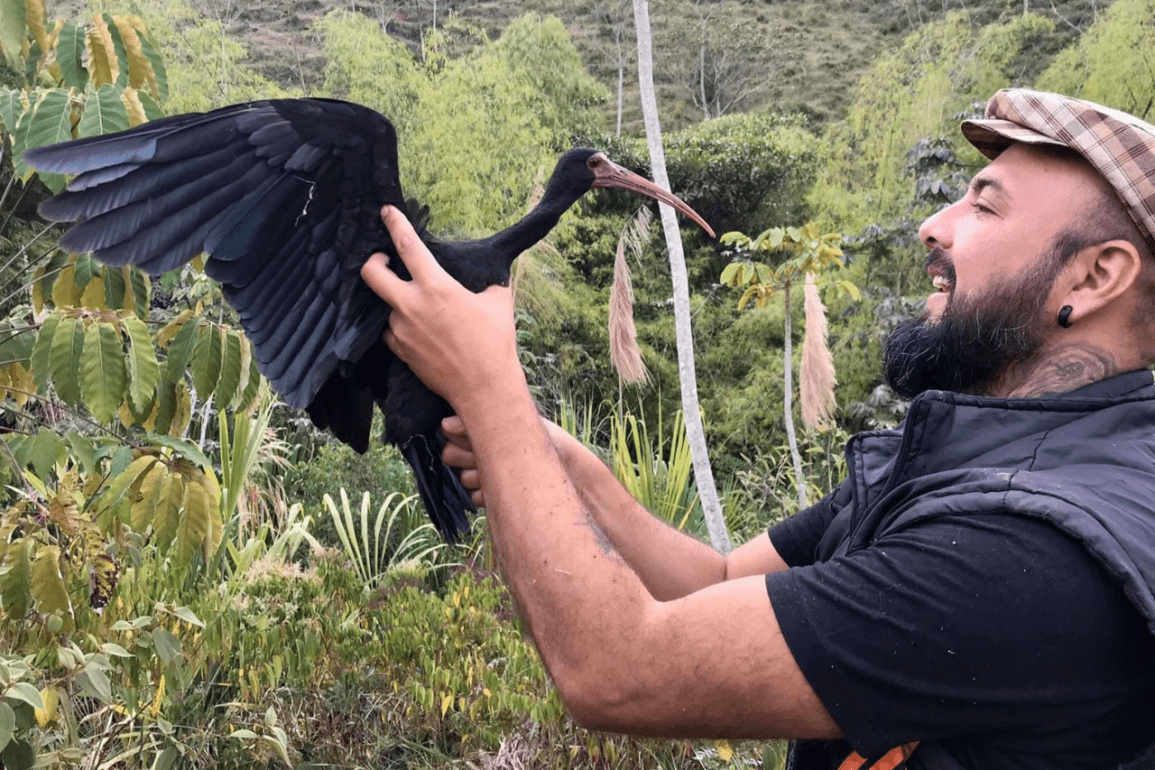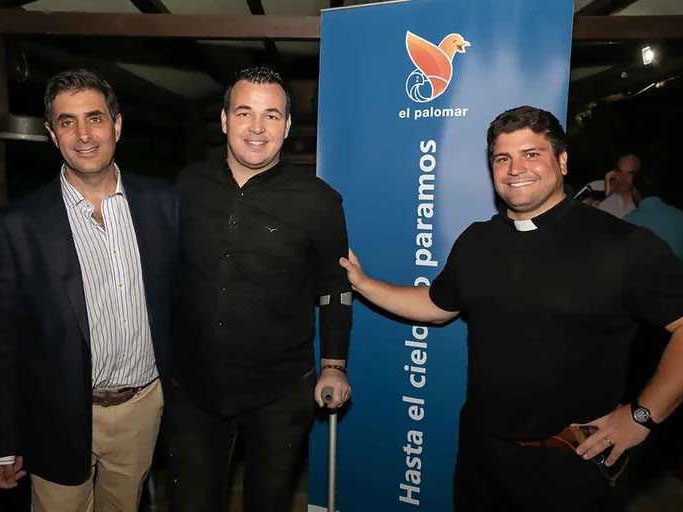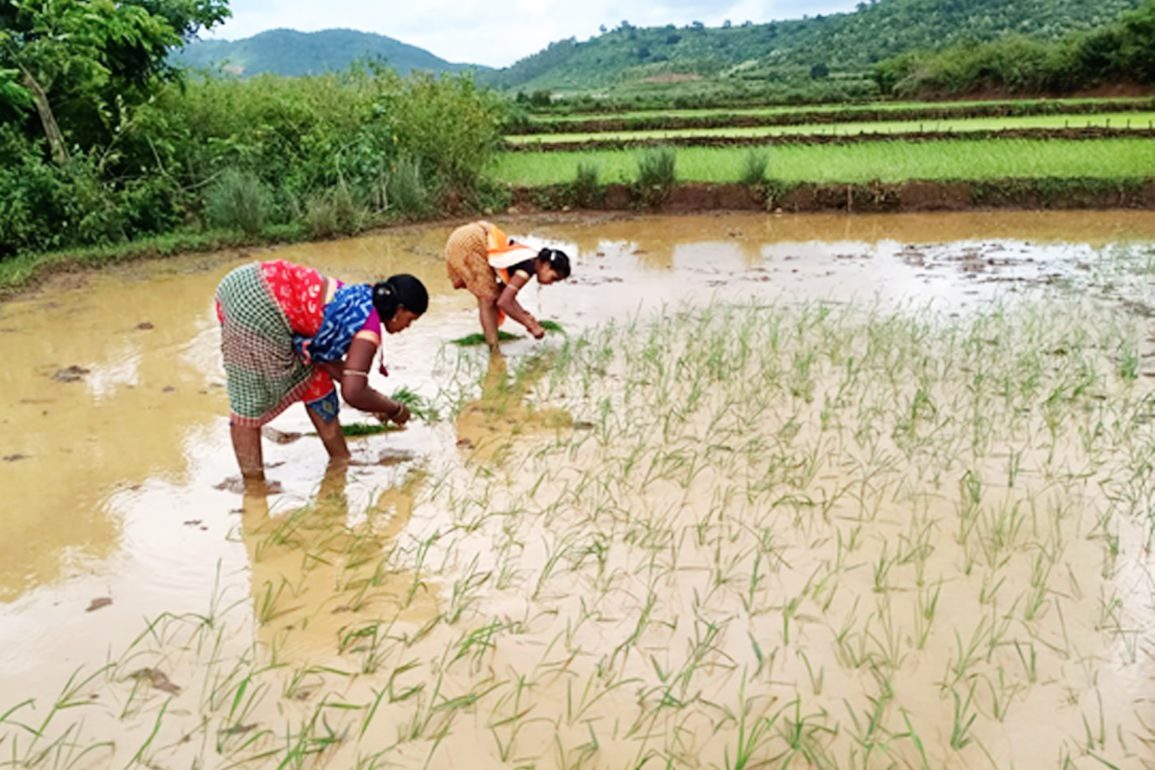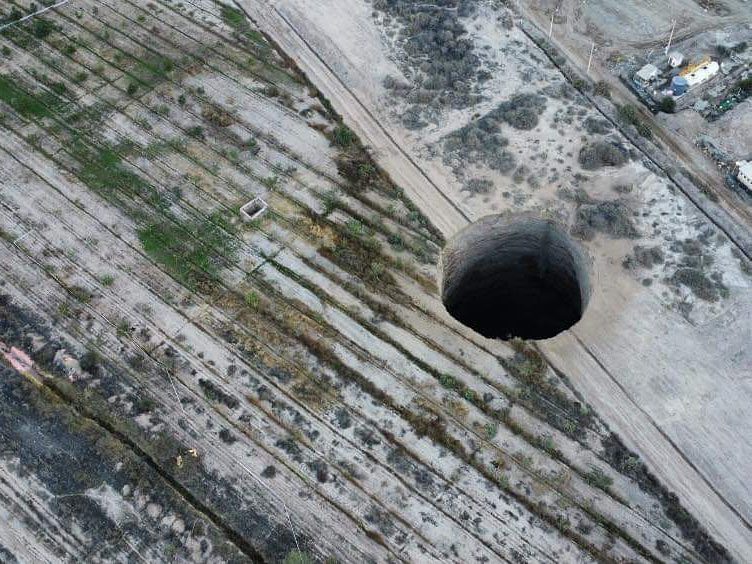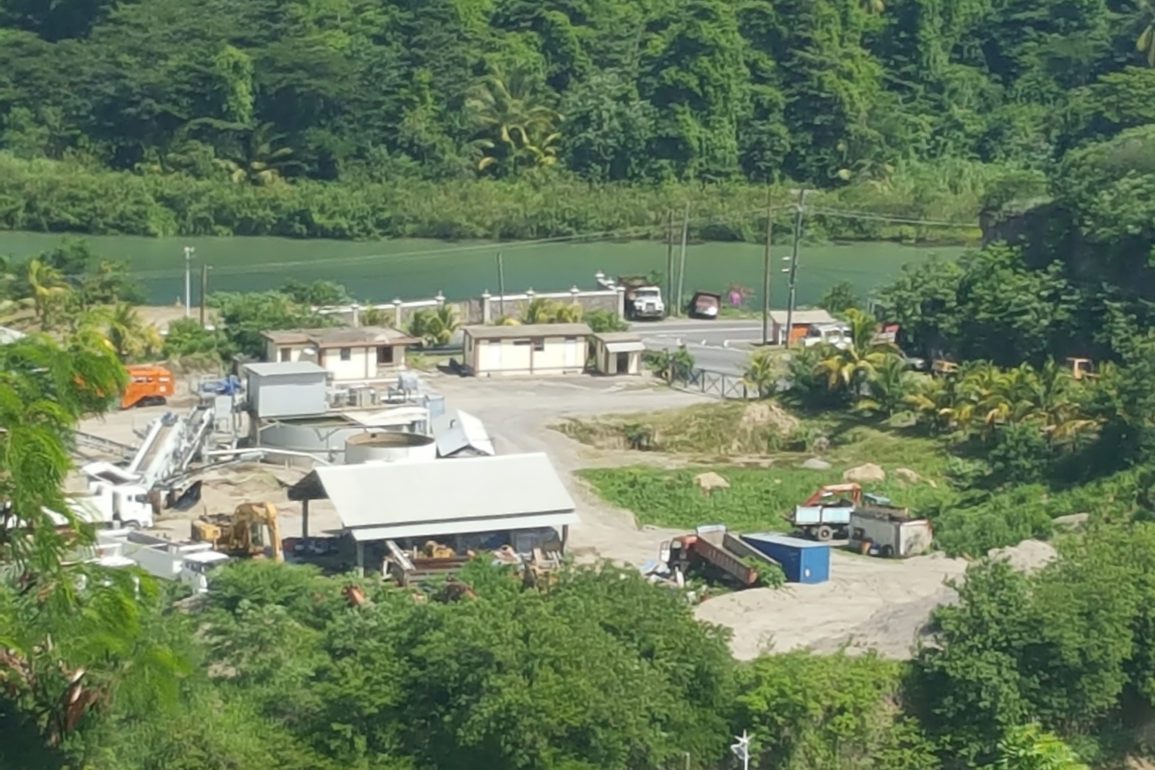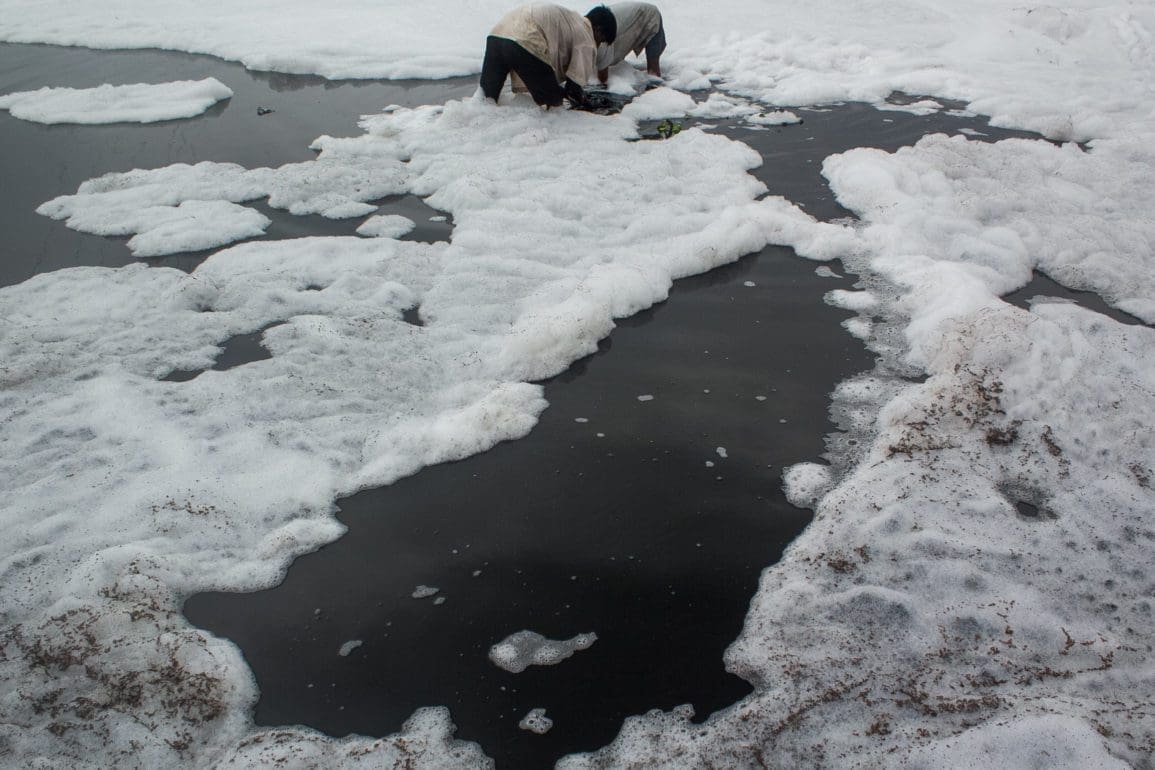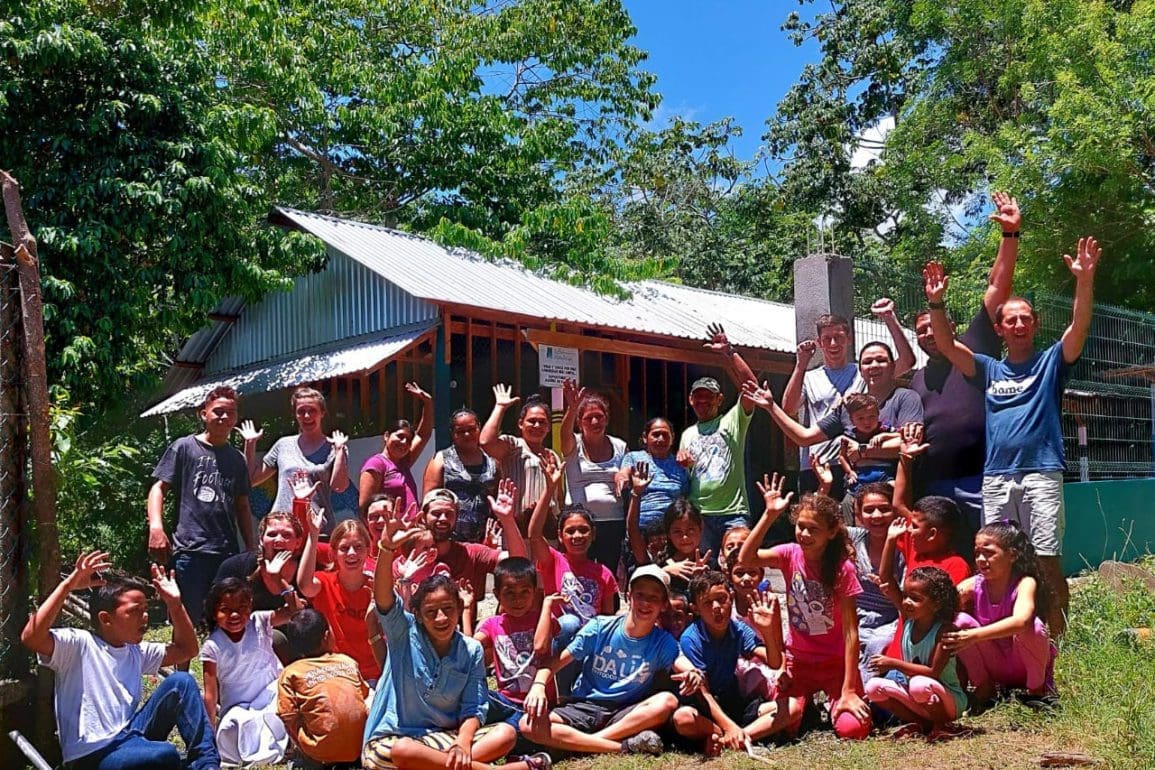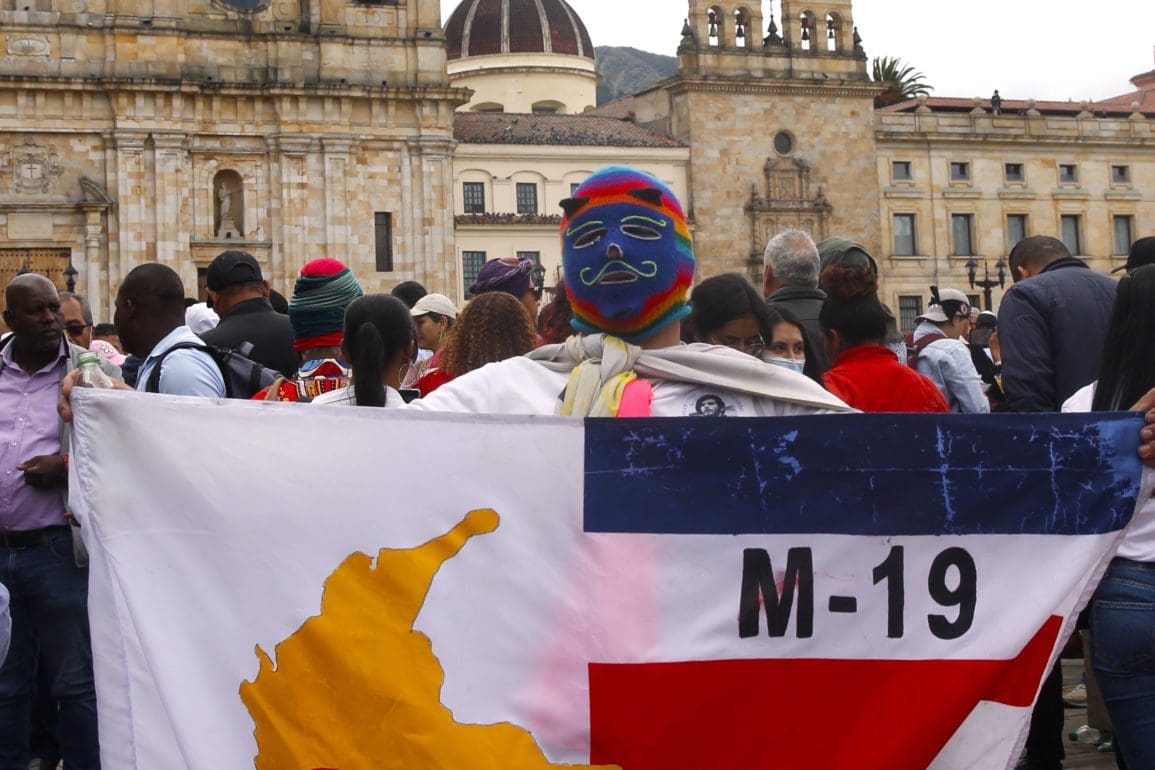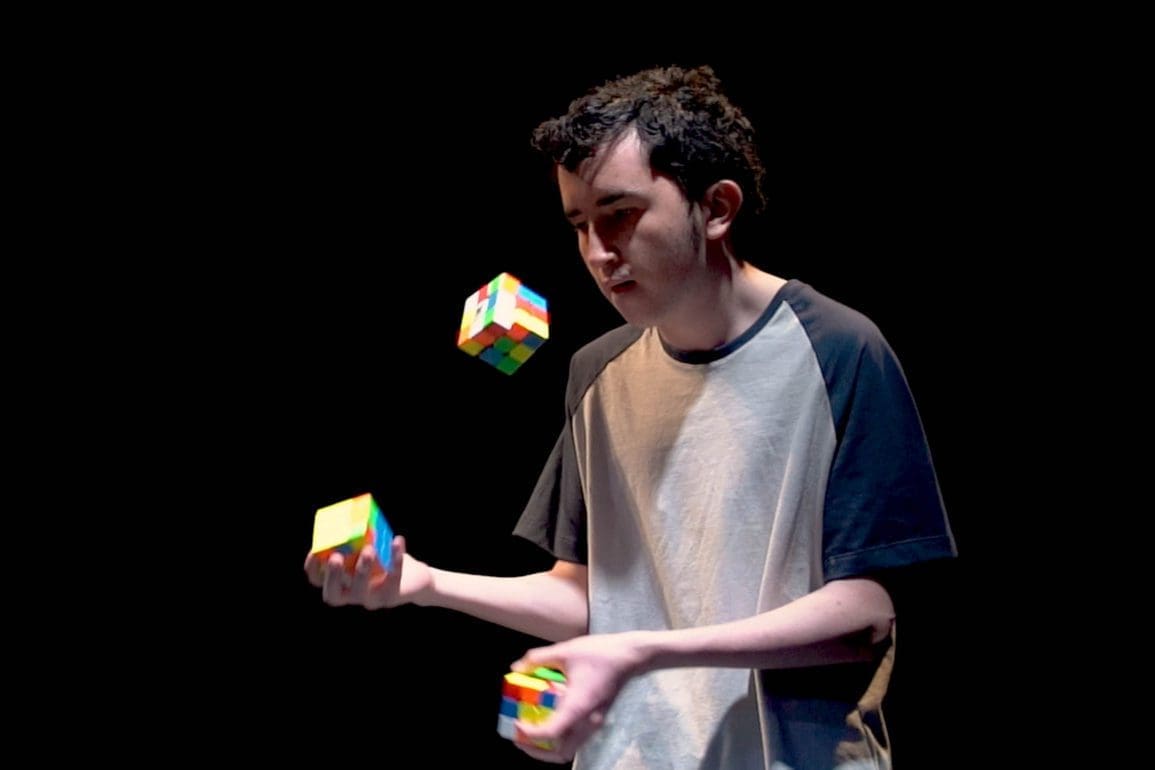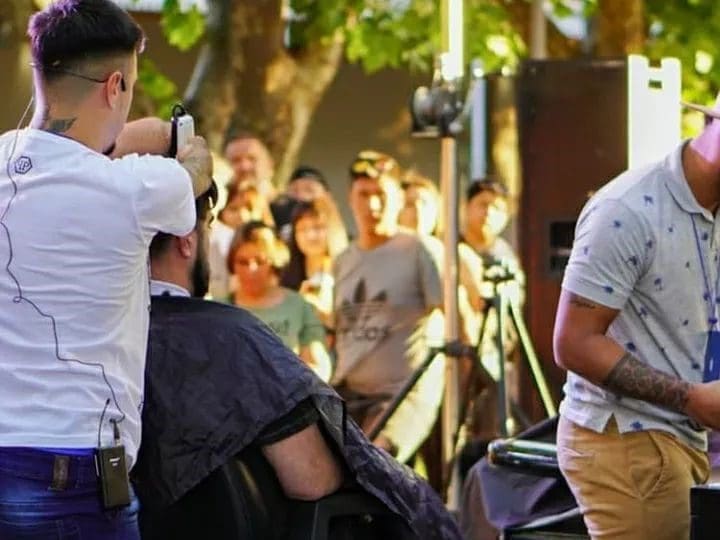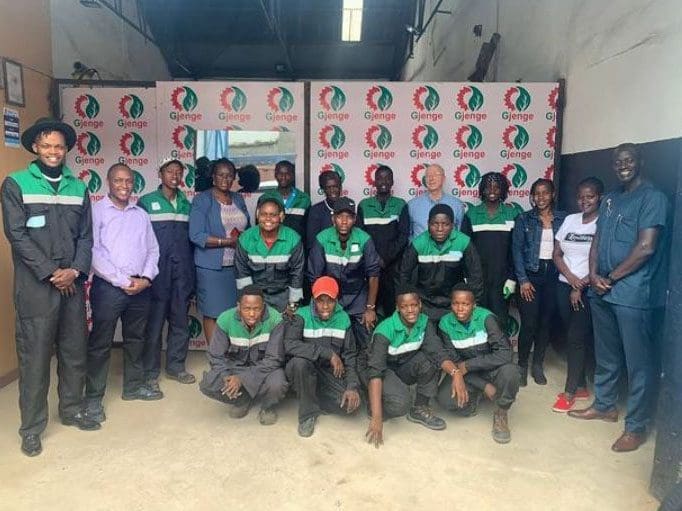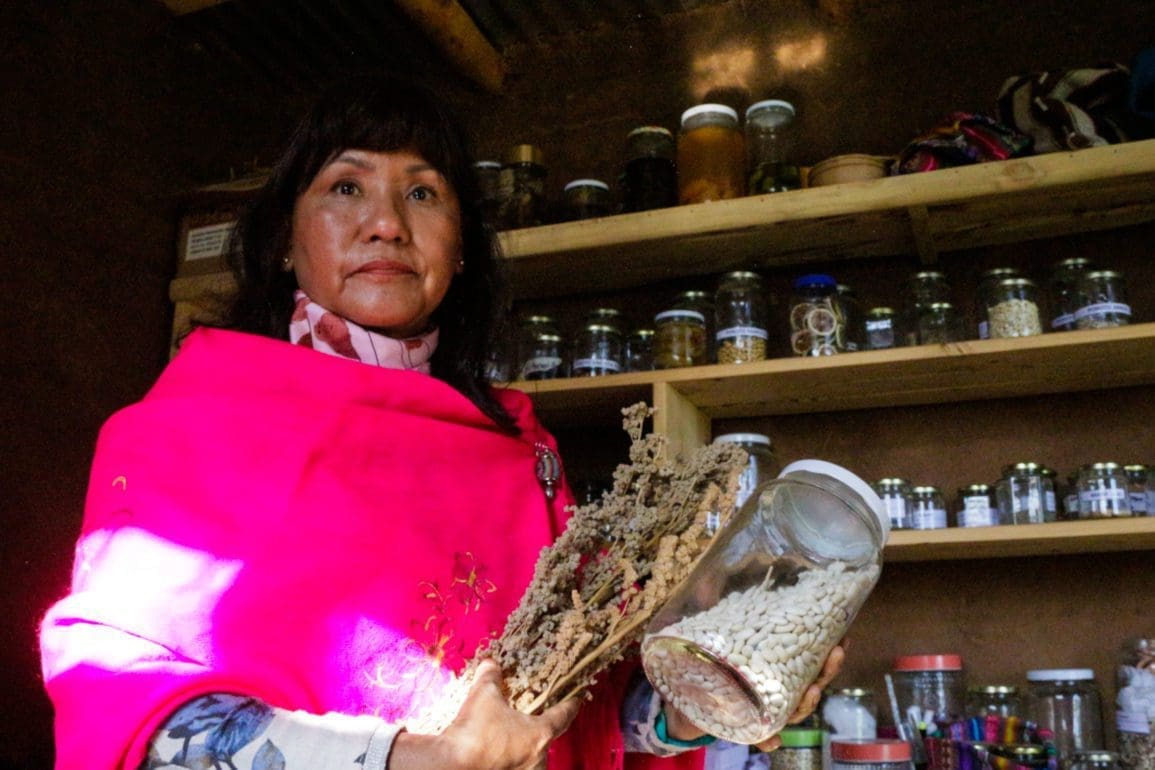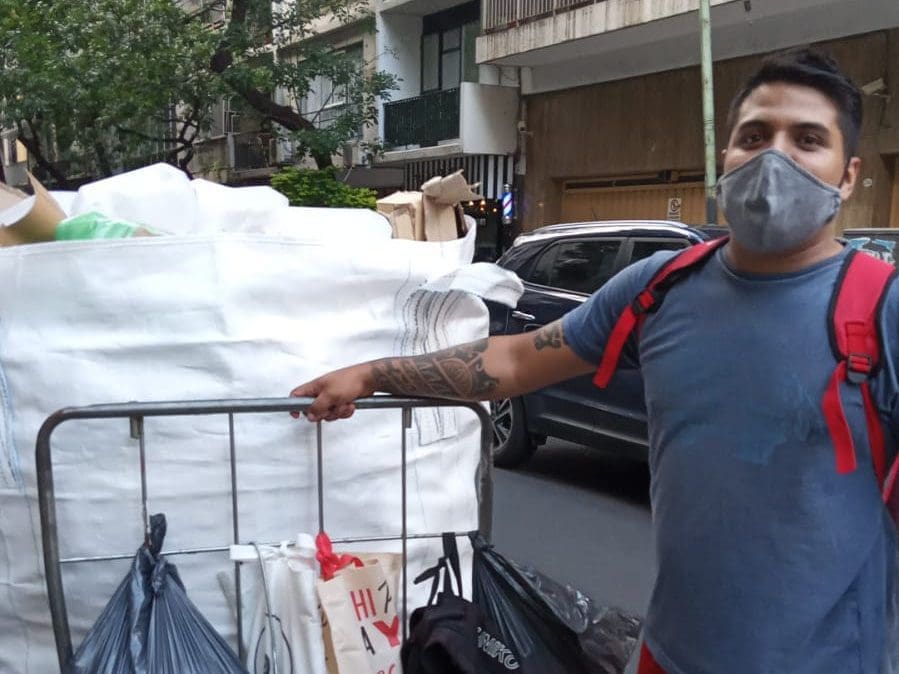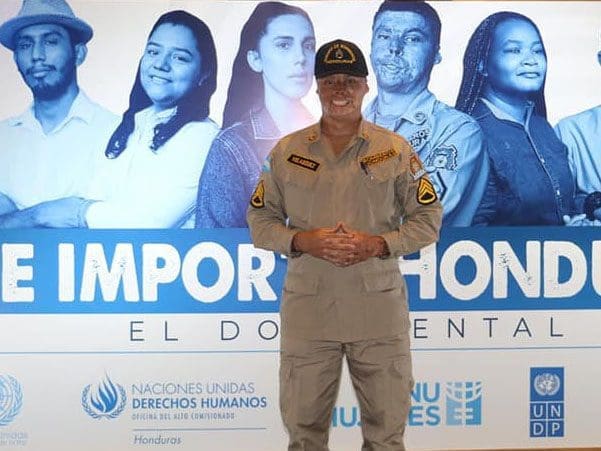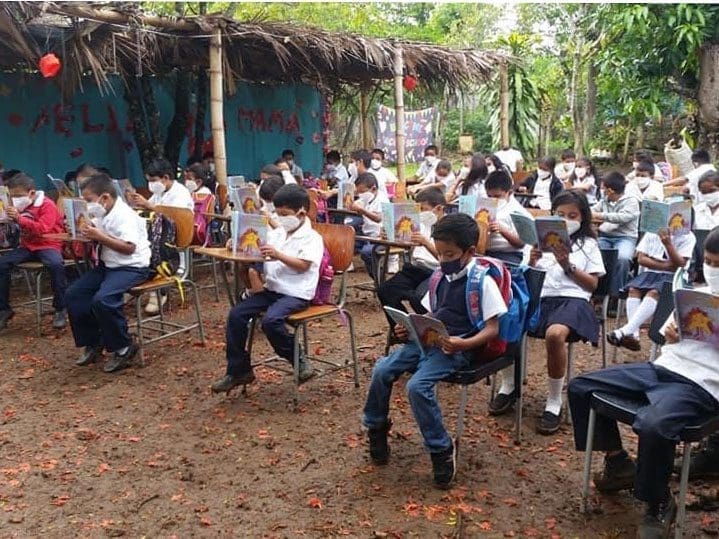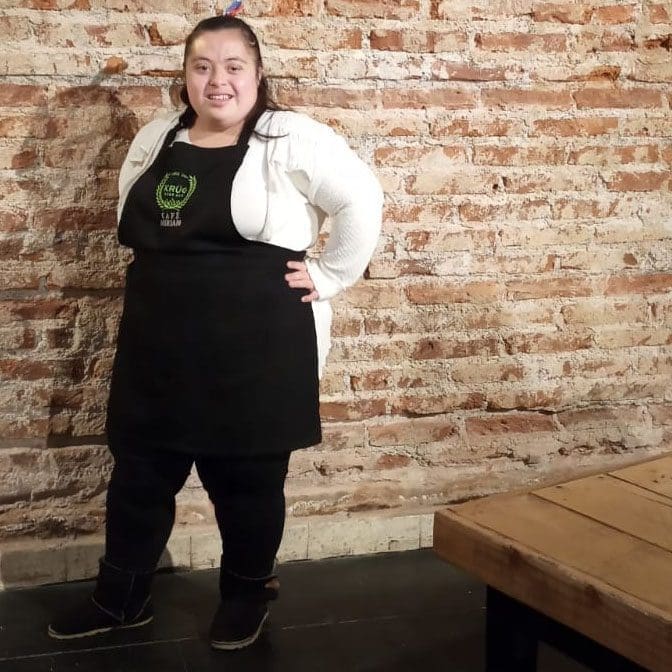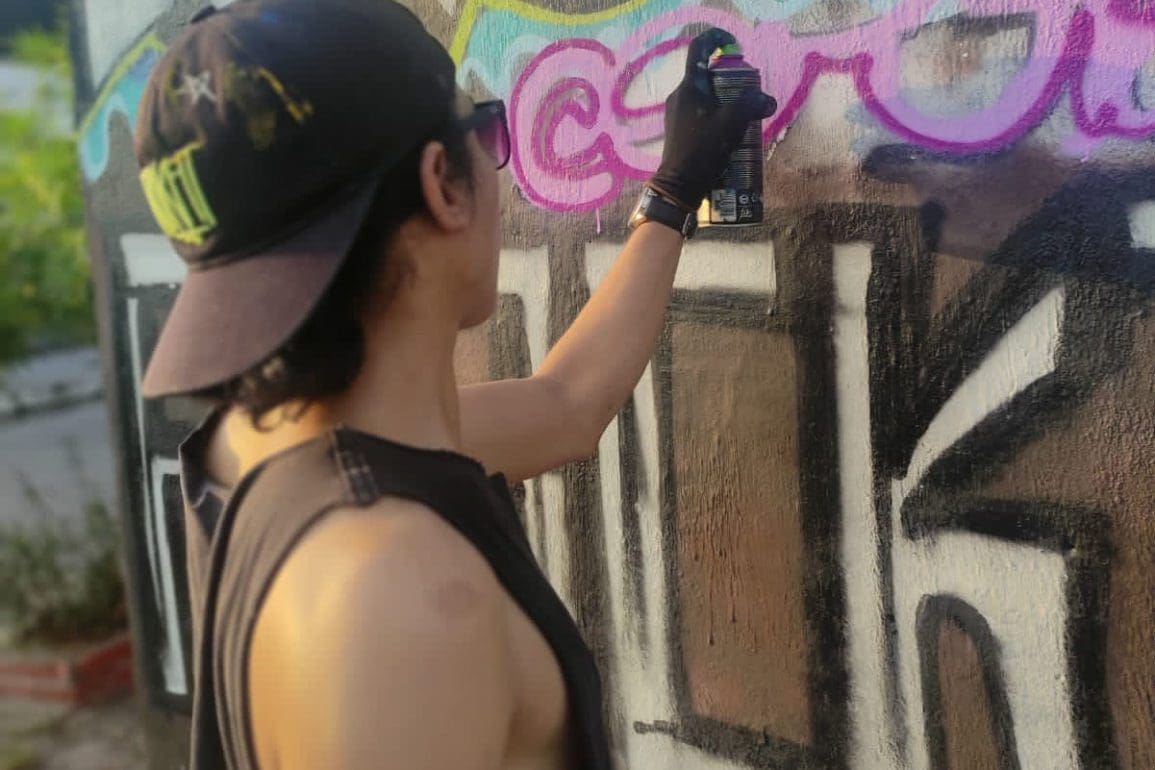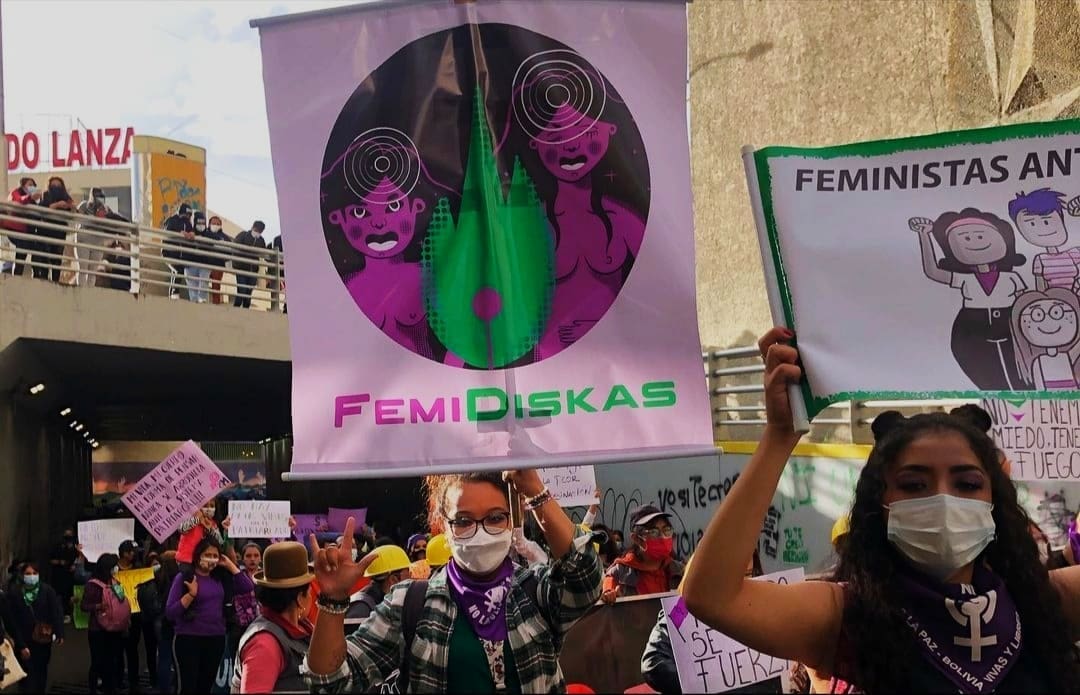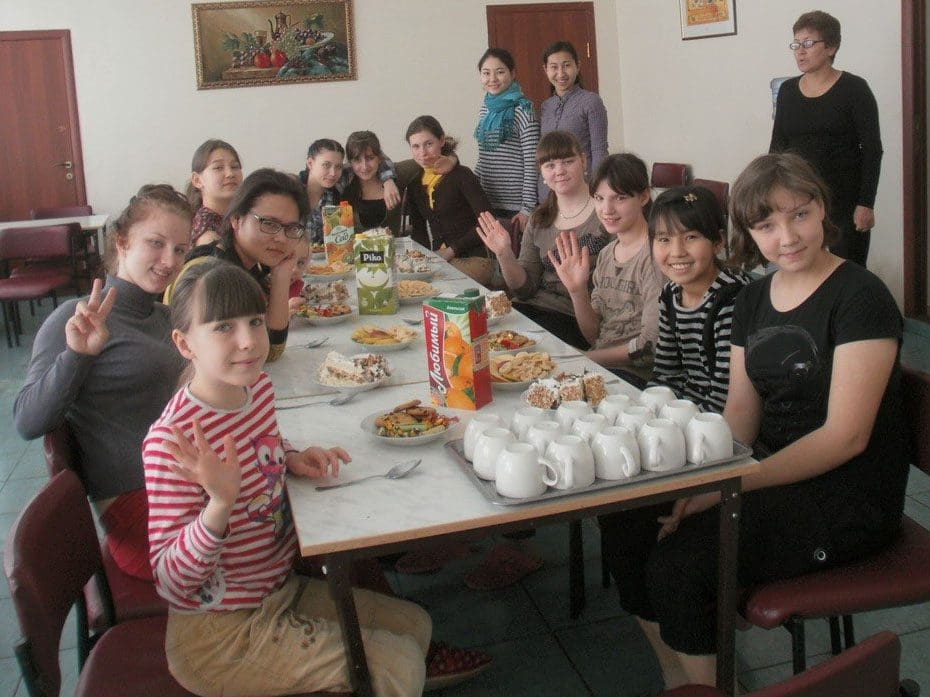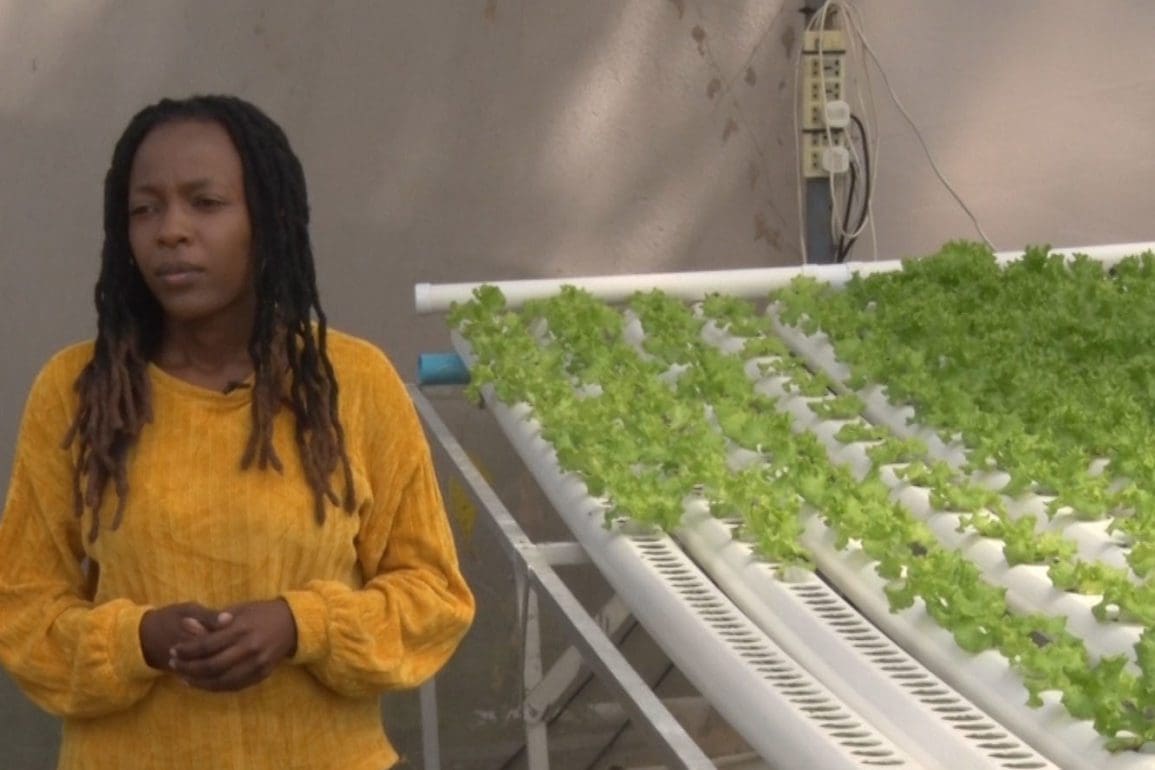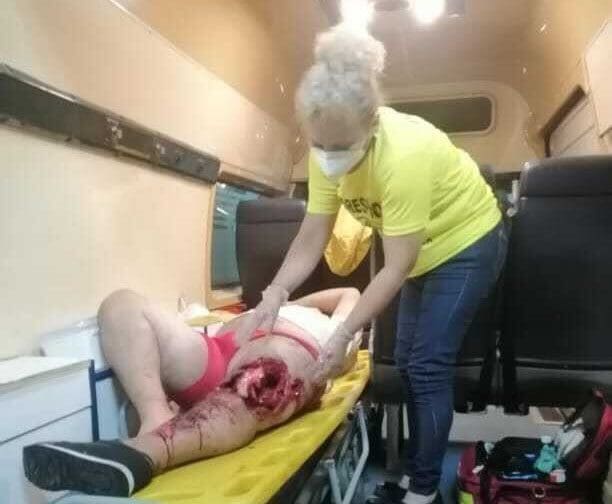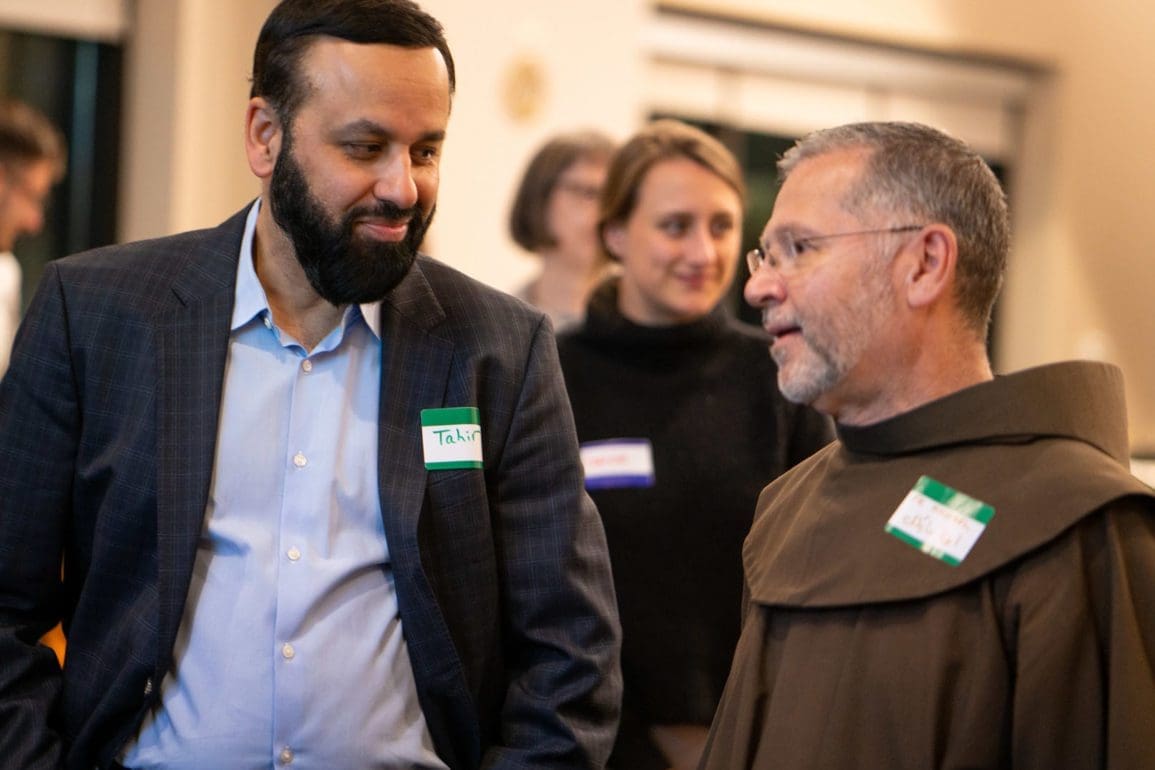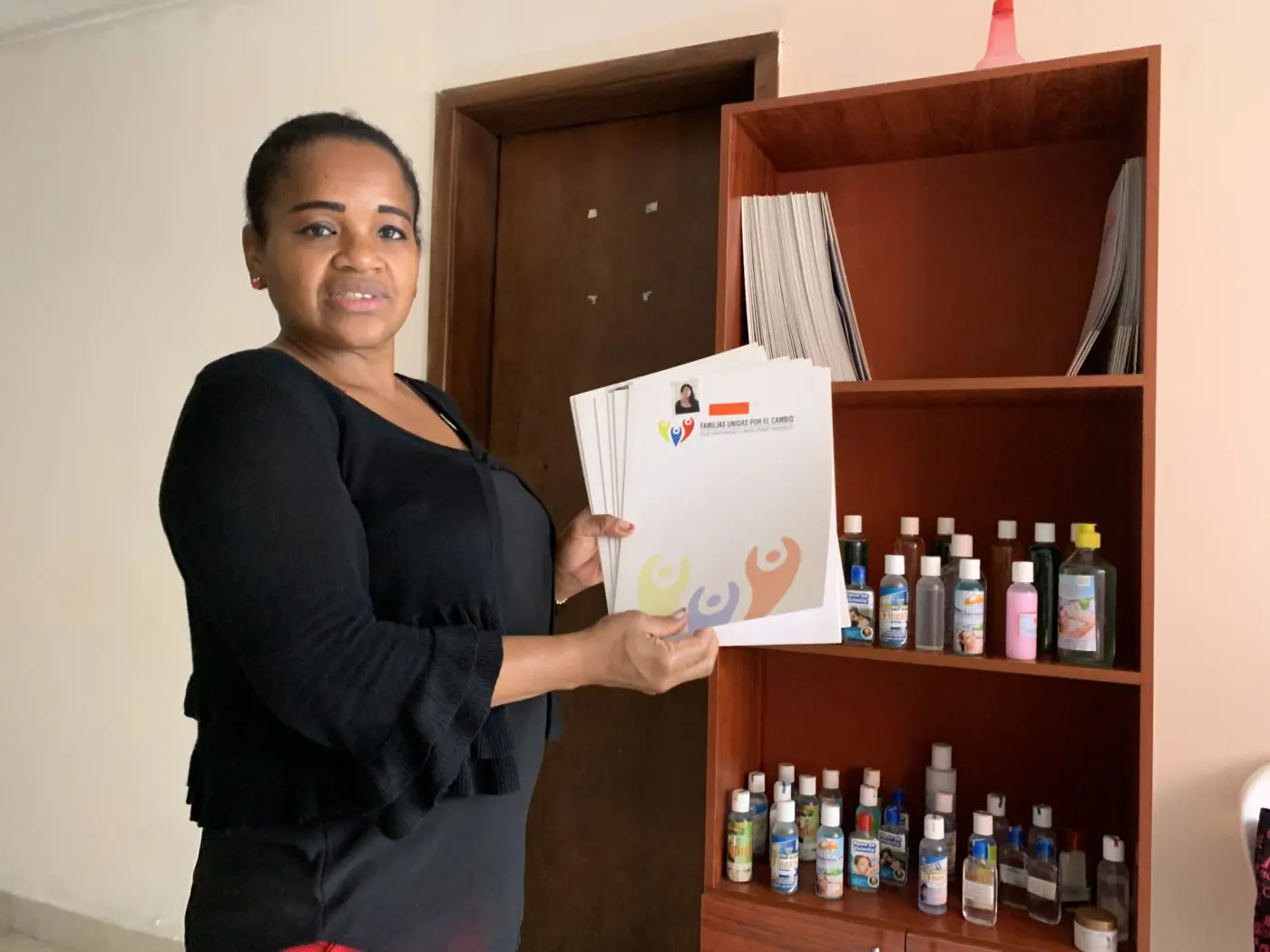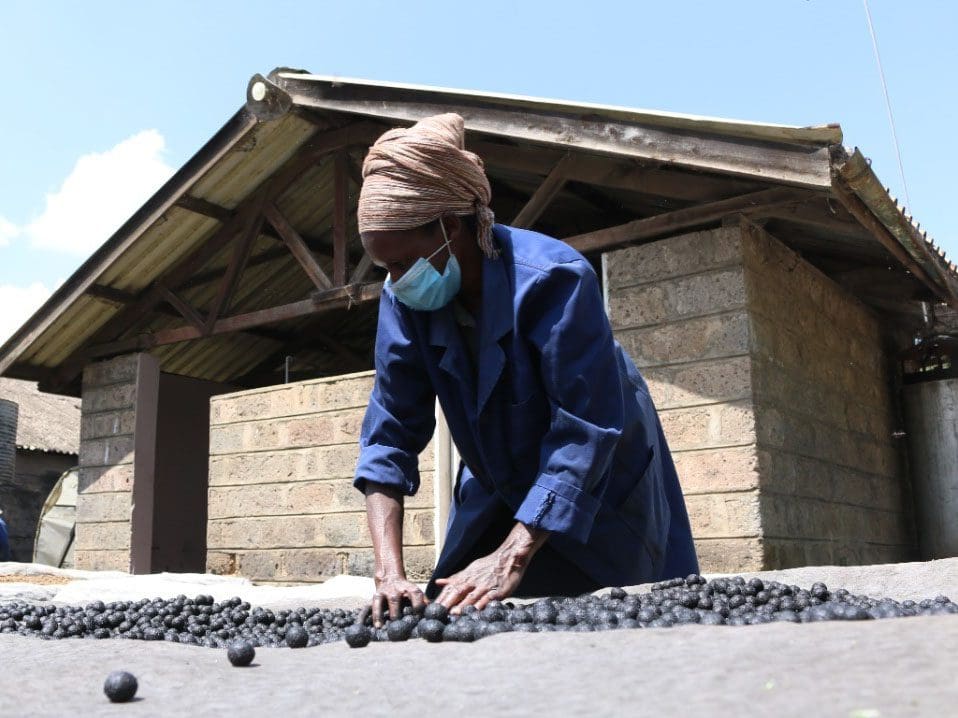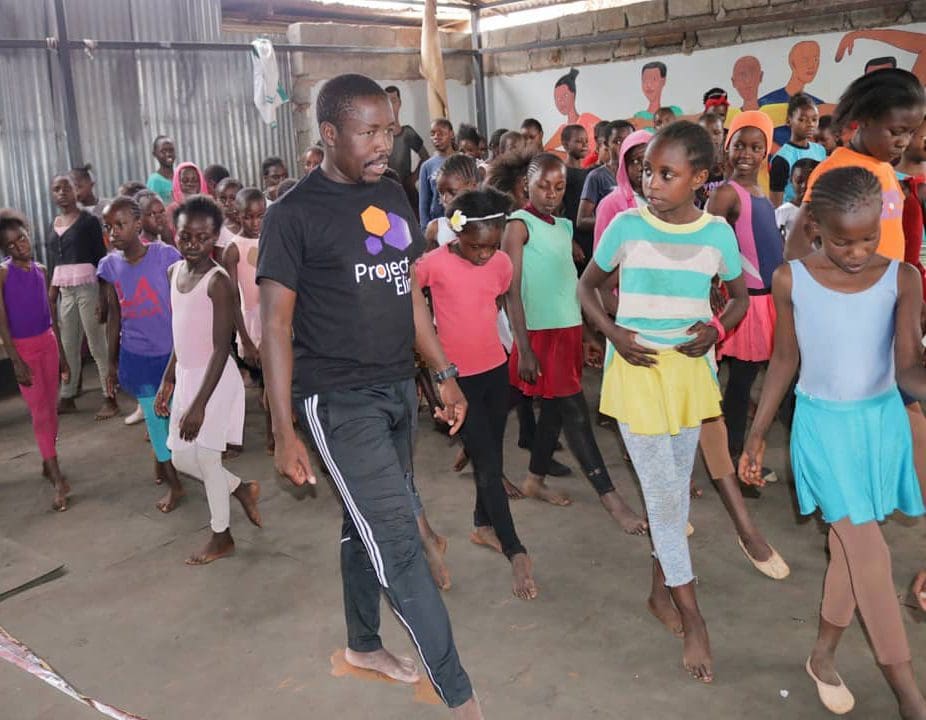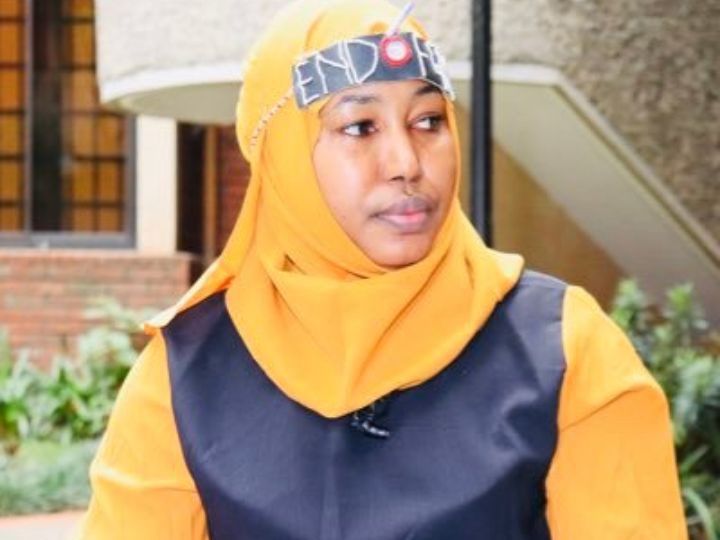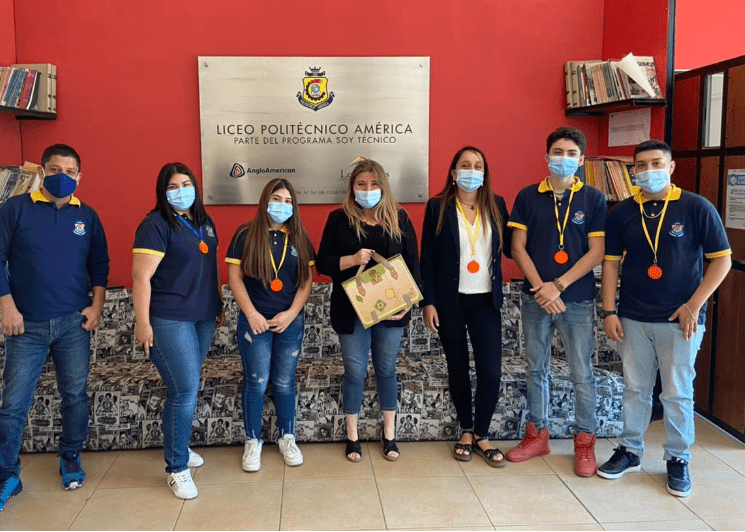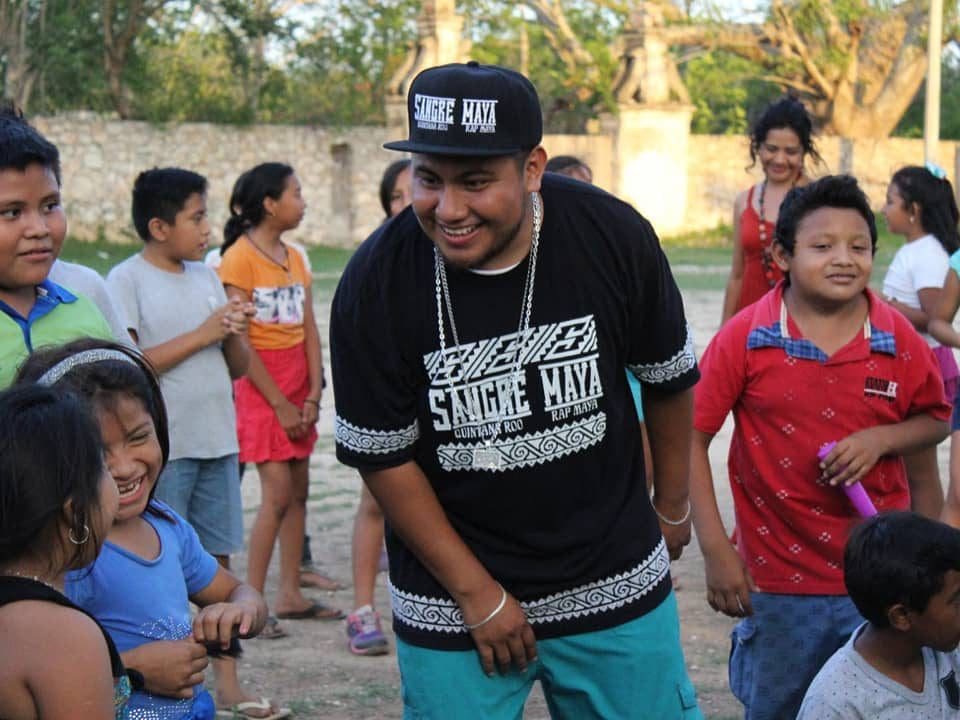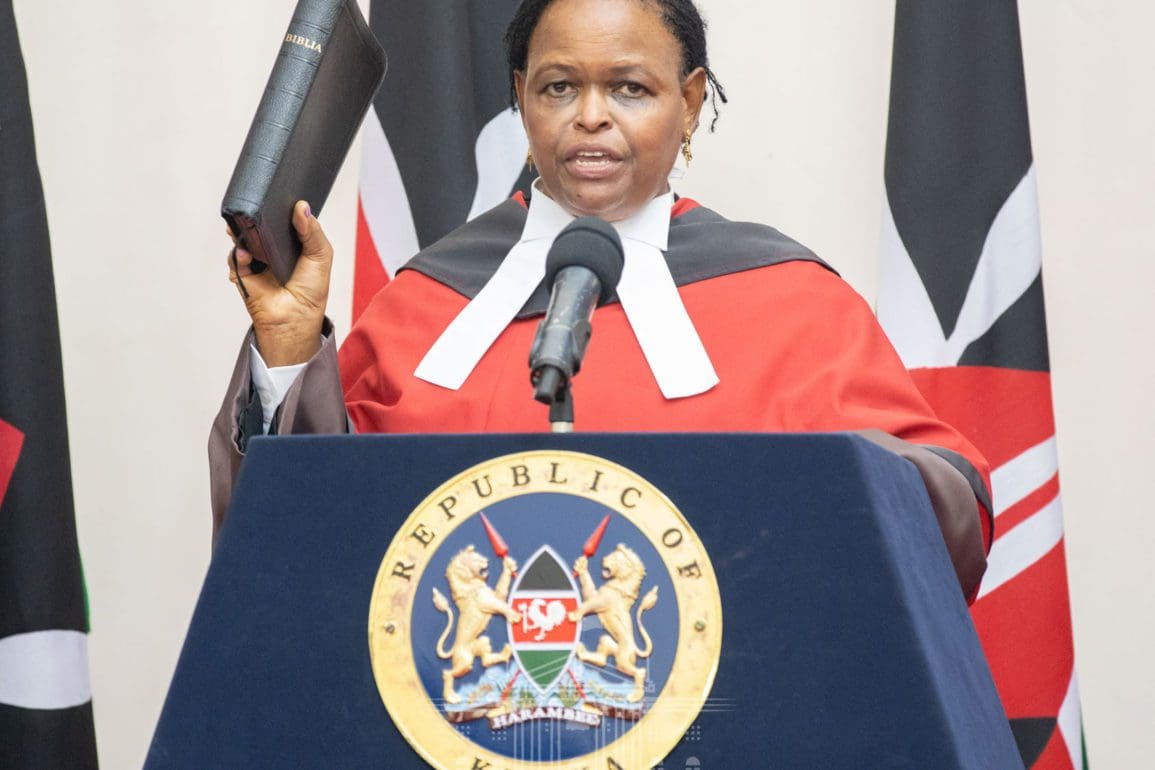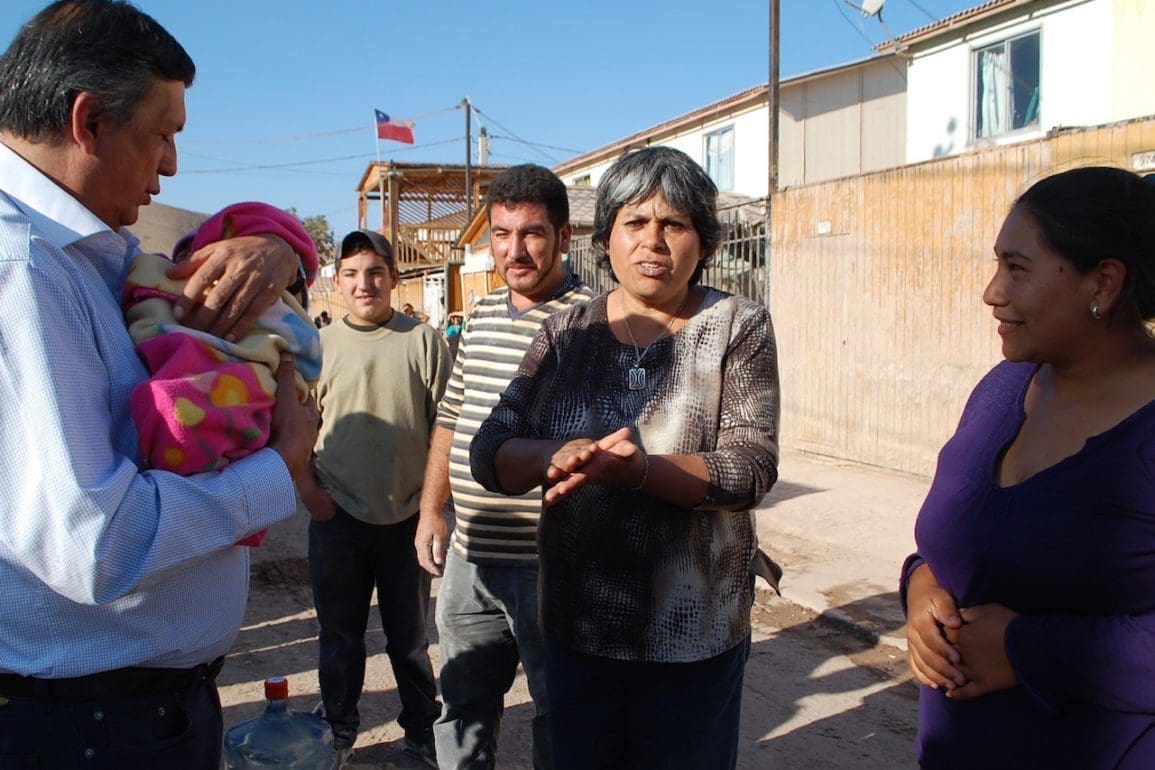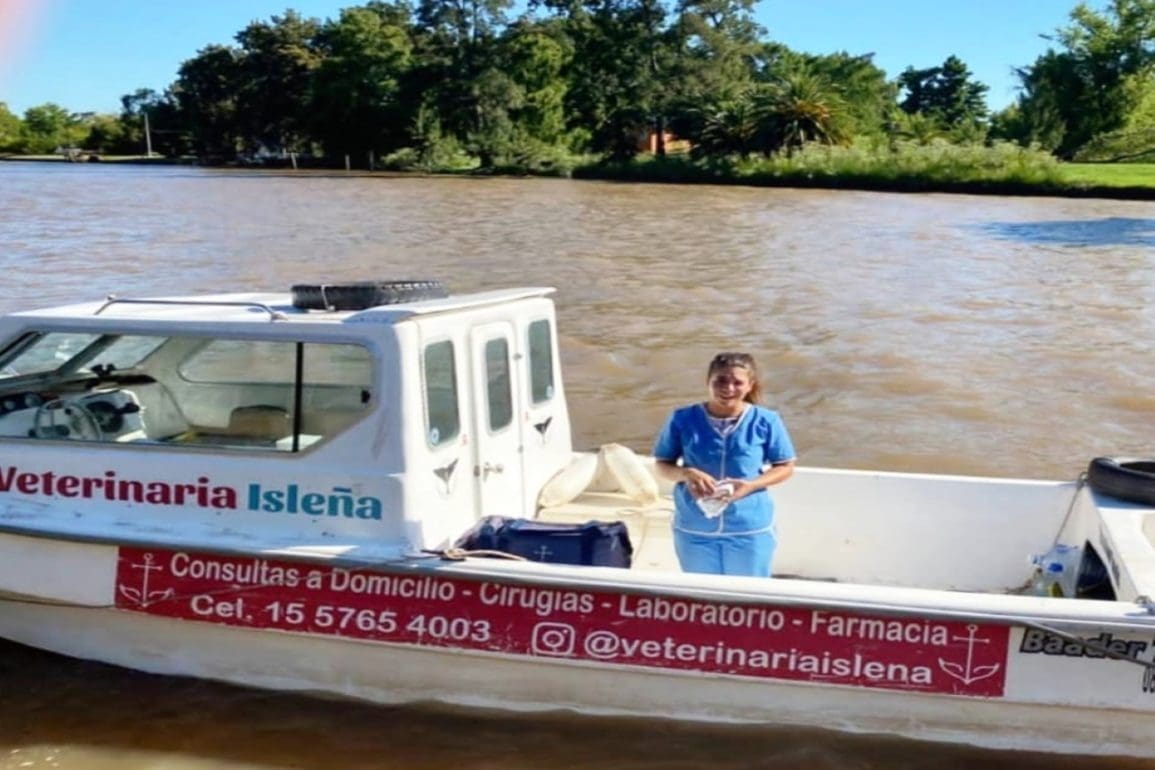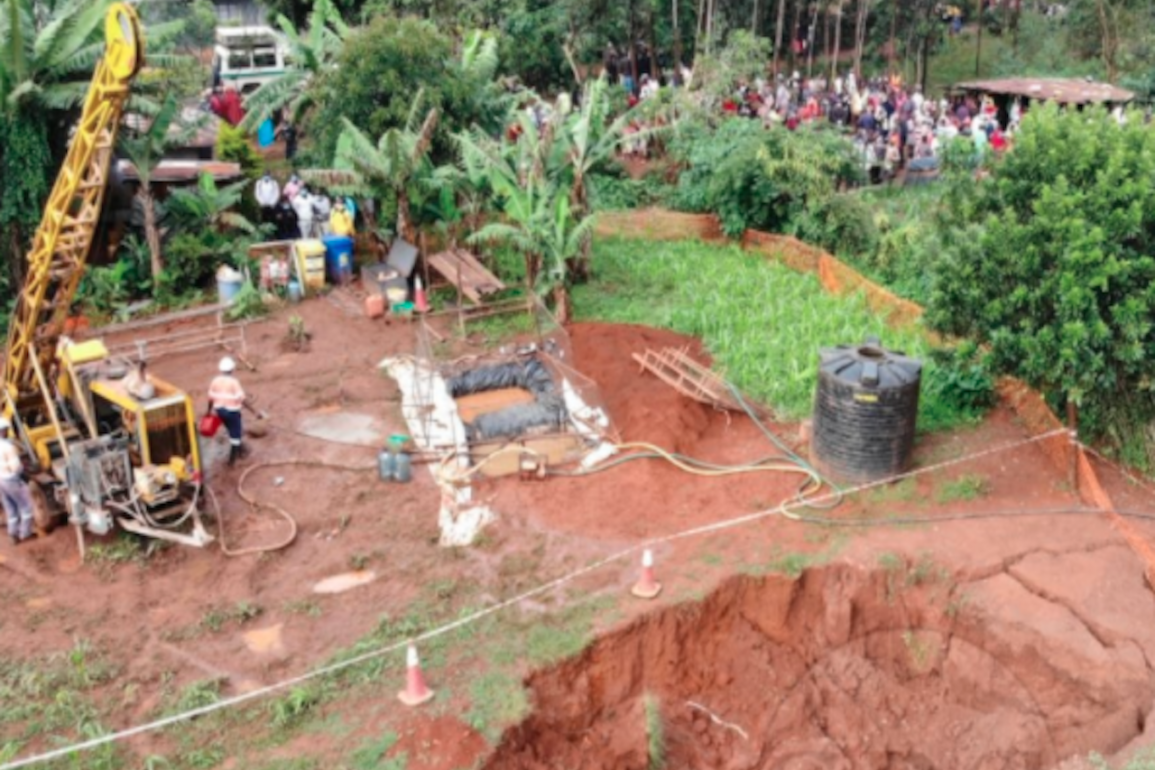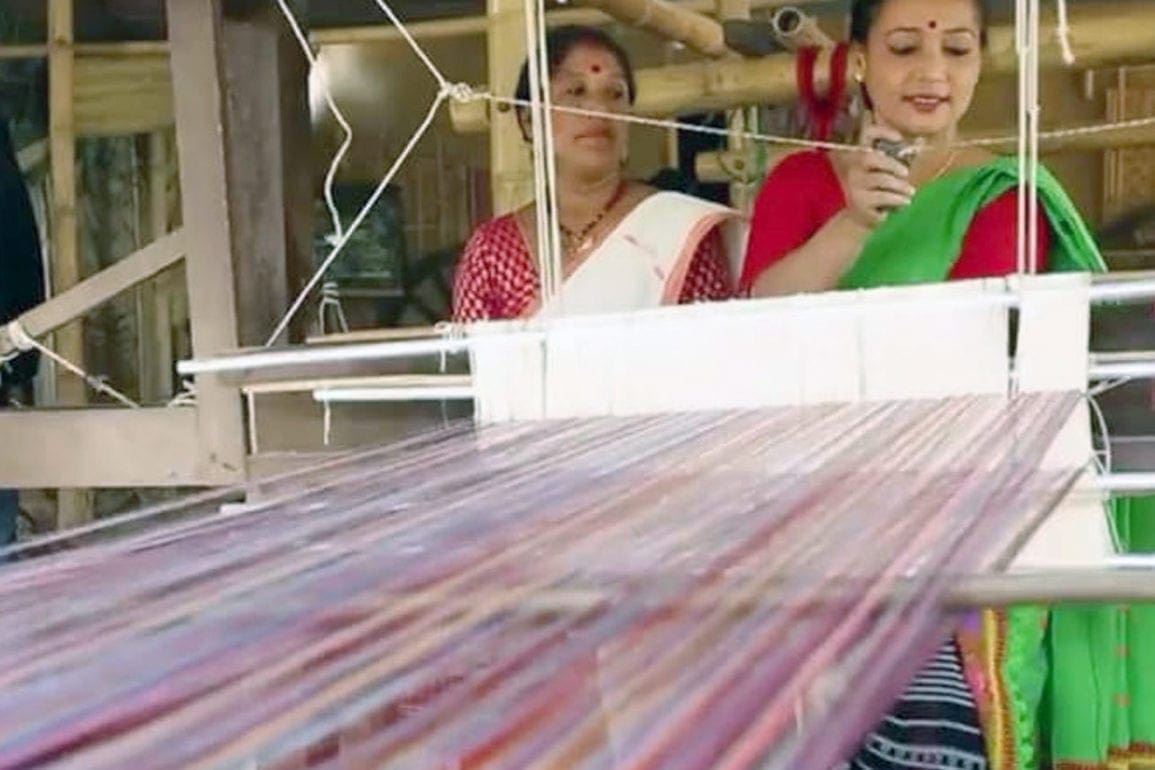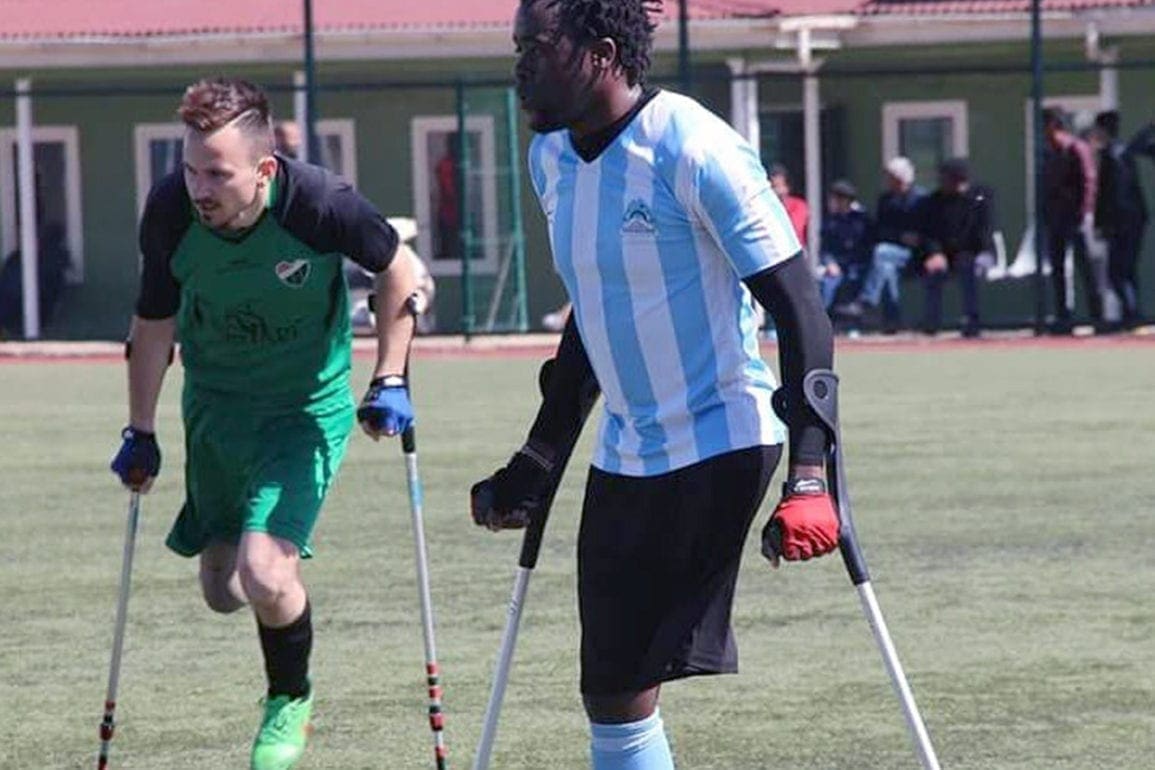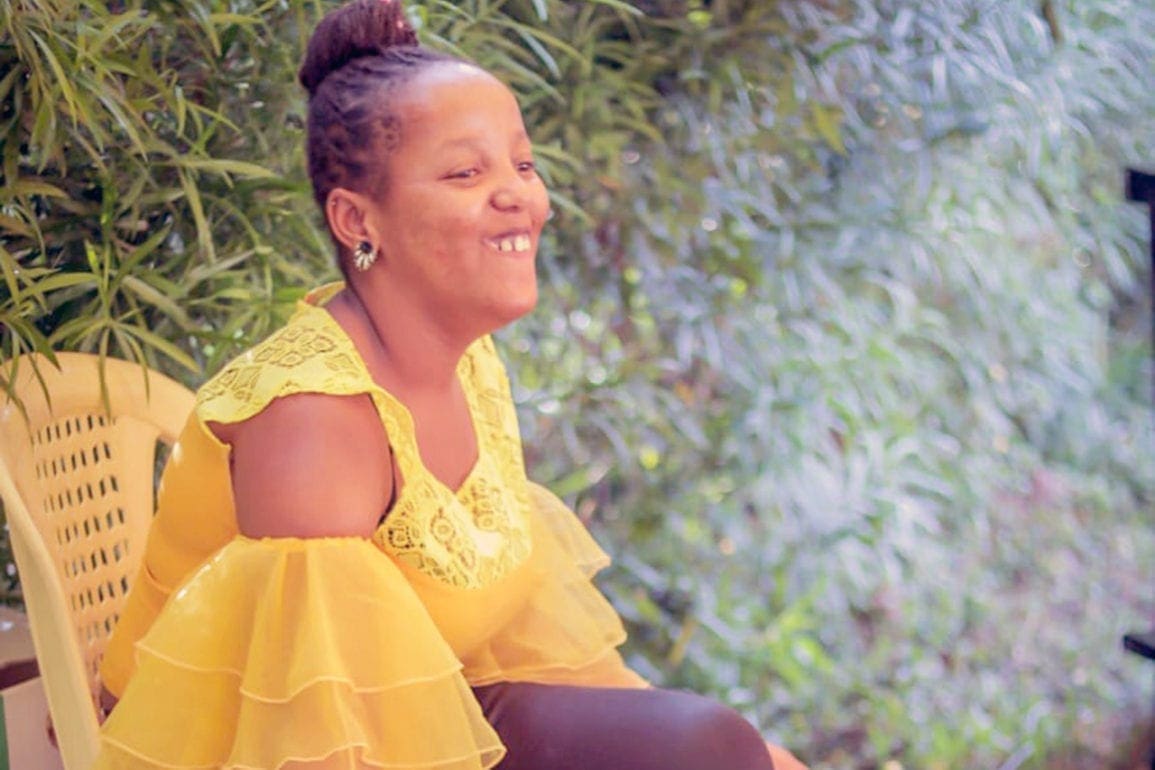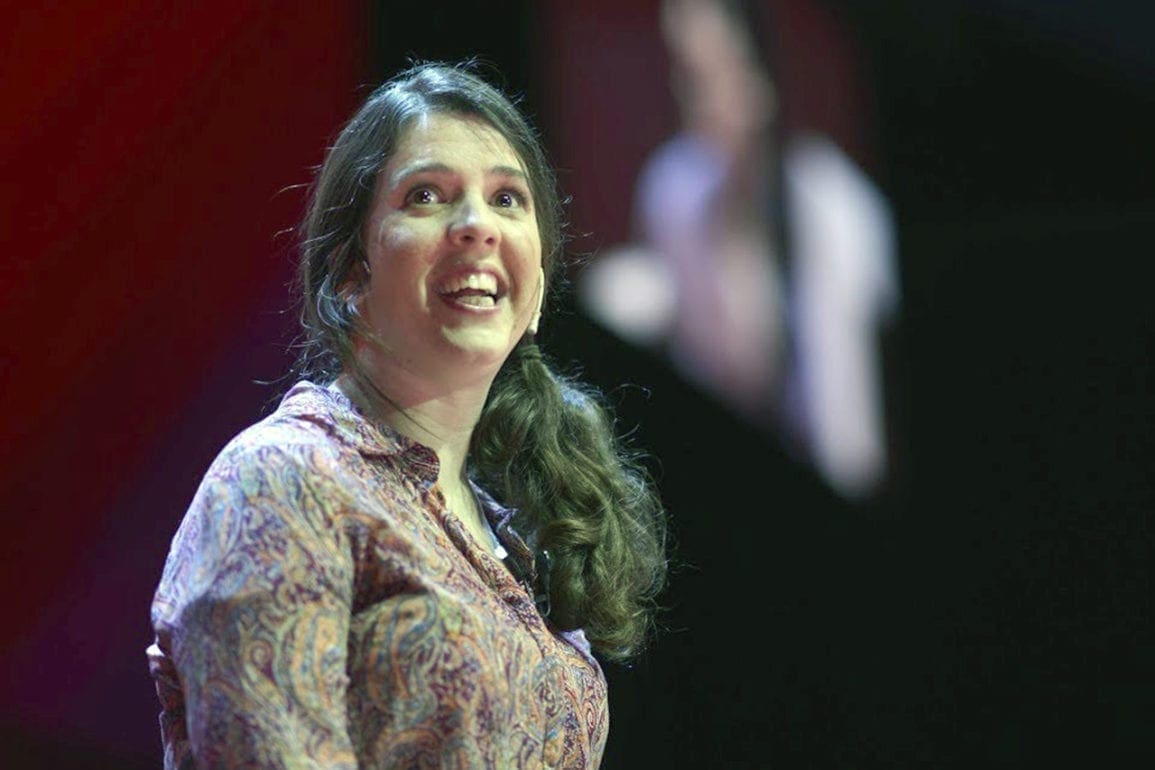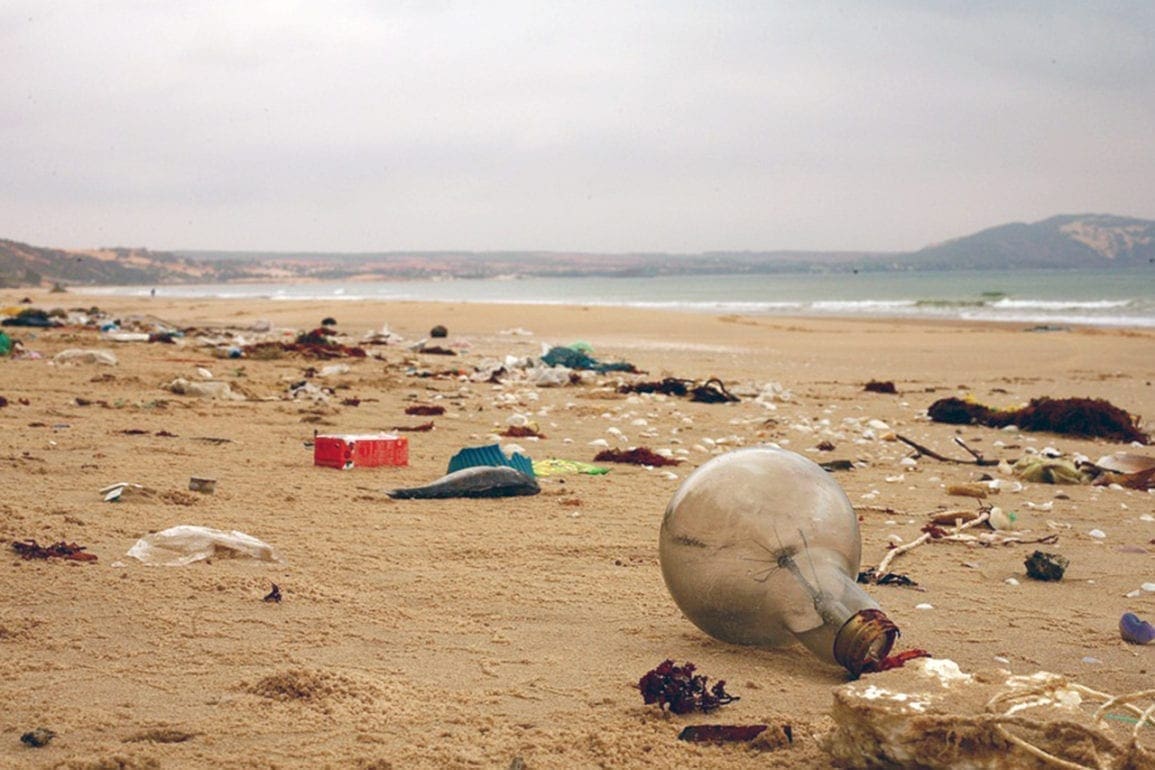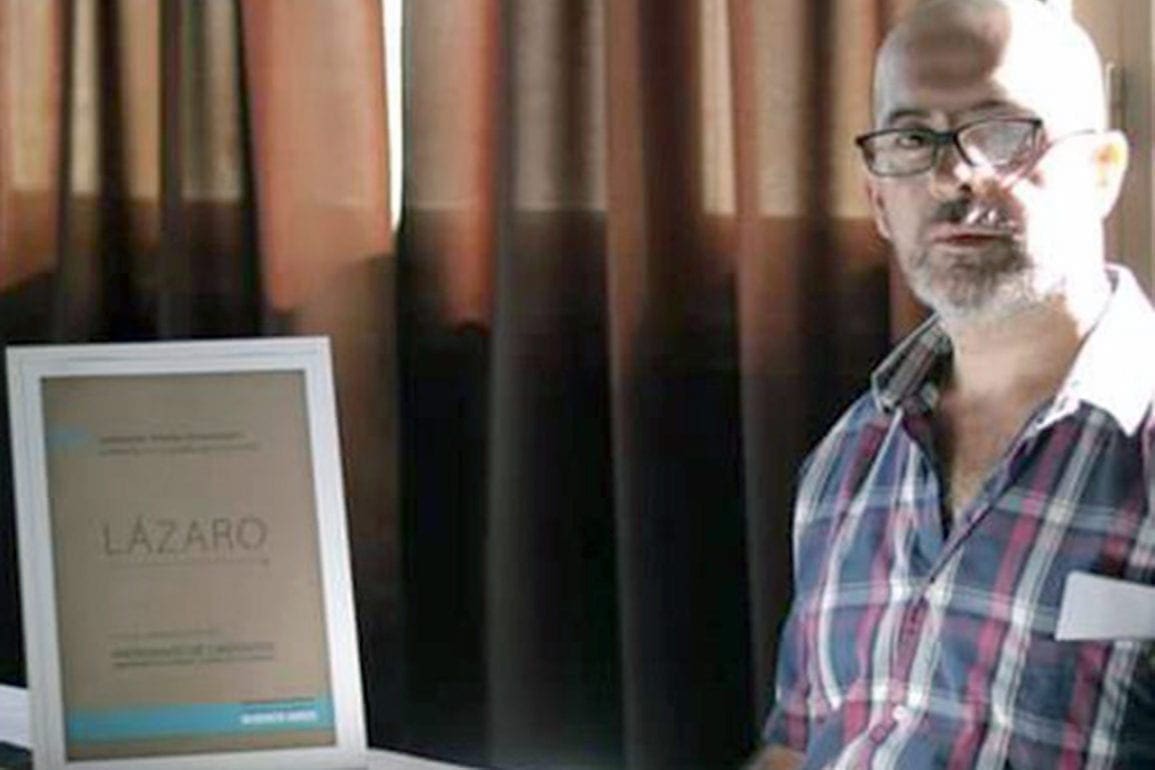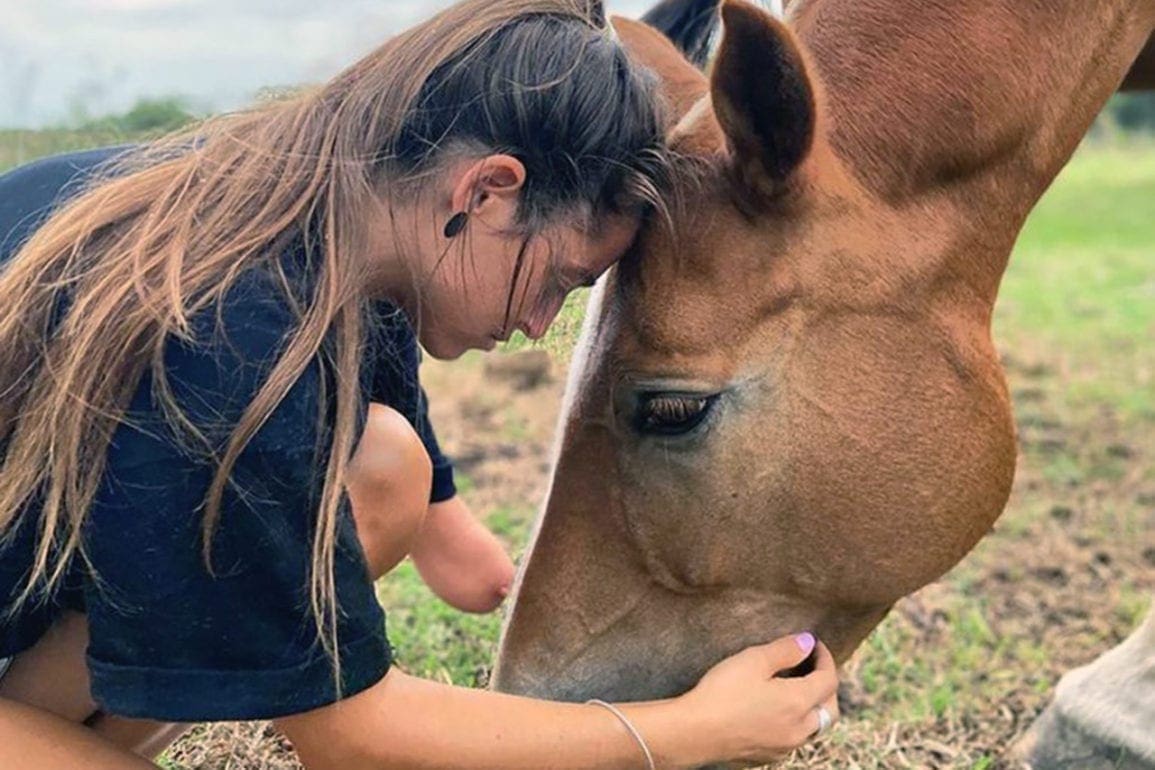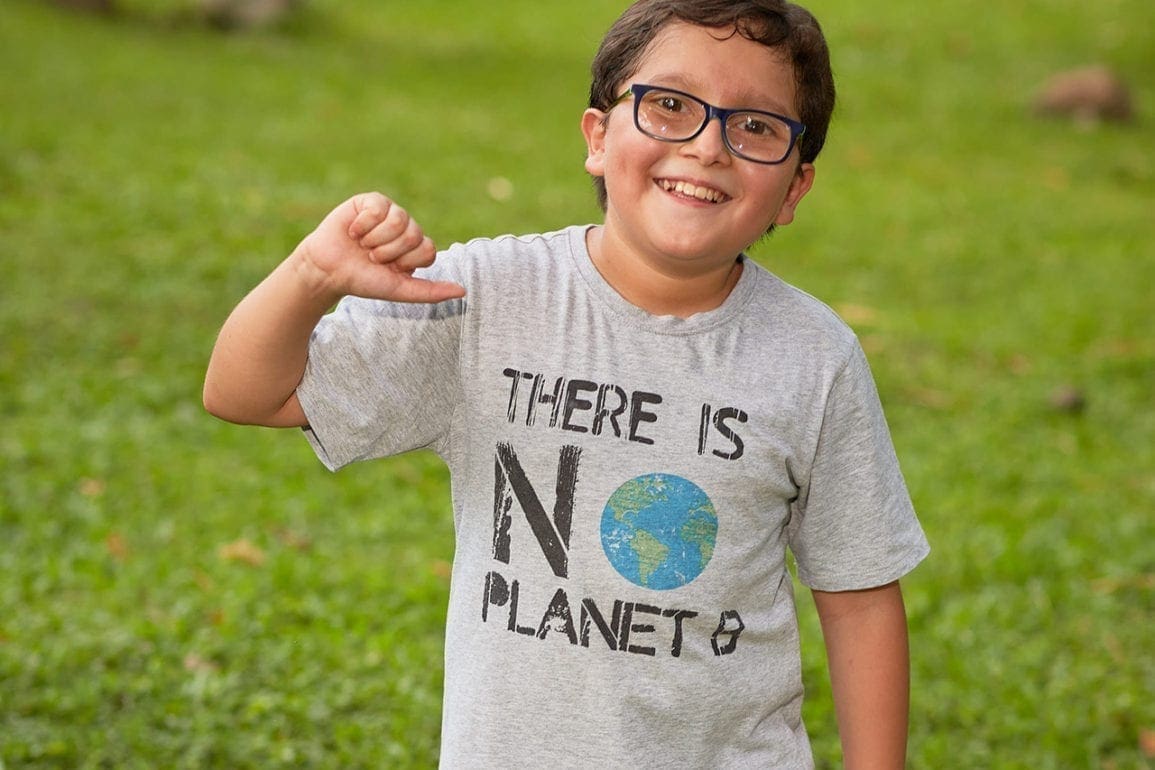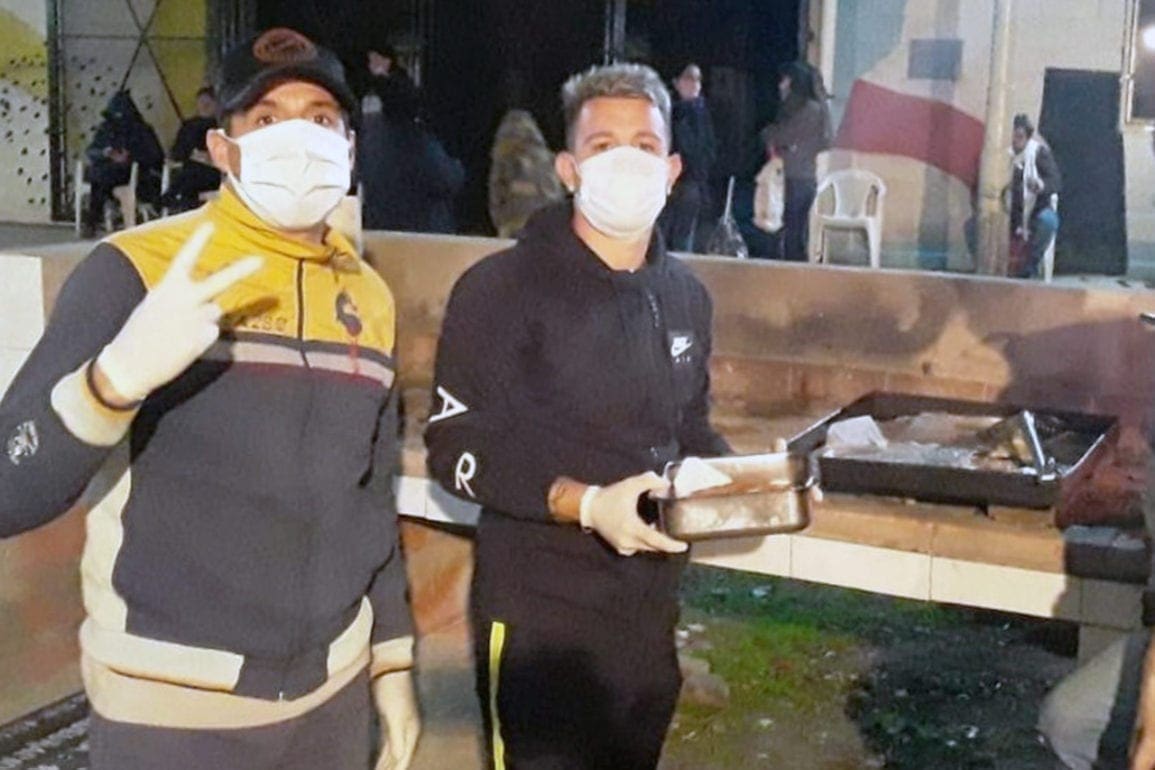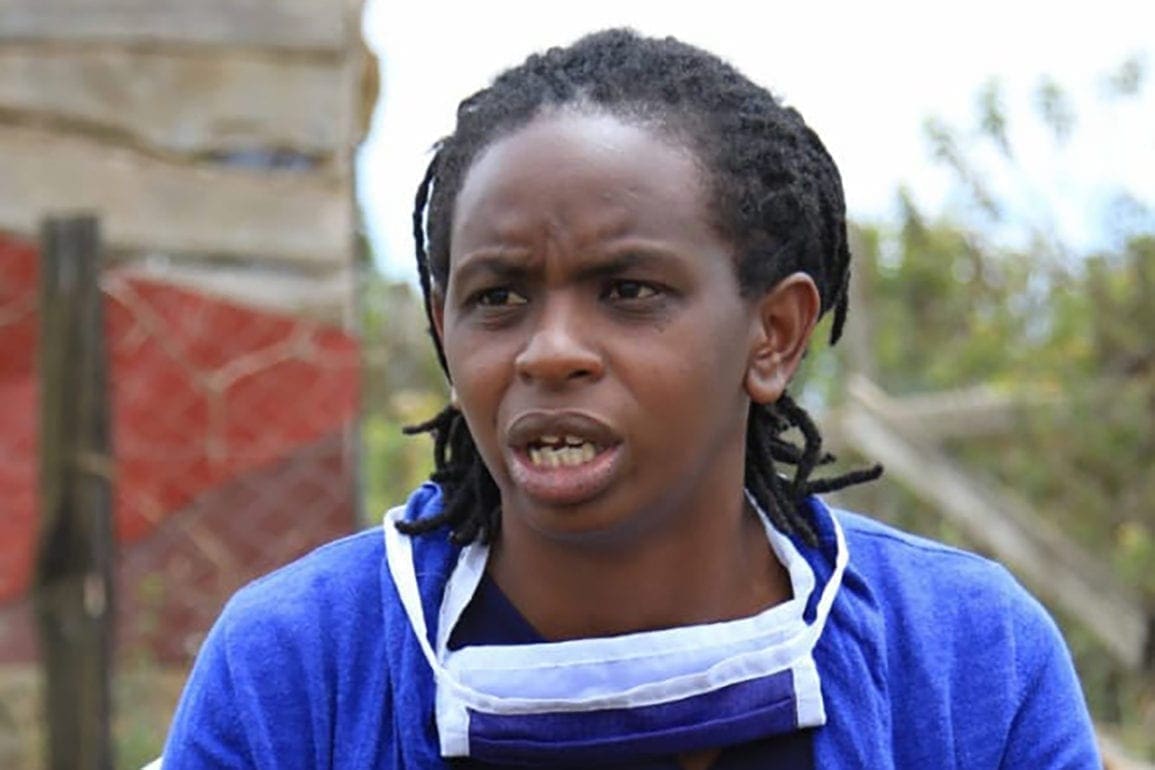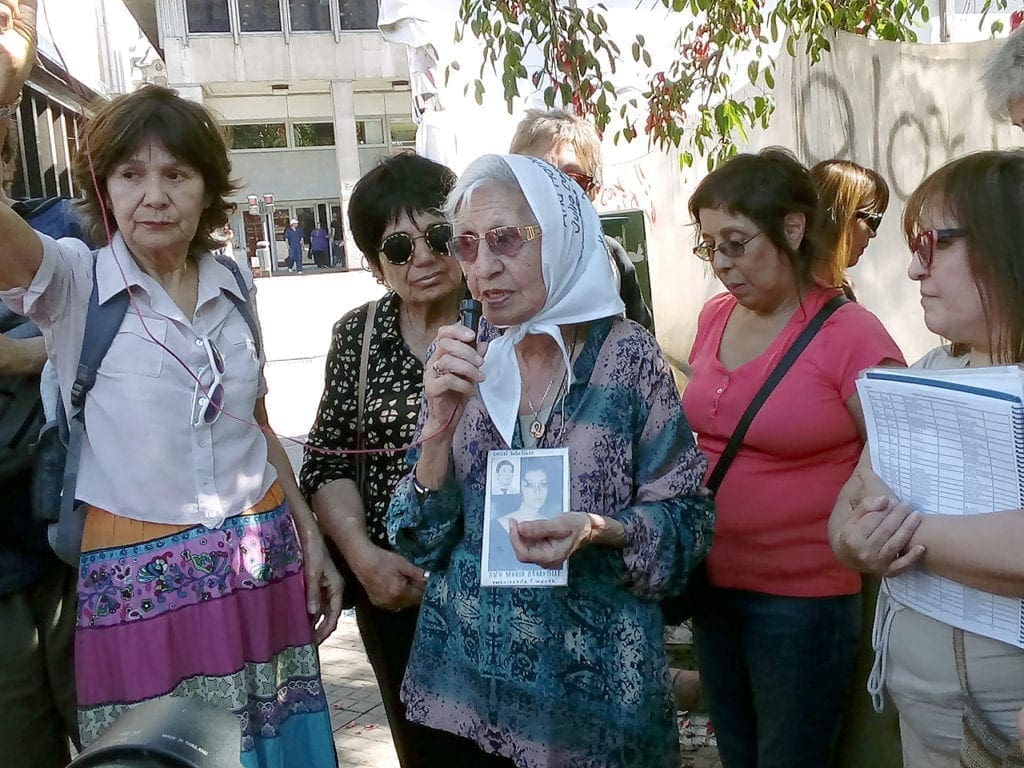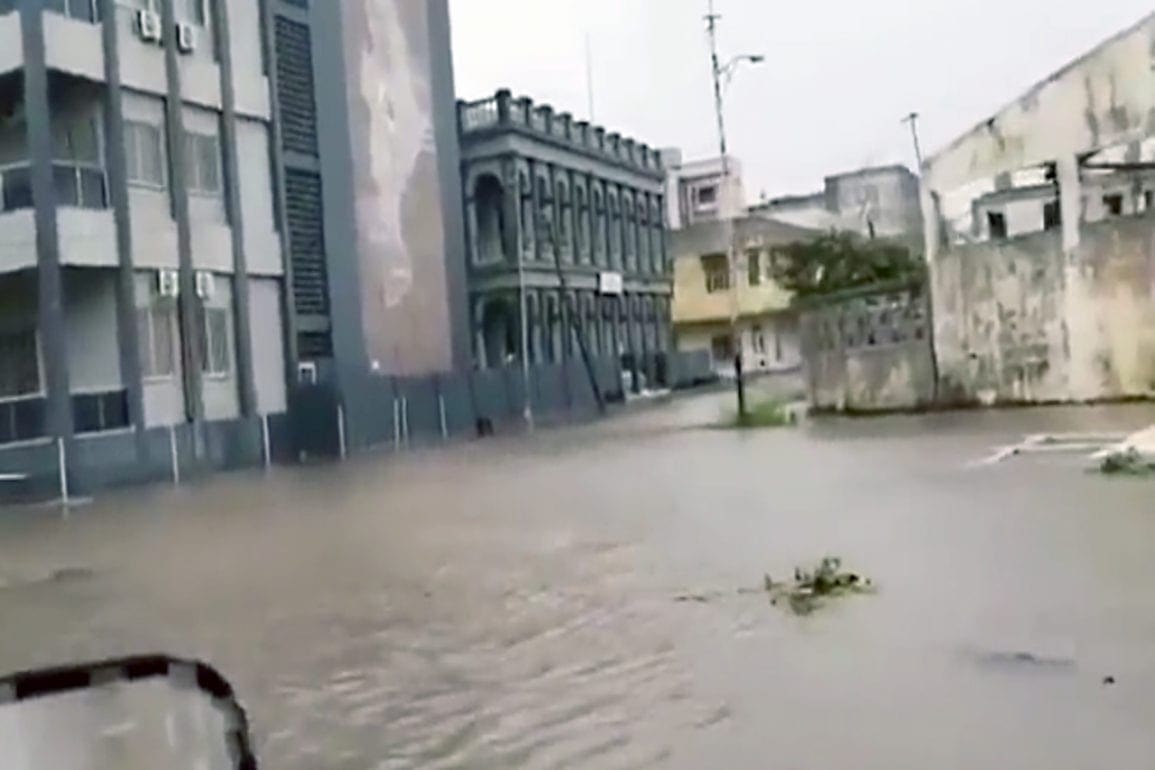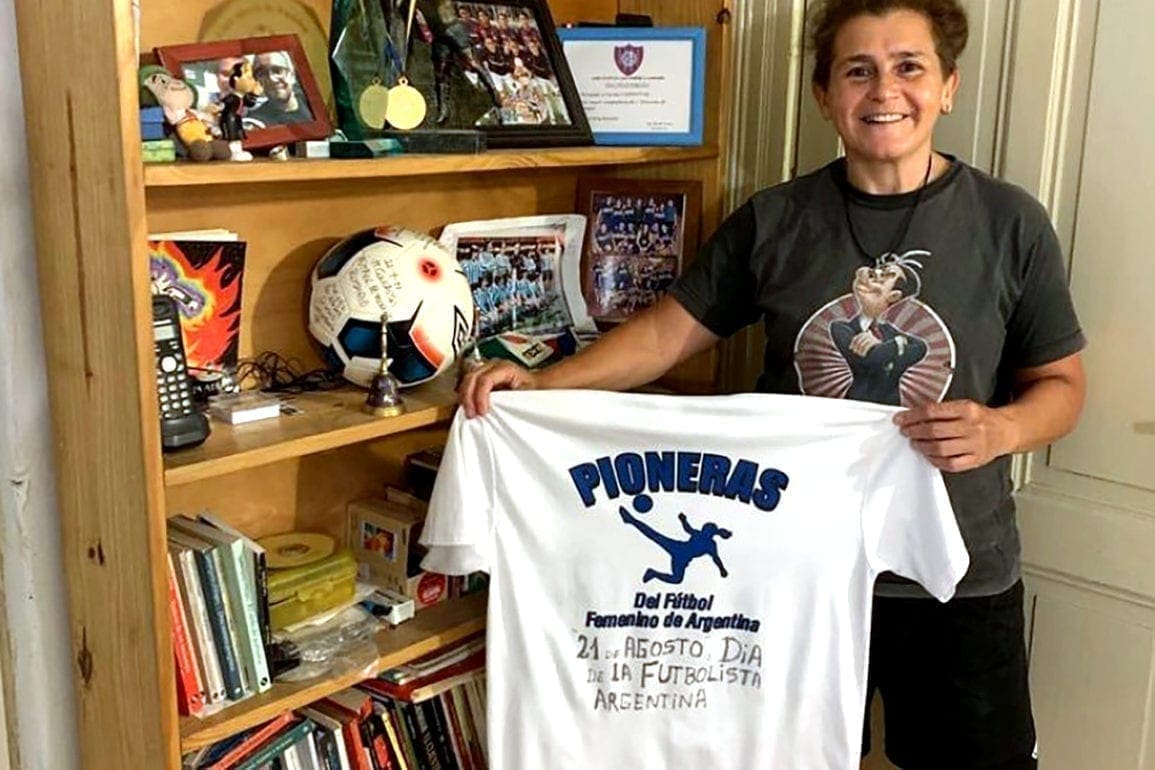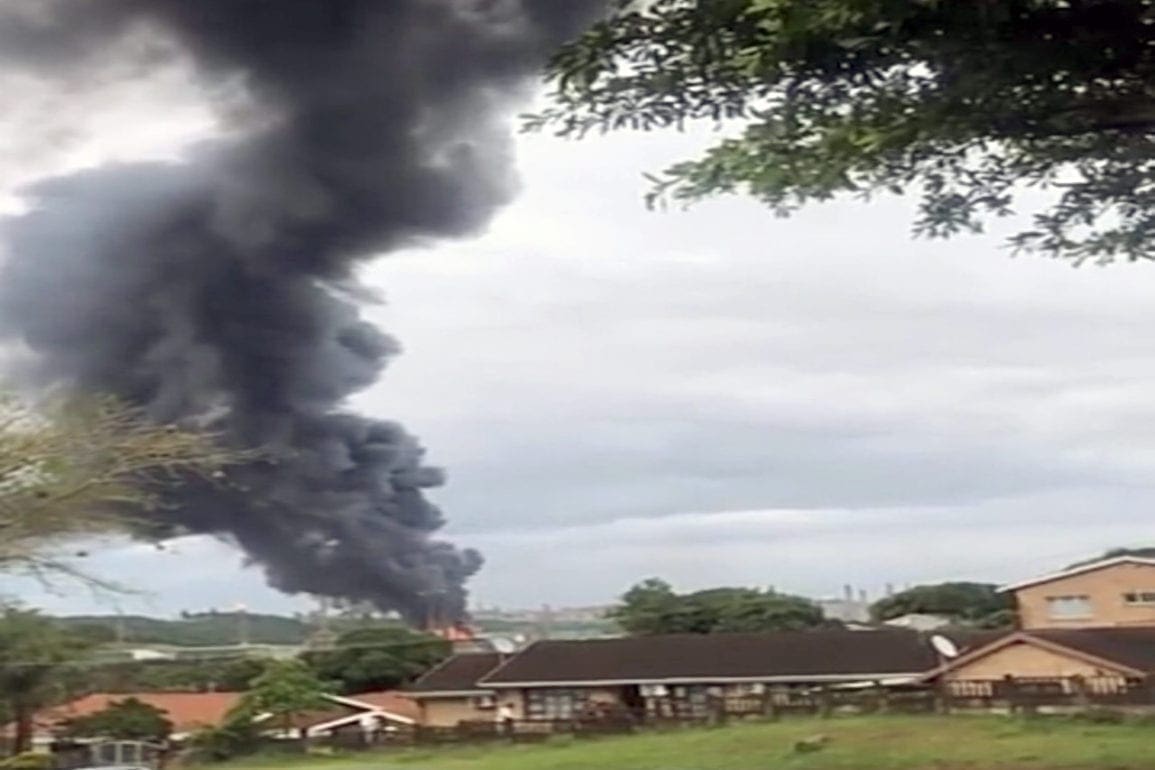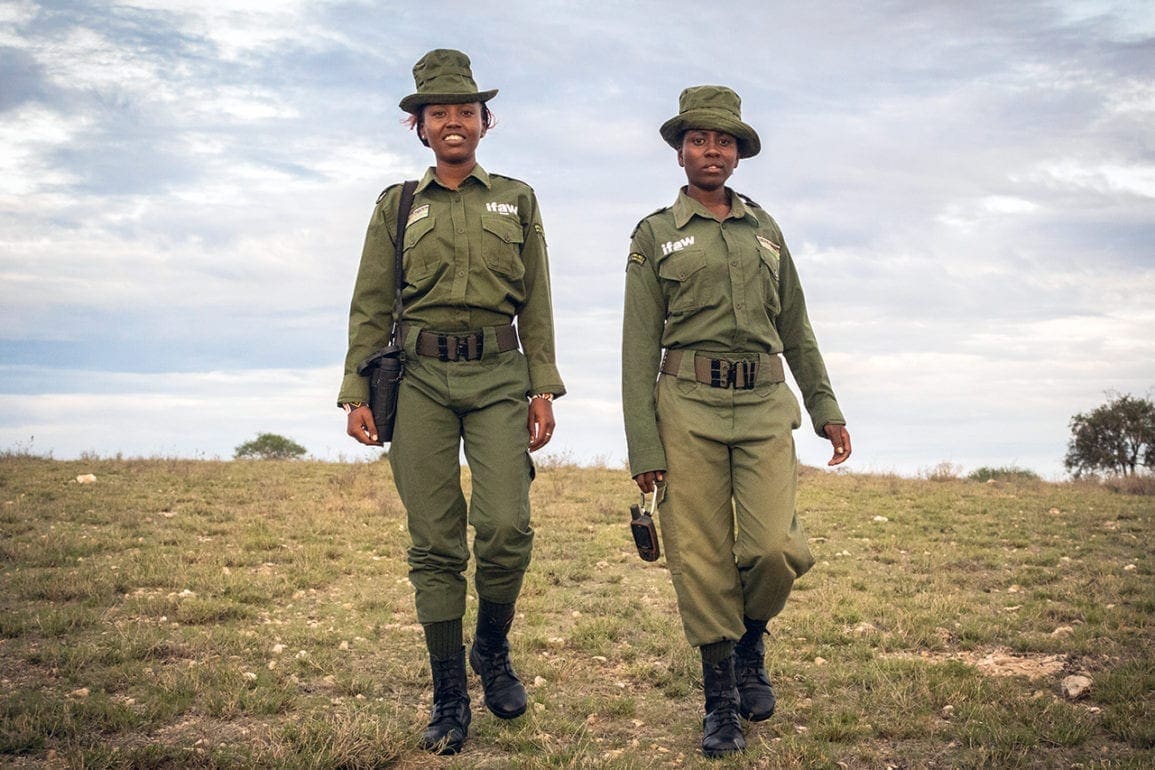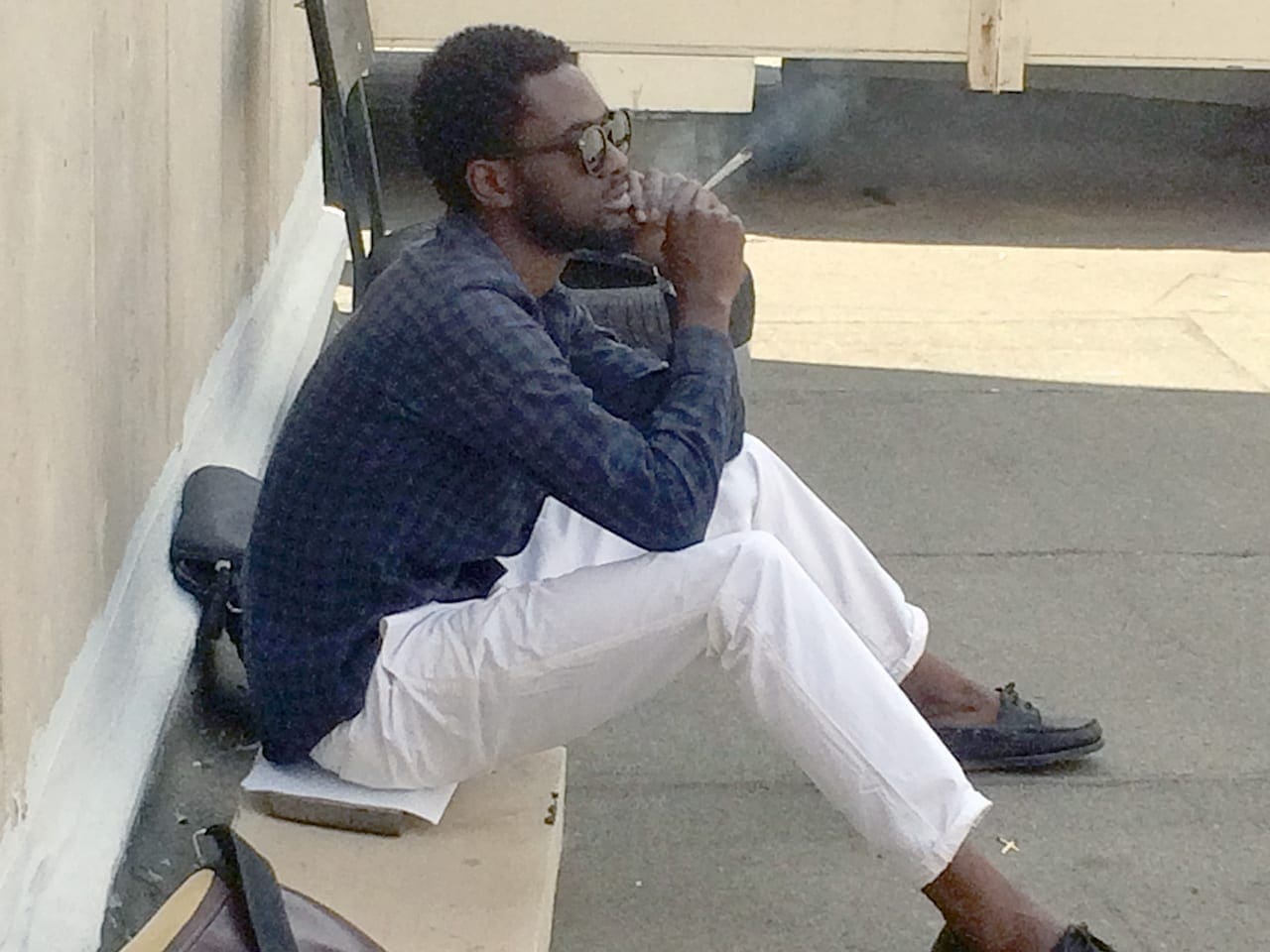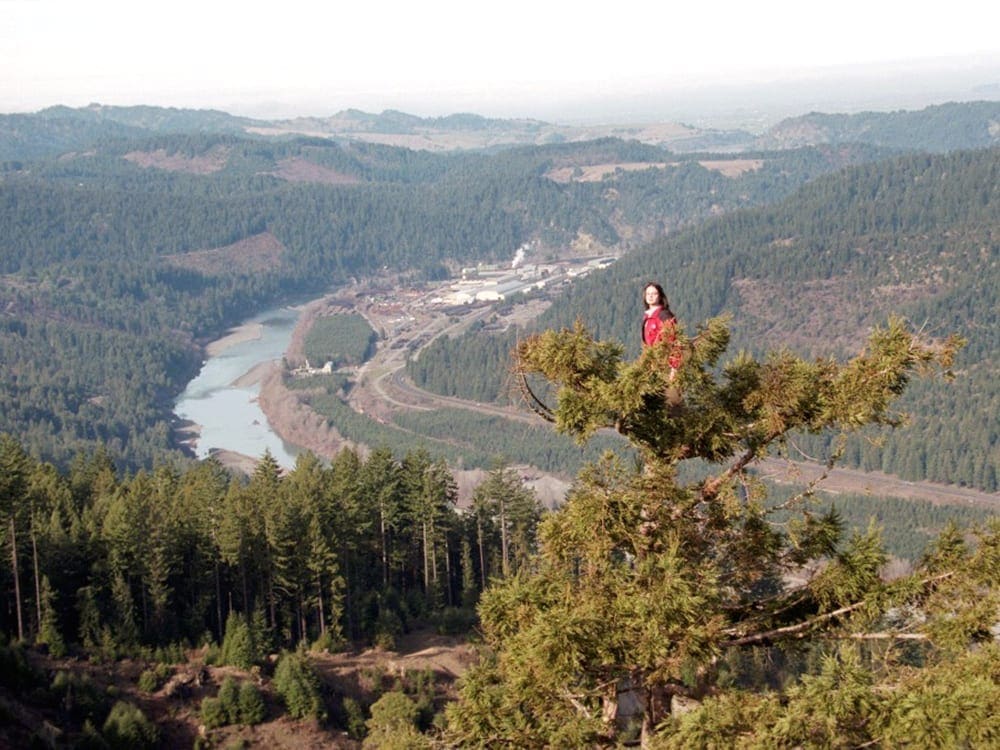Nonprofit in Ecuador gives women new homes: “Her face lit up at the prospect of having a house, and tears streamed down her cheeks.”
Flooded areas and people queuing up for sustenance illustrated the harsh aftermath of the earthquake. In urban and rural areas alike, thousands of families faced homelessness, enduring the unforgiving conditions of rain, cold, insects, and epidemics.
- 6 months ago
January 31, 2024
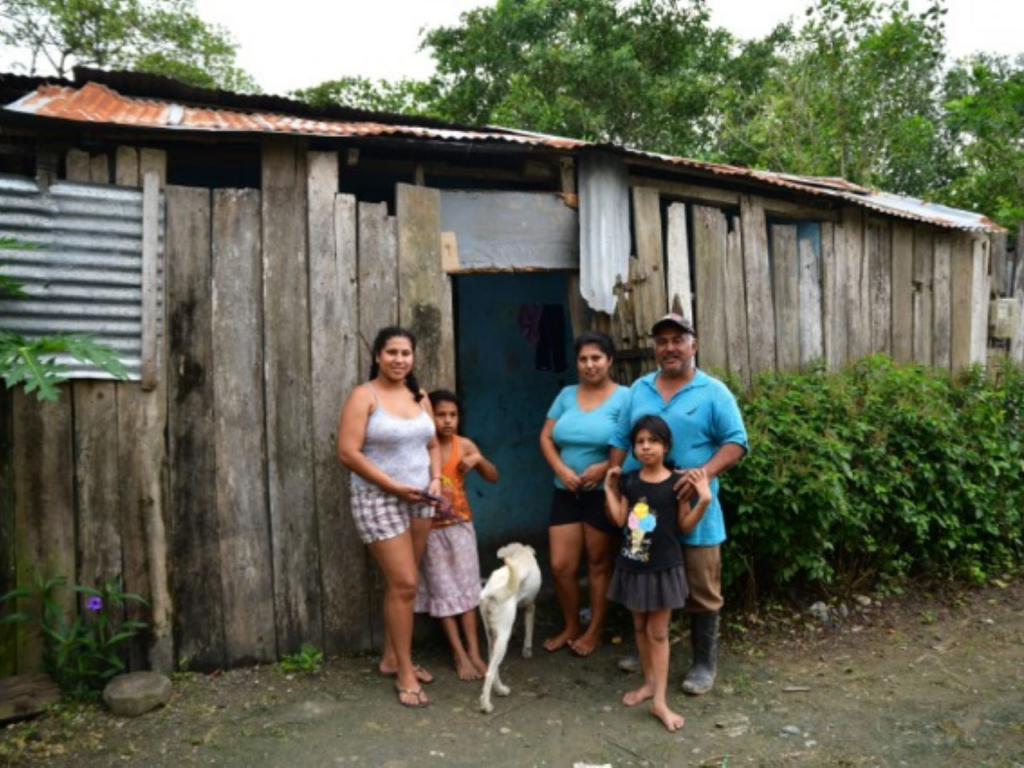
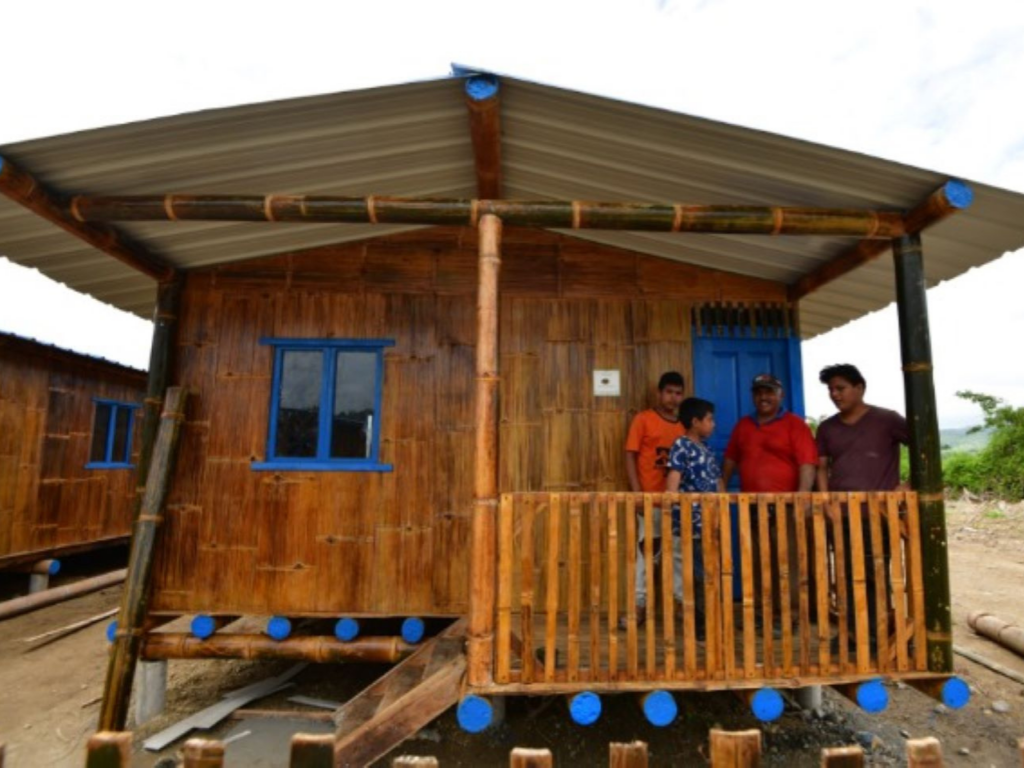
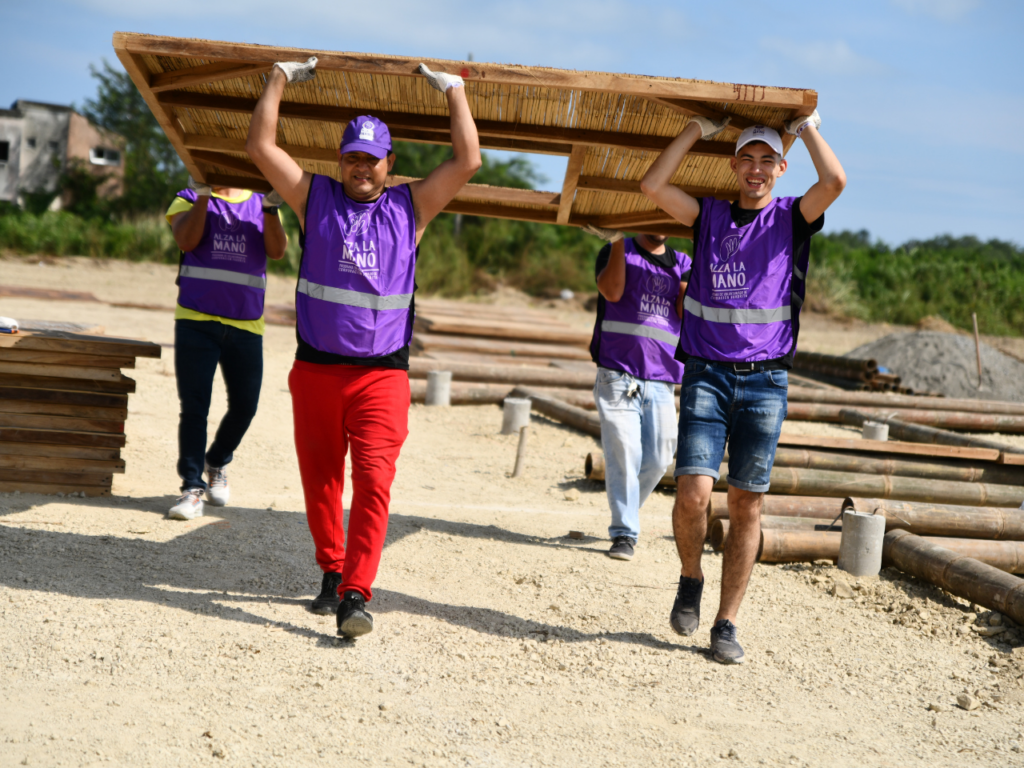

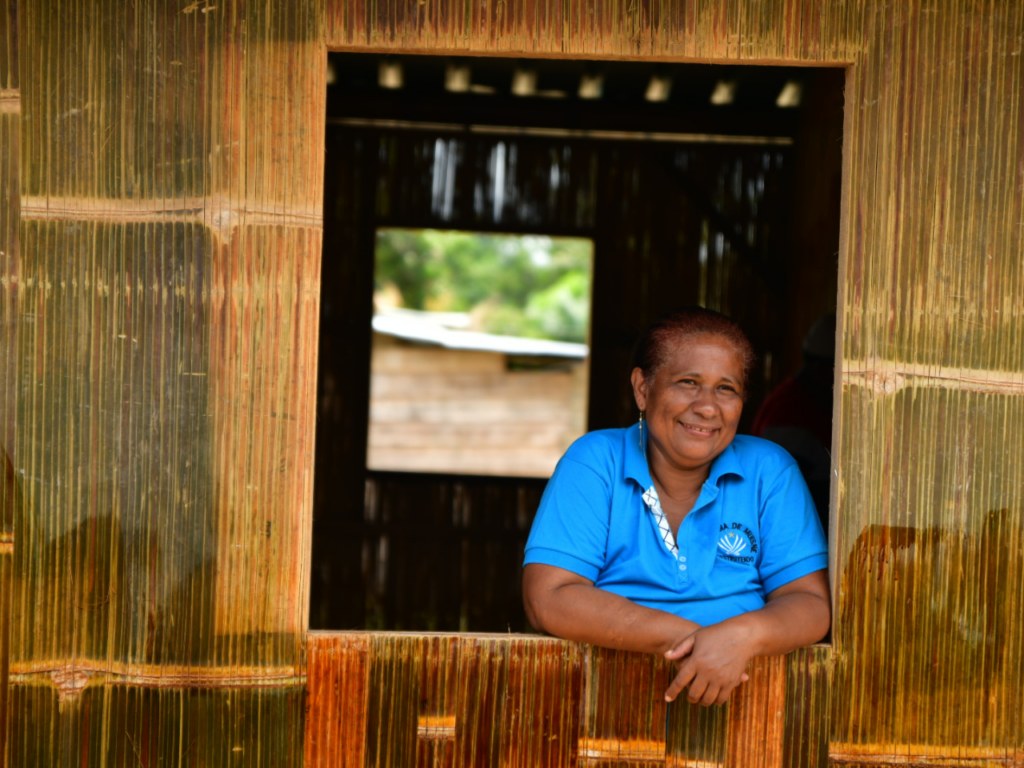
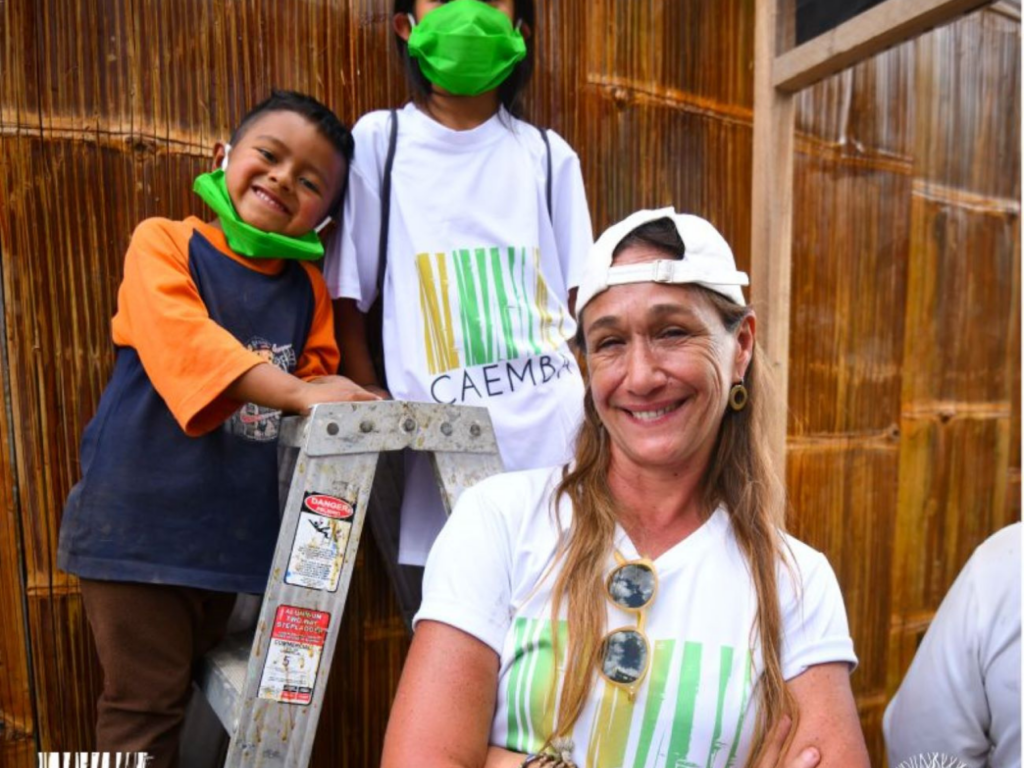
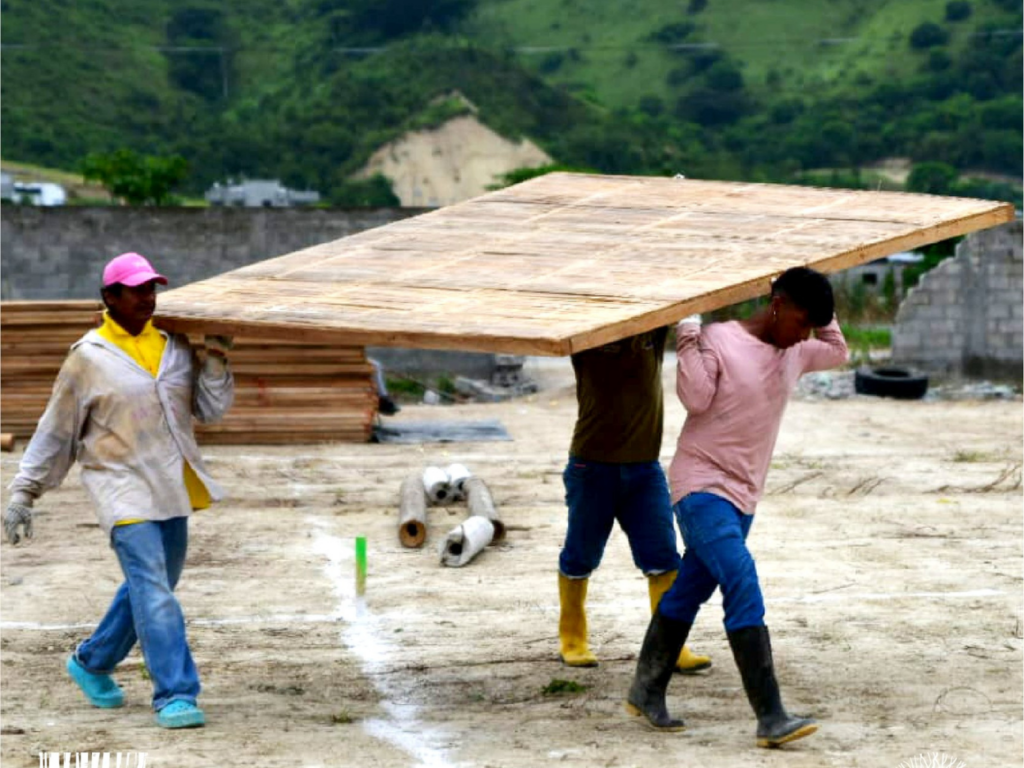

QUITO, Ecuador — Eight years ago, a seismic event redefined my purpose in life. Amidst the devastation of the earthquake in Ecuado, I saw a city and its people grappling with homelessness and despair. Fueled by a sense of privilege and moral obligation, my husband and I initiated CAEMBA (Emerging Bamboo Houses) to provide homes to vulnerable women.
Over the years, we expanded our focus to schools and empowerment centers. Witnessing the transformative impact CAEMBA had on the lives of women solidified our resolve, leading to the creation of the Center for Community and Women’s Entrepreneurship. This endeavor equips women with skills for financial independence, transcending the aftermath of the earthquake.
Over eight years, our project has embodied unconditional love by constructing homes, schools, and centers. Despite limited resources and skepticism, each house we built became a symbol of resilience and shared dreams.
Discover more stories on education at Orato World Media.
Building Hope: CAEMBA’s mission to provide homes and empowerment
At 18 years old, I graduated from the American School of Quito. That marked the beginning of a two-decade journey of my life in the tourism industry. Over that time, I became intimately familiar with Ecuador’s diverse landscape.
Around eight years ago, a seismic event became a pivotal moment in my life, ushering in a tragic chapter that imprinted indelible images of devastation in my memory. The impact was clear as I watched unhoused people sifting through rubble in tearful desperation on every street corner. This scene urged me to take action.
Flooded areas and people queuing up for sustenance illustrated the harsh aftermath of the earthquake. In urban and rural areas alike, thousands of families faced homelessness, enduring the unforgiving conditions of rain, cold, insects, and epidemics. Confronted with apathy, extreme poverty, and despair on an unprecedented scale, I felt an overwhelming sense of privilege and a moral obligation to assist.
Collaborating with my husband, we swiftly mobilized friends and acquaintances to gather donations. During our visits to affected areas, we saw people attempting to construct makeshift shelters, but the structures remained vulnerable to the elements. It became evident we needed a more sustainable solution, and we dreamed about constructing homes for these families.
Guided by this vision, my husband and I gathered the available resources, including using a bamboo plantation in Concordia, Ecuador owned by my father-in-law. We devised a simple yet effective shelter structure that allowed families to regroup and bring the few belongings they had left. This vision materialized into CAEMBA (Emerging Bamboo Houses), a project that I still lead with dedication.
As emergency conditions improved, we transitioned from temporary shelters to more permanent structures. In November 2016, with the support of donations, we established the Raíz Foundation to ensure transparency in fund management. This solidified our commitment to provide sustainable housing solutions for those in need.
Transforming Lives through CAEMBA’s Initiatives
One powerful story has stayed with me for years. A woman lived near the neighborhood we worked in. This woman occupied a tiny, fragile home, about a square meter in size, made from sheets and bits of old wood, cardboard, and plastic. Every time I walked passed the shelter, I saw her huddled inside. Often, she wore torn and dirty clothing.
One day, while parked in front of her home, she approached my car window and knocked forcefully. Startled, I turned to see her standing there. Her features seemed to be illuminated by the look in her eyes. I lowered the car window, and she asked: “Why do you always stare at my house but never talk to me?” I felt surprised and apologized, explaining that I watched her because I wanted to provide her with a home.
Her face lit up at the prospect of having a house, and tears streamed down her cheeks. Taking my hands, she expressed gratitude while we cried together. In the following days, she revealed her struggle with addiction. In tears, she shared her fears of fading away in those living conditions. The new house revitalized her and facilitated her recovery, transforming her appearance, demeanor, and outlook on life—a profound impact that will stay with me forever.
Recognizing her and others’ needs, the project transcended the earthquake’s aftermath. We began focusing on constructing homes, schools, and empowerment centers for vulnerable women. Despite financial challenges, each CAEMBA house, which costs a mere $4,700, aims to empower people, especially single mothers.
Additionally, at the Center for Community and Women’s Entrepreneurship, we offer courses in tailoring, cosmetology, and more. The center equips women, often primary caregivers, with skills for financial independence.
My journey of building homes and fostering dreams is a continuous cycle
Inspired by the personal growth seen in the people we serve; our goal is to replicate our impact in more neighborhoods. We have established two entrepreneurship centers in Manabí and Atacames. Altogether they have 57 women studying sewing, aesthetics, baking, pastry making, and cooking.
In Atacames, 20 women embarked on a transformative journey, forming a cooperative supported by UNHCR. The inauguration of our symbolic hair salon marked the beginning of a significant challenge but evoked an excitement akin to a birth.
Witnessing the growth of empowered women became a profound source of inspiration for me. The success of our cooperative led to the replication of women’s houses in various neighborhoods through two entrepreneurship centers.
Over eight years, our project has embodied unconditional love in constructing homes for those who, together, could achieve greatness as a community. Each house we built evoked the feeling of the first delivery, forging a connection with the universe and affirming the right path.
In the context of limited resources and discrimination, our projects symbolize the end of a difficult stage of life and the transformation of dreams into reality. I remember one community singing and dancing with joy for its members. The announcement of providing homes is often met with doubt. However, the hugs we receive become a cathartic release for us.
The reality of the situations we encounter become clear as people express their gratitude. As the sun sets on each stage of the process, it marks both completion and beginnings. Inside some houses, these women adorn front doors with heartwarming posters, conveying their sincere appreciation for the support they received. From crafted cardboard featuring children’s drawings, these expressions acknowledge the sacrifices we all made. They act as a visual testament to the profound joy of helping one another.
All photos courtesy of CAEMBA Team.
